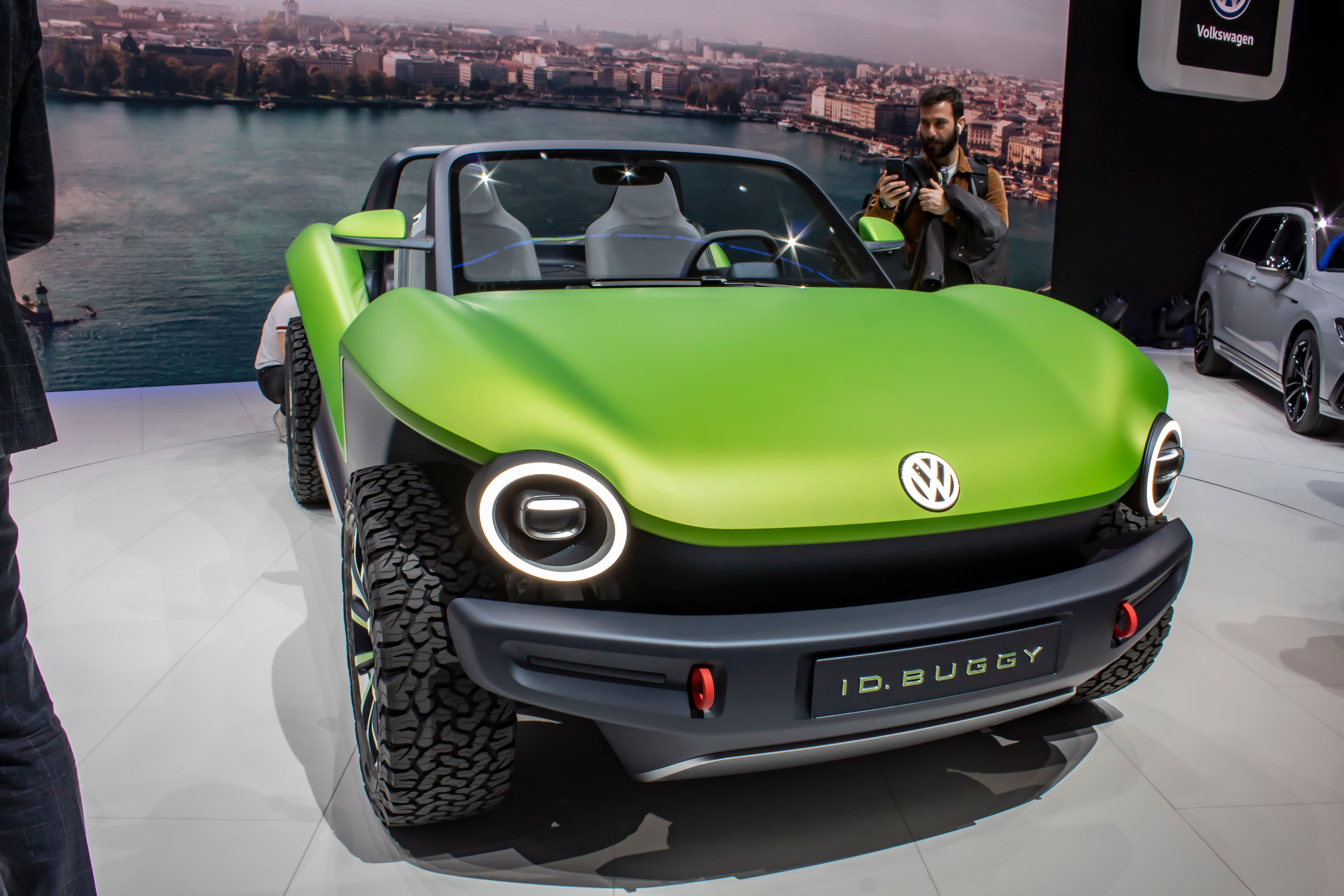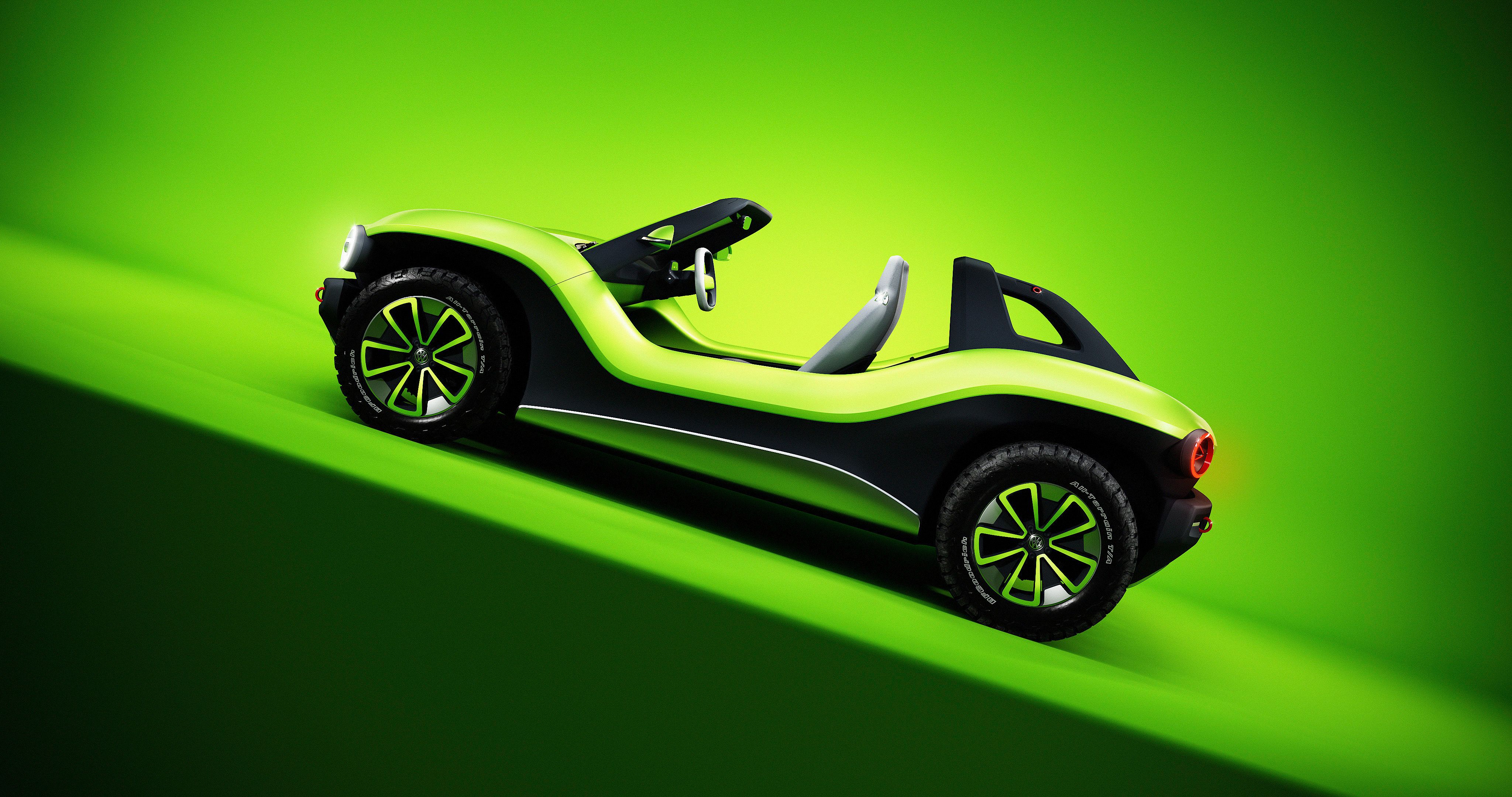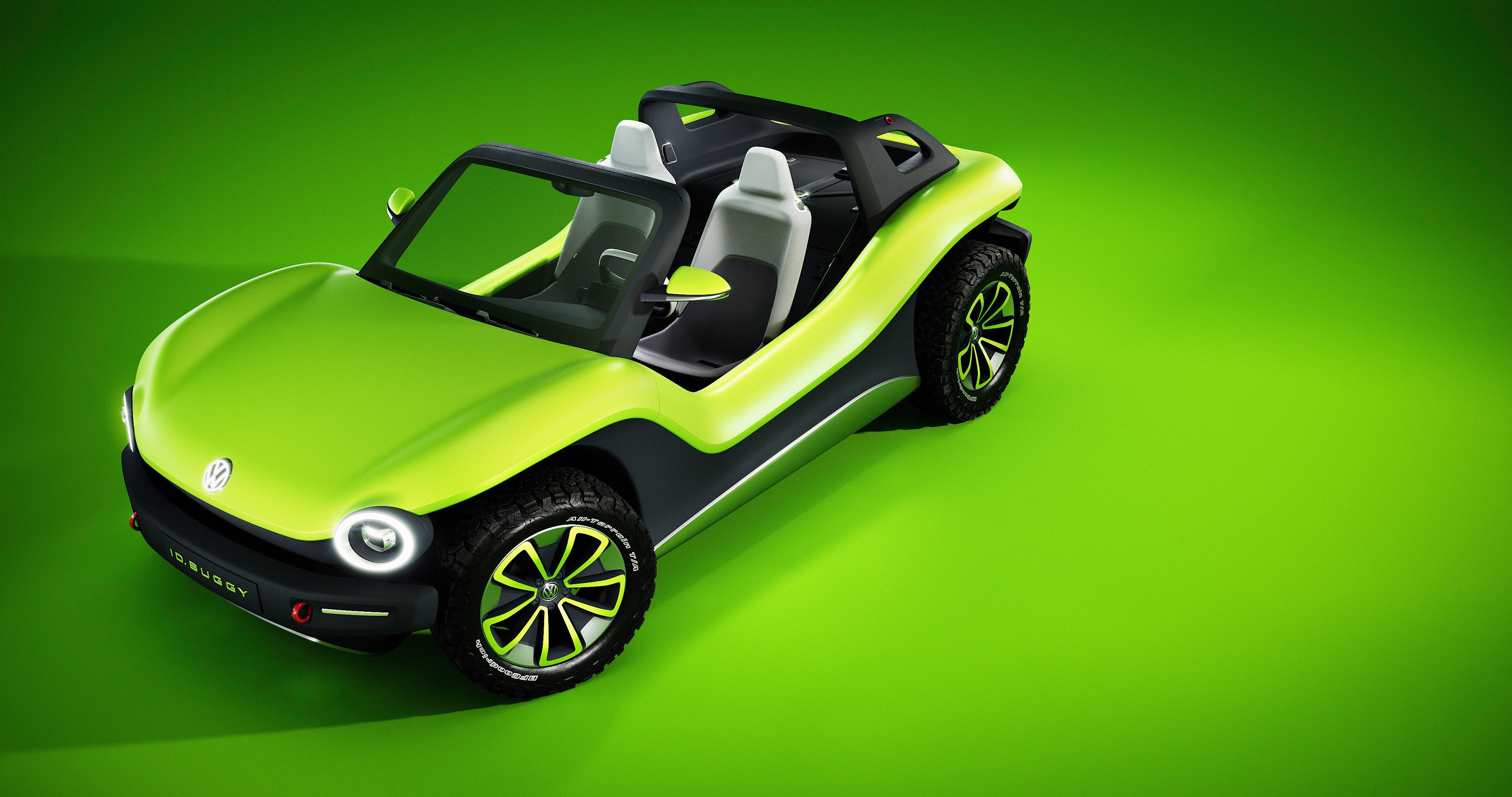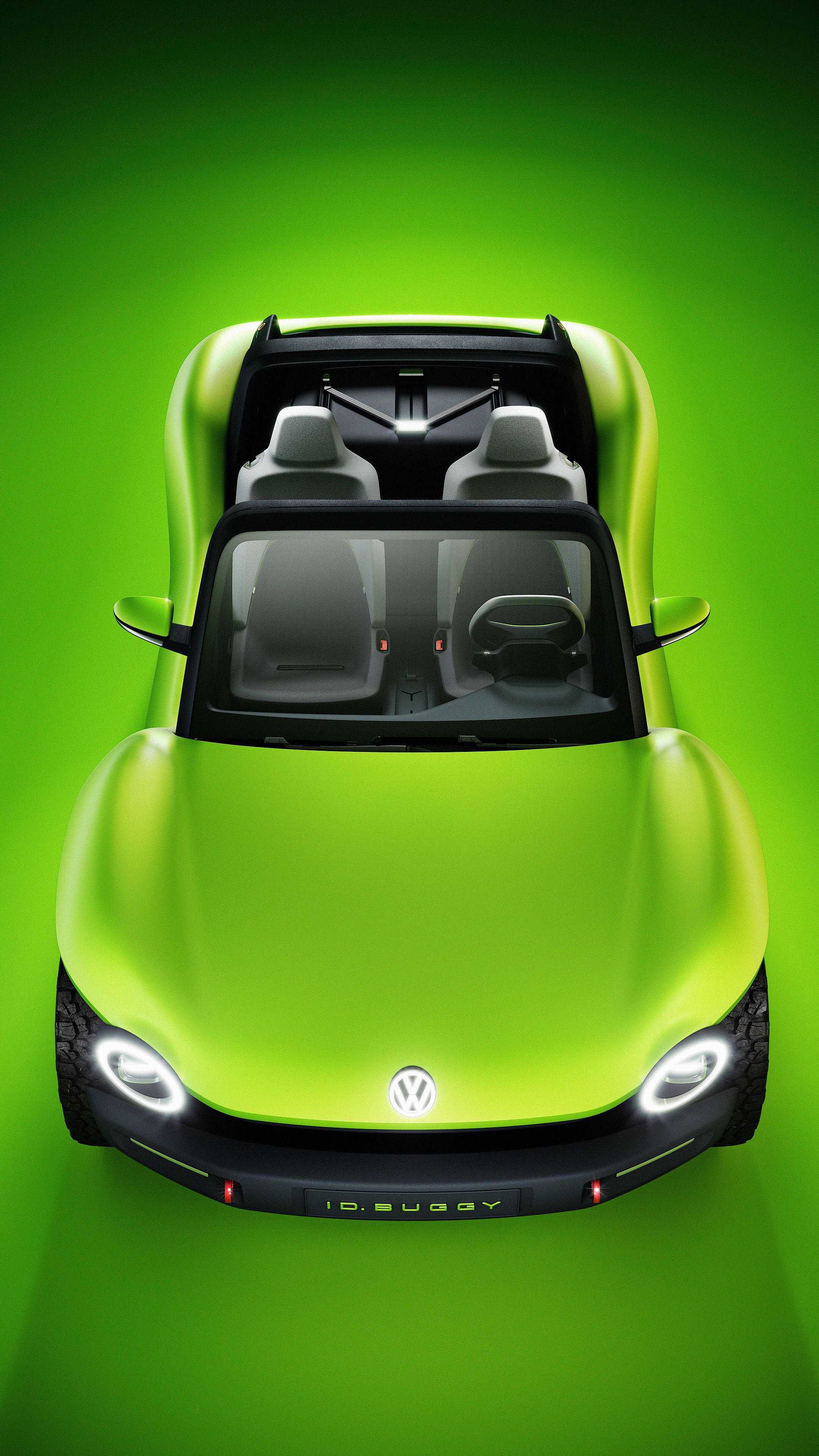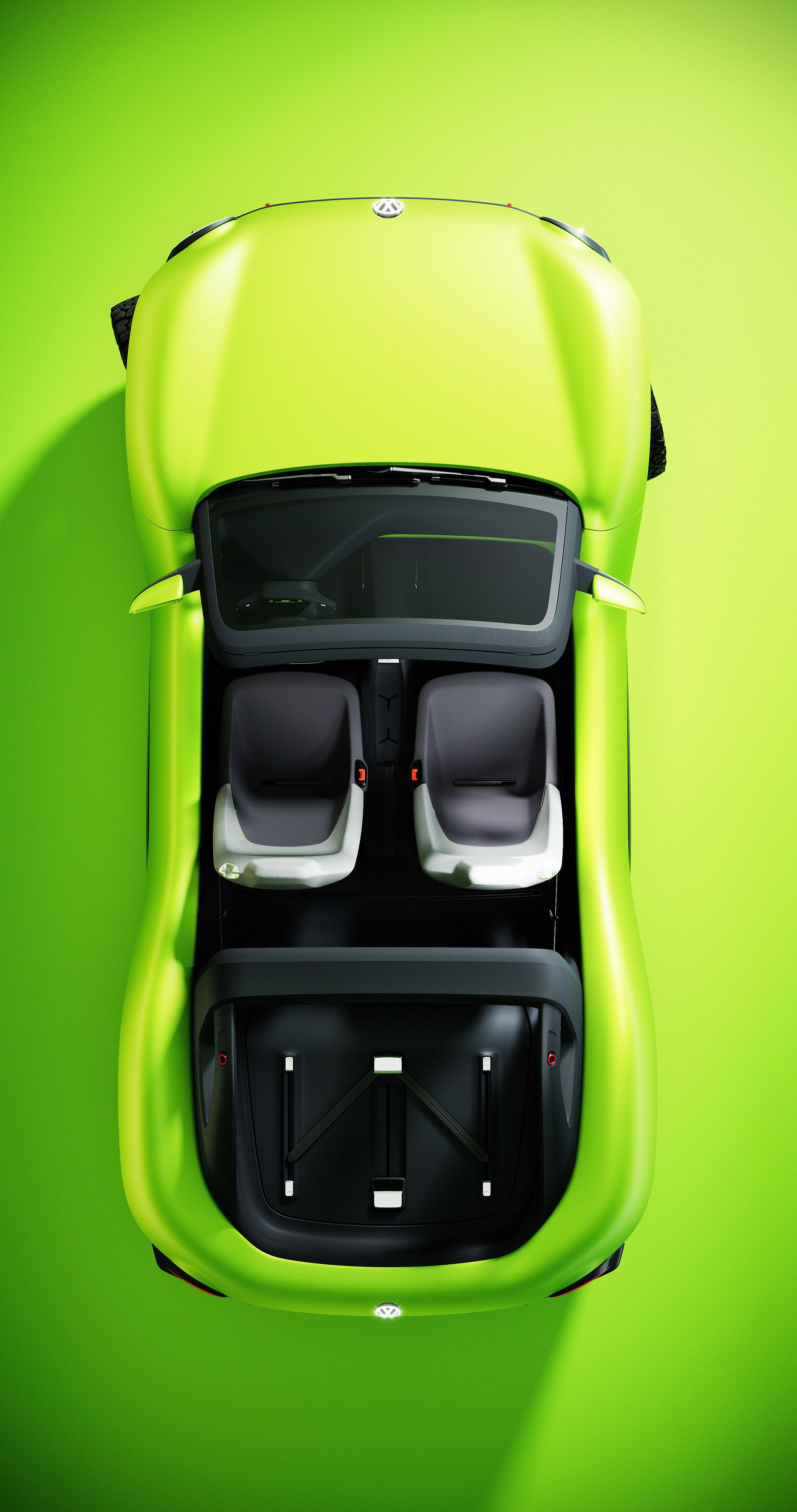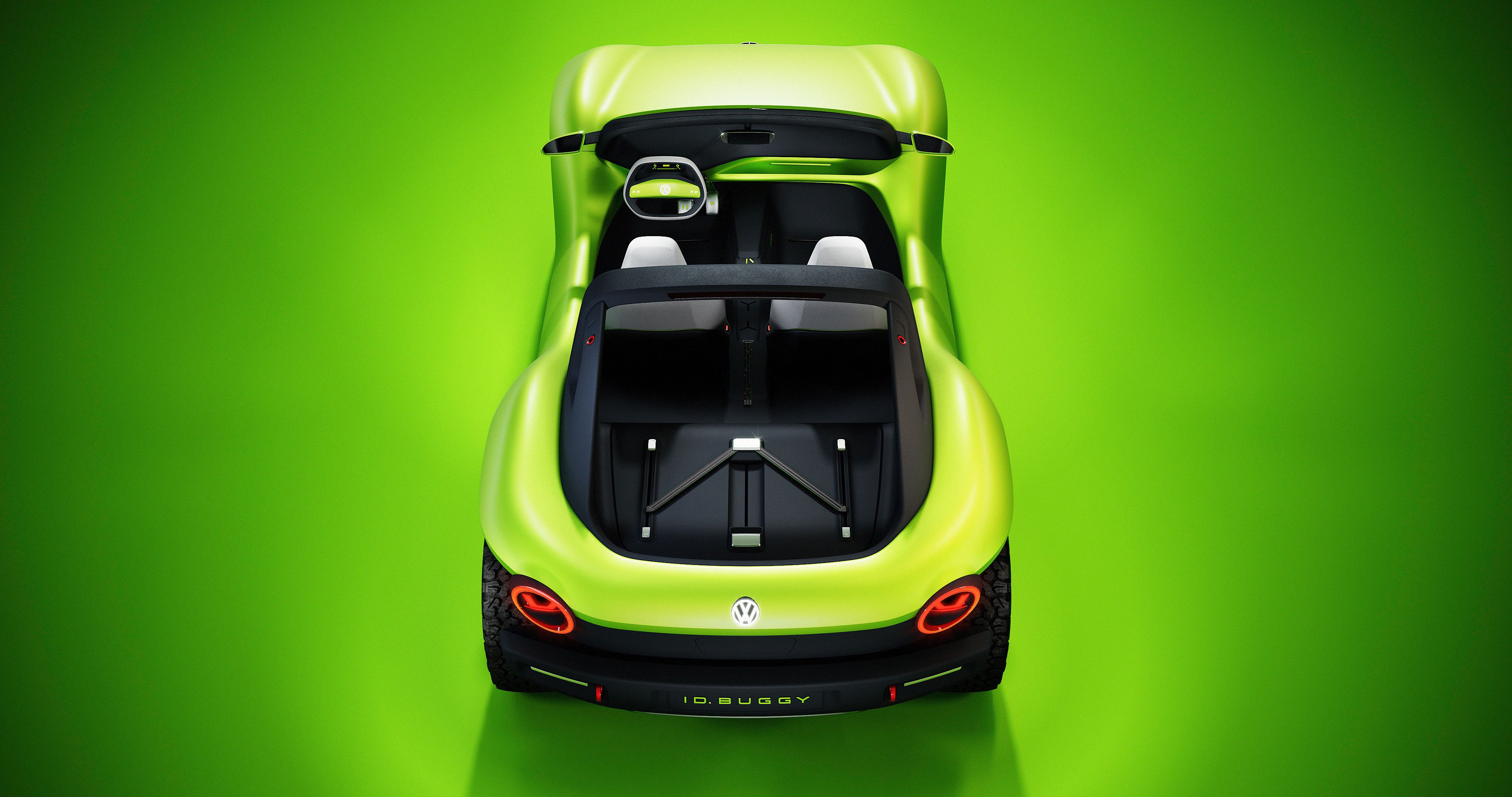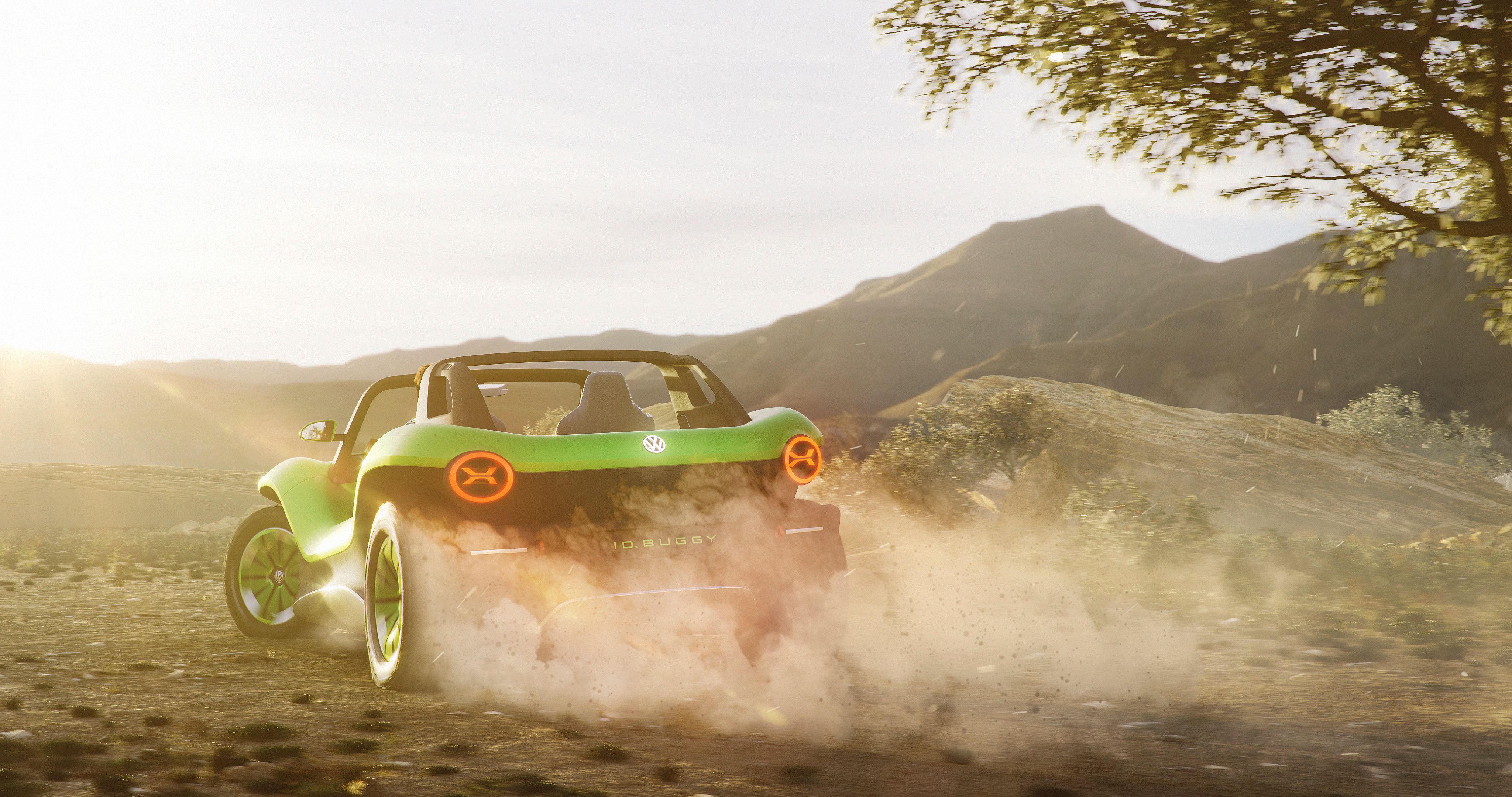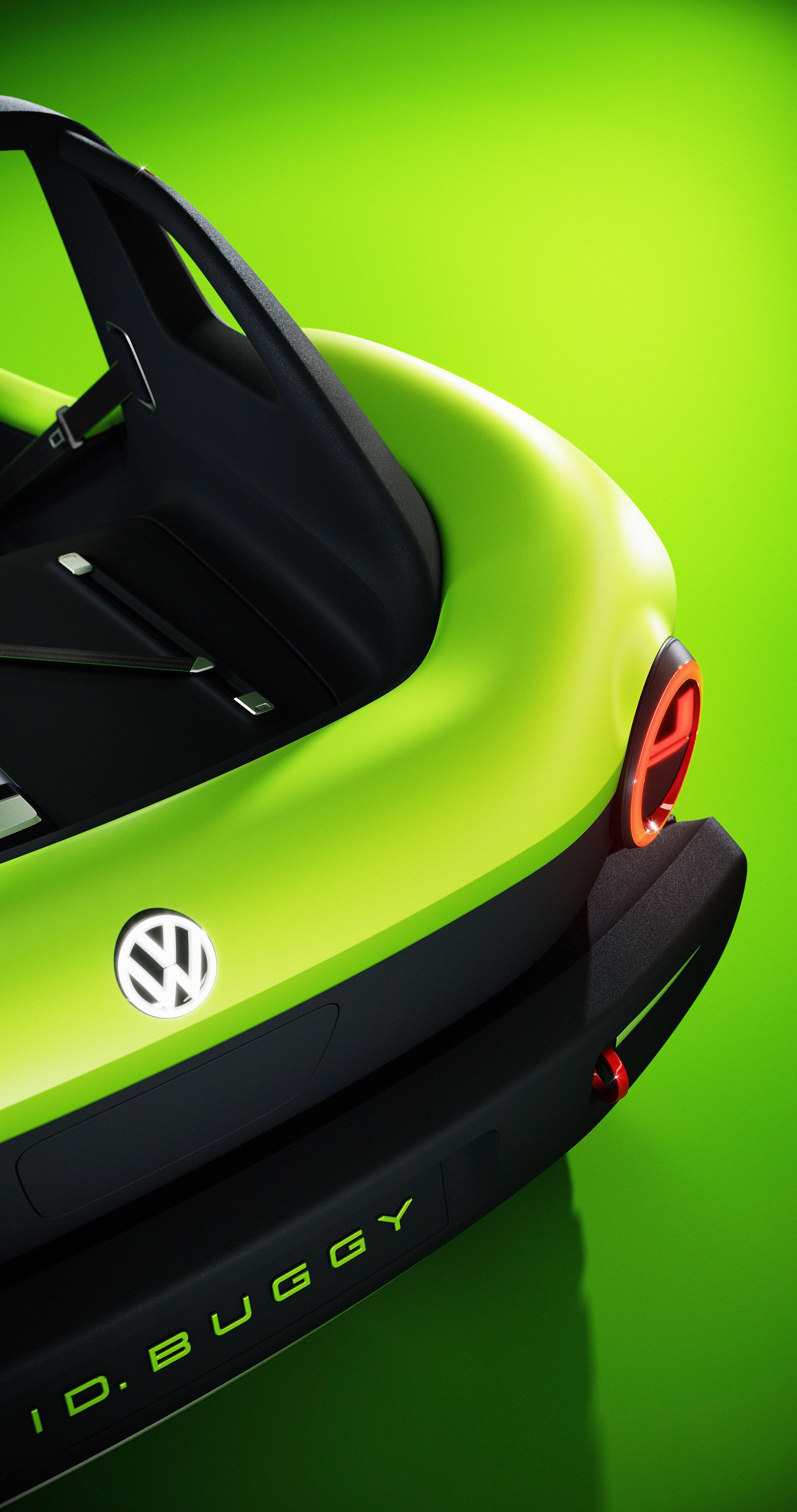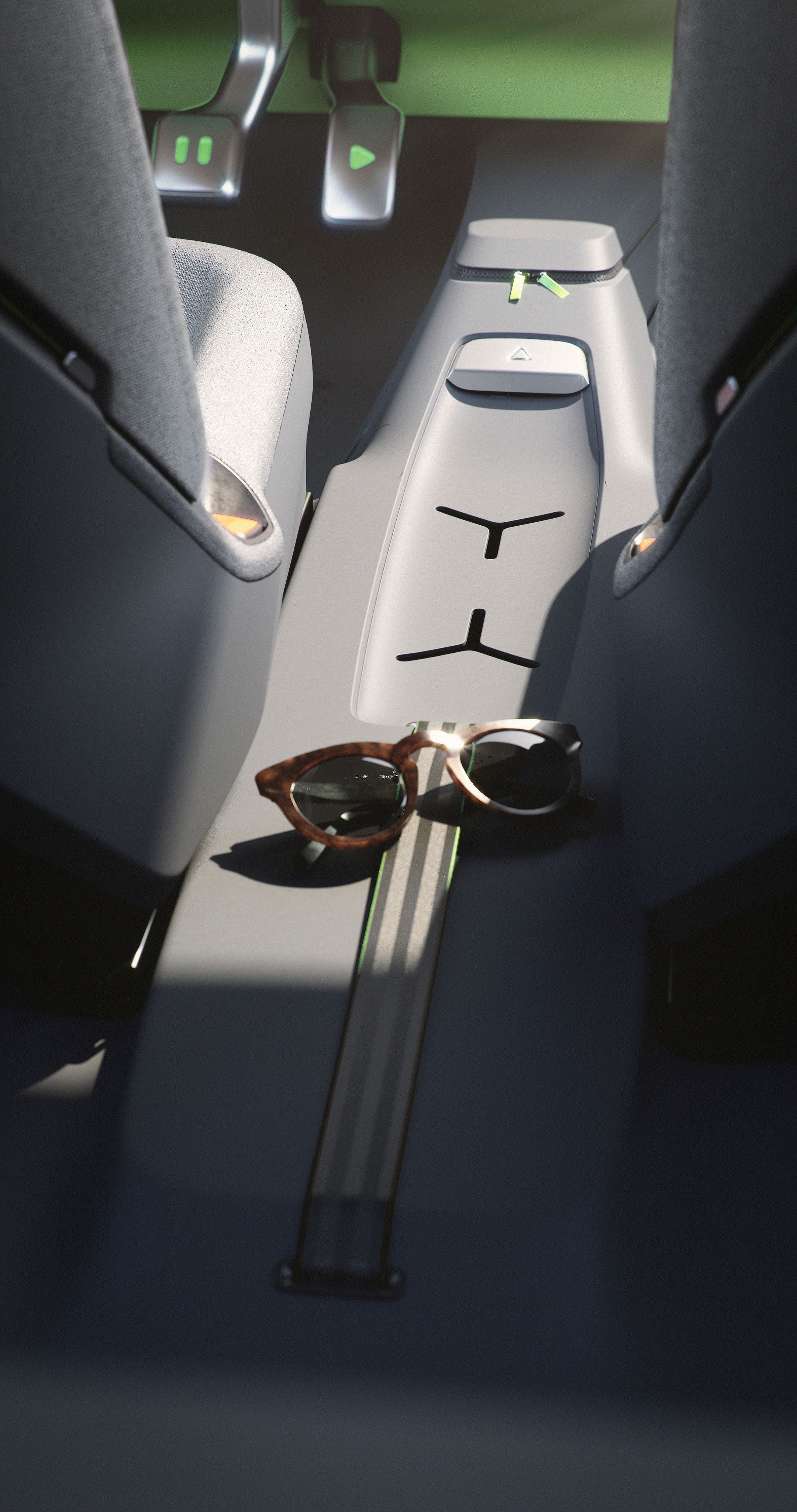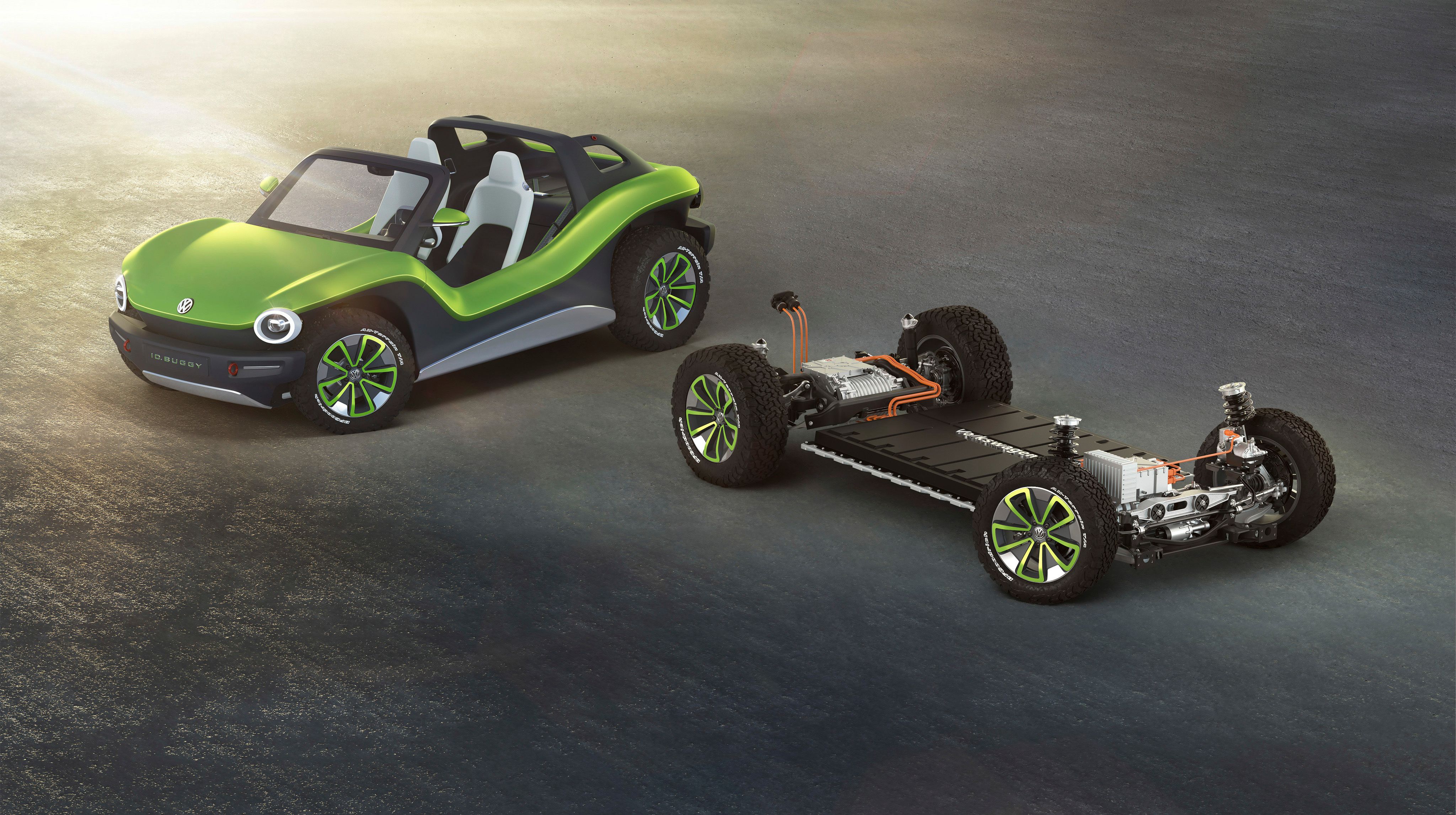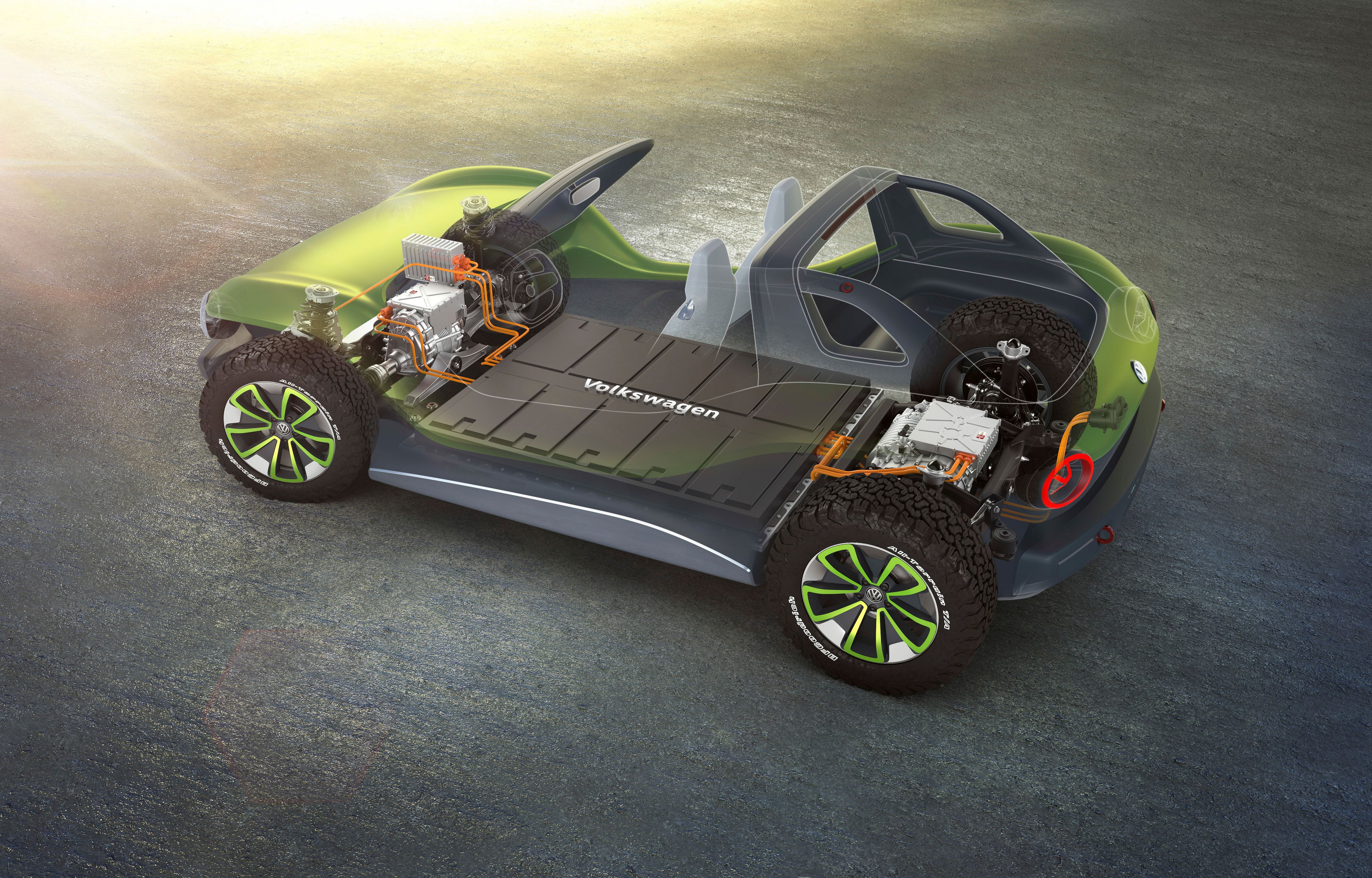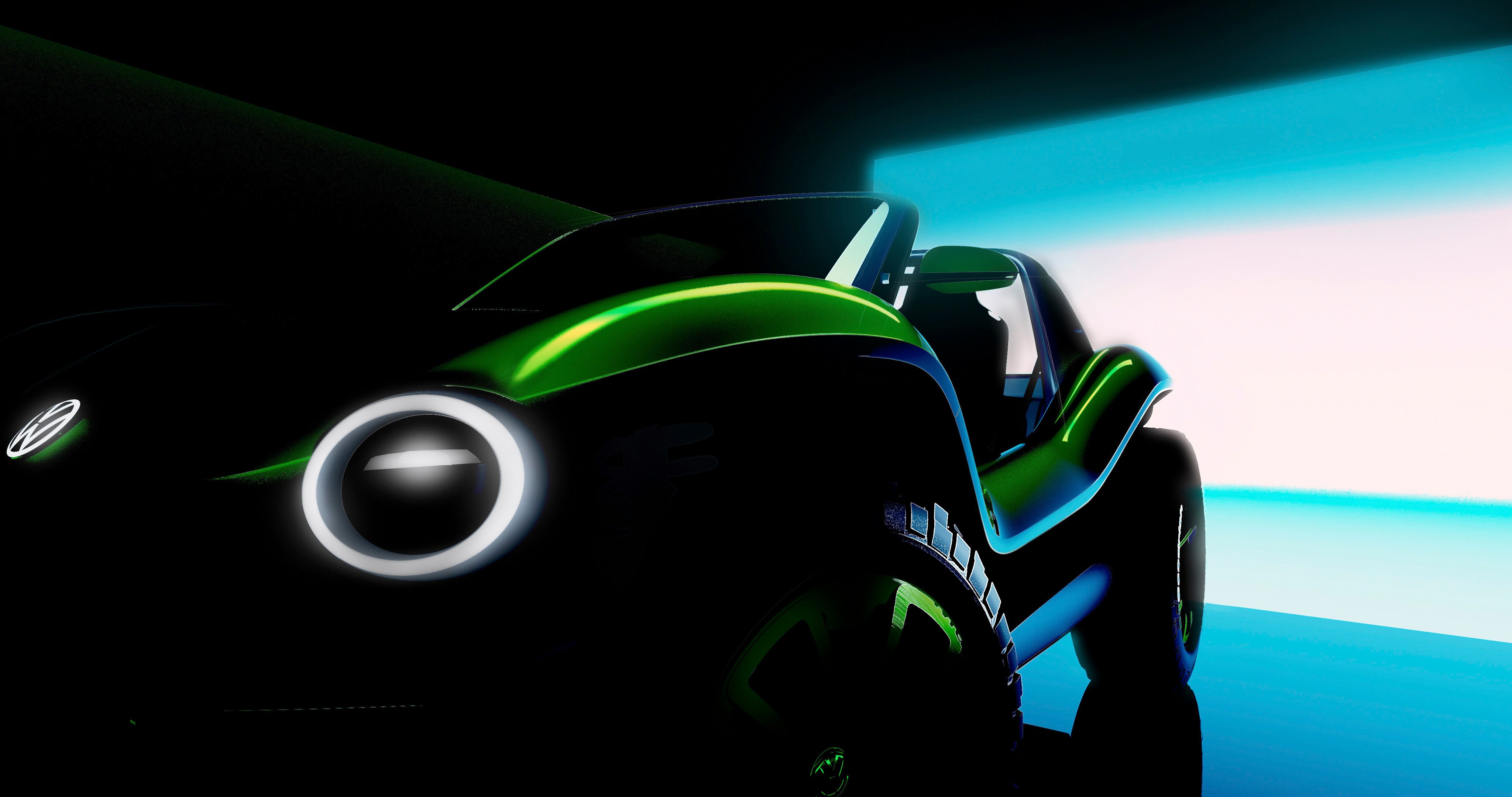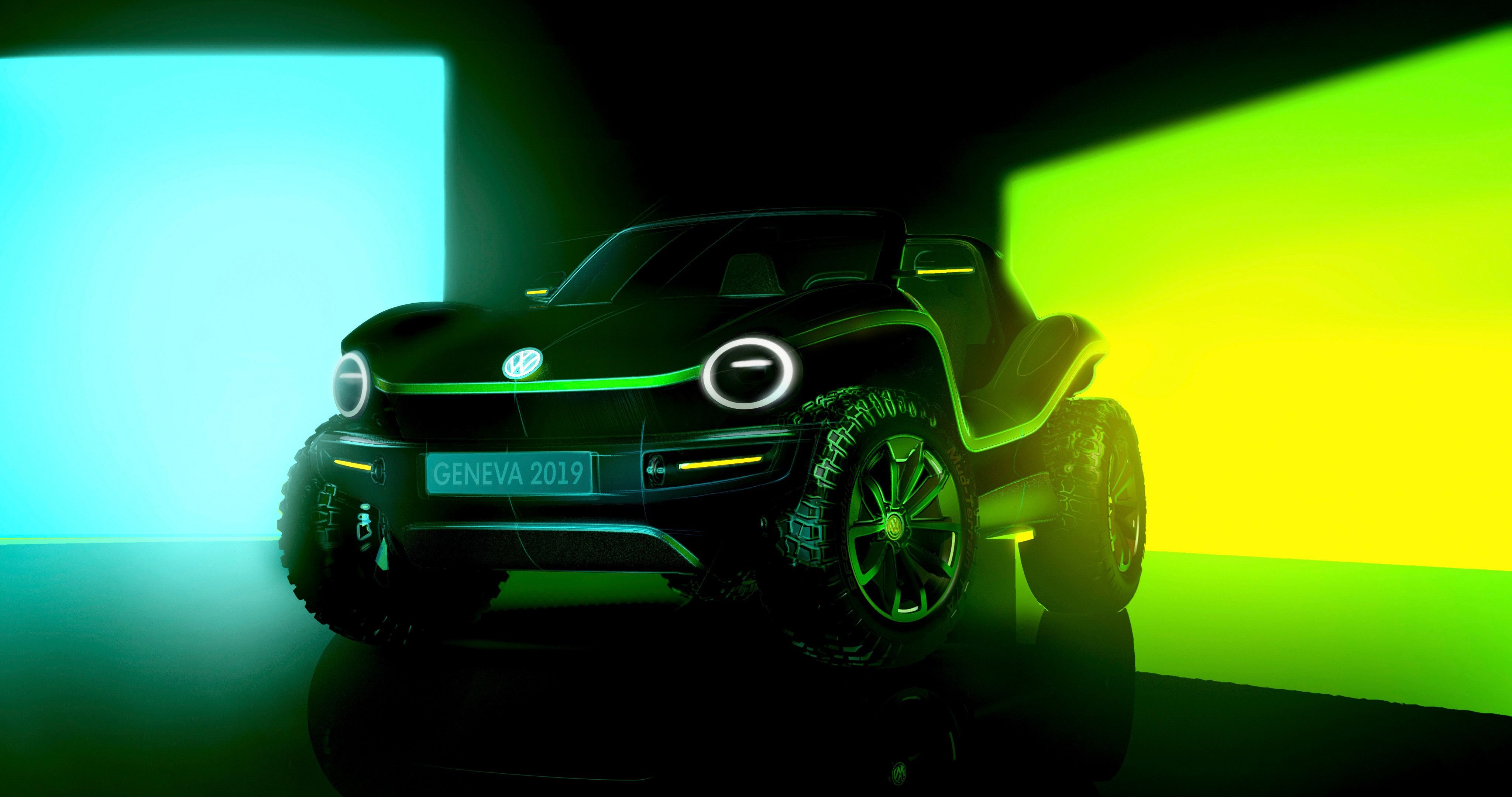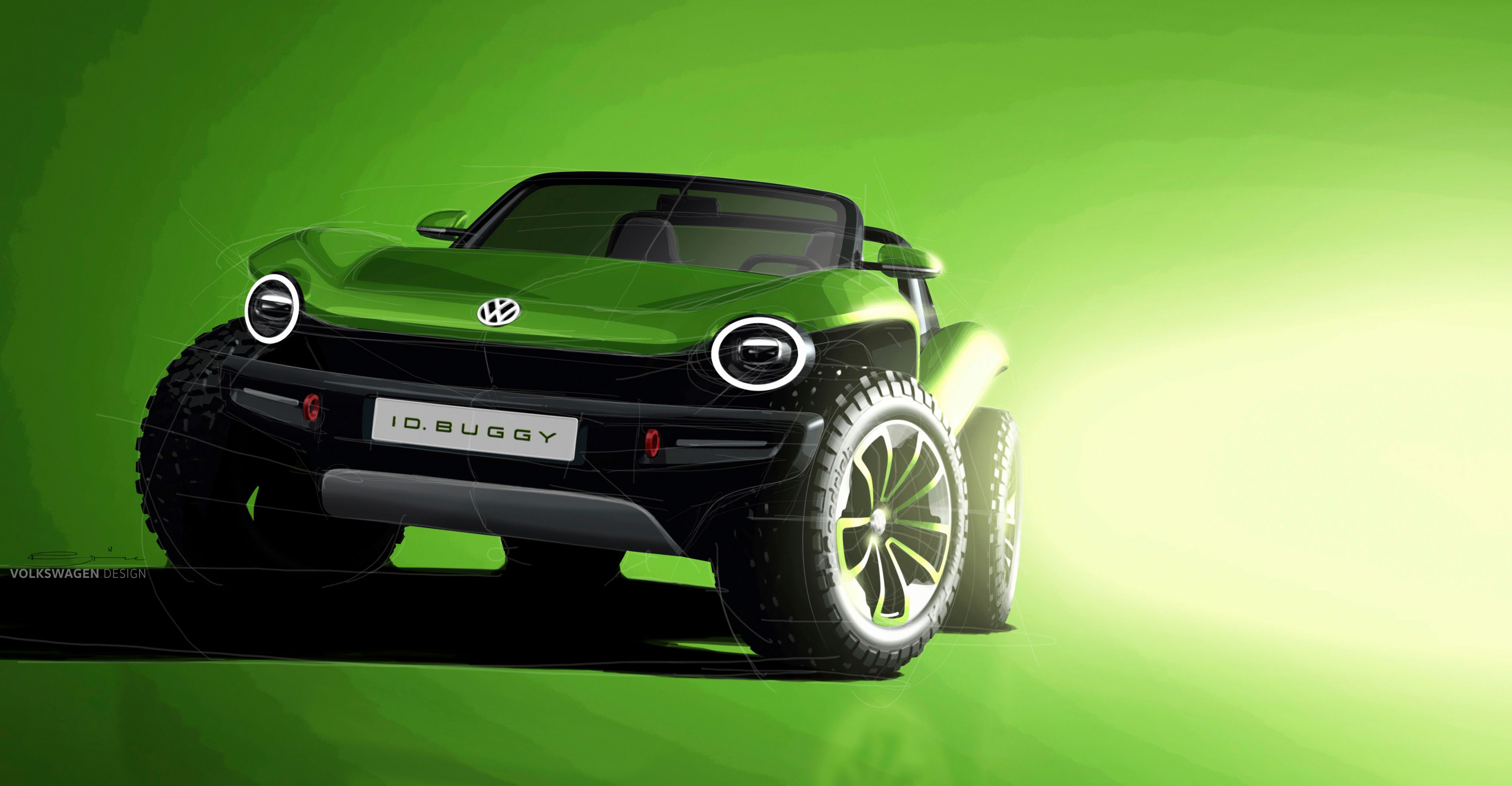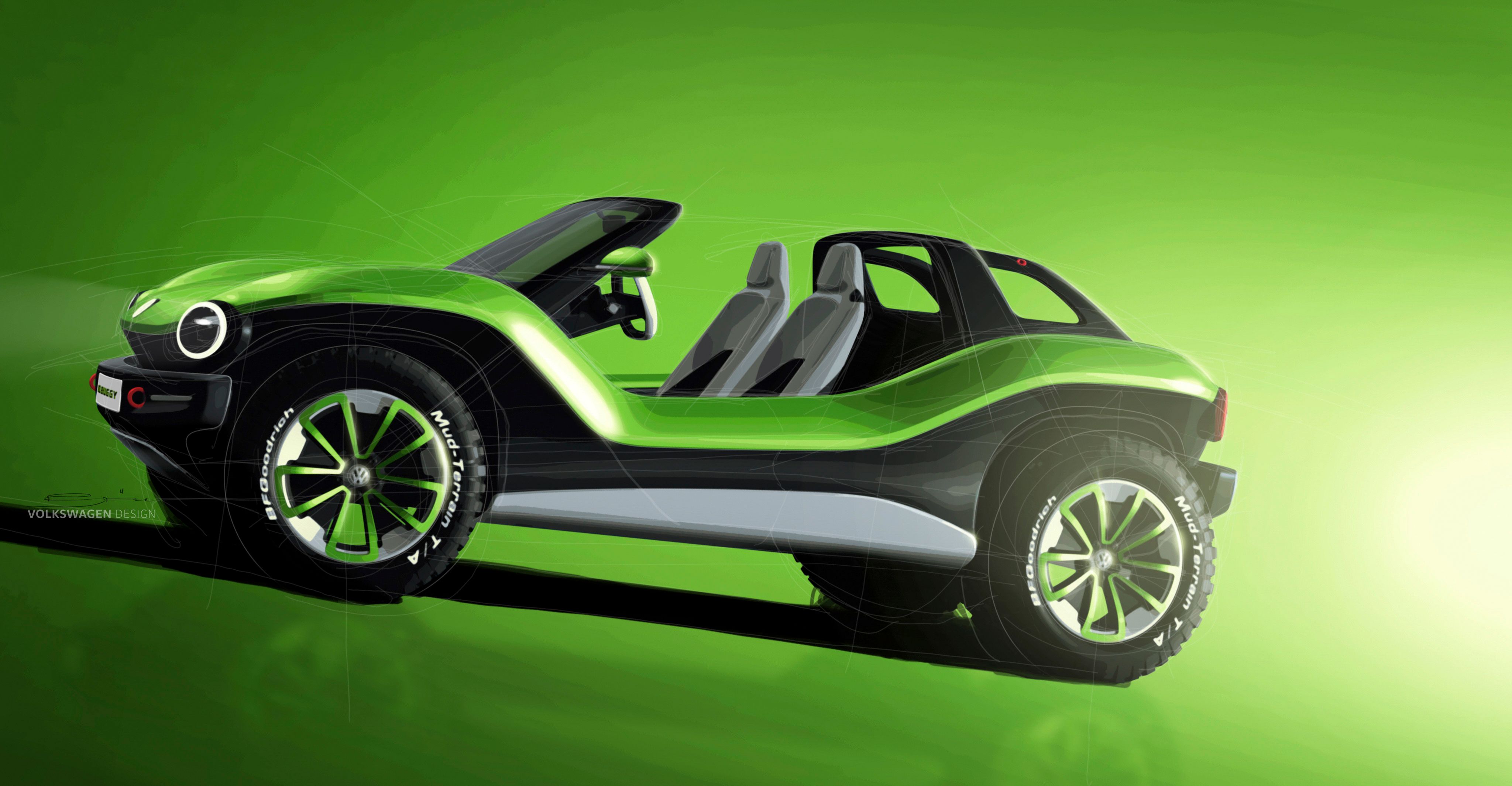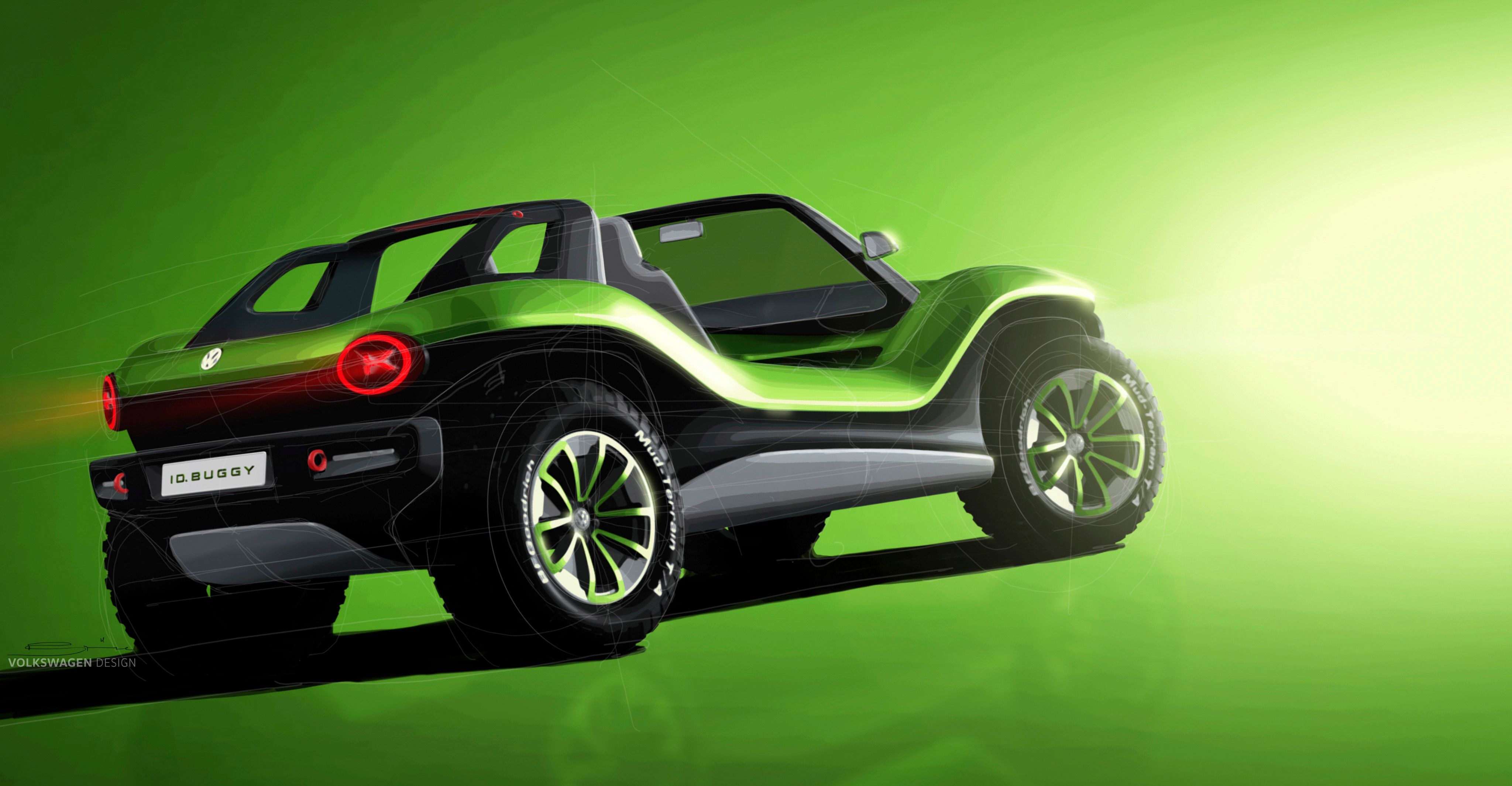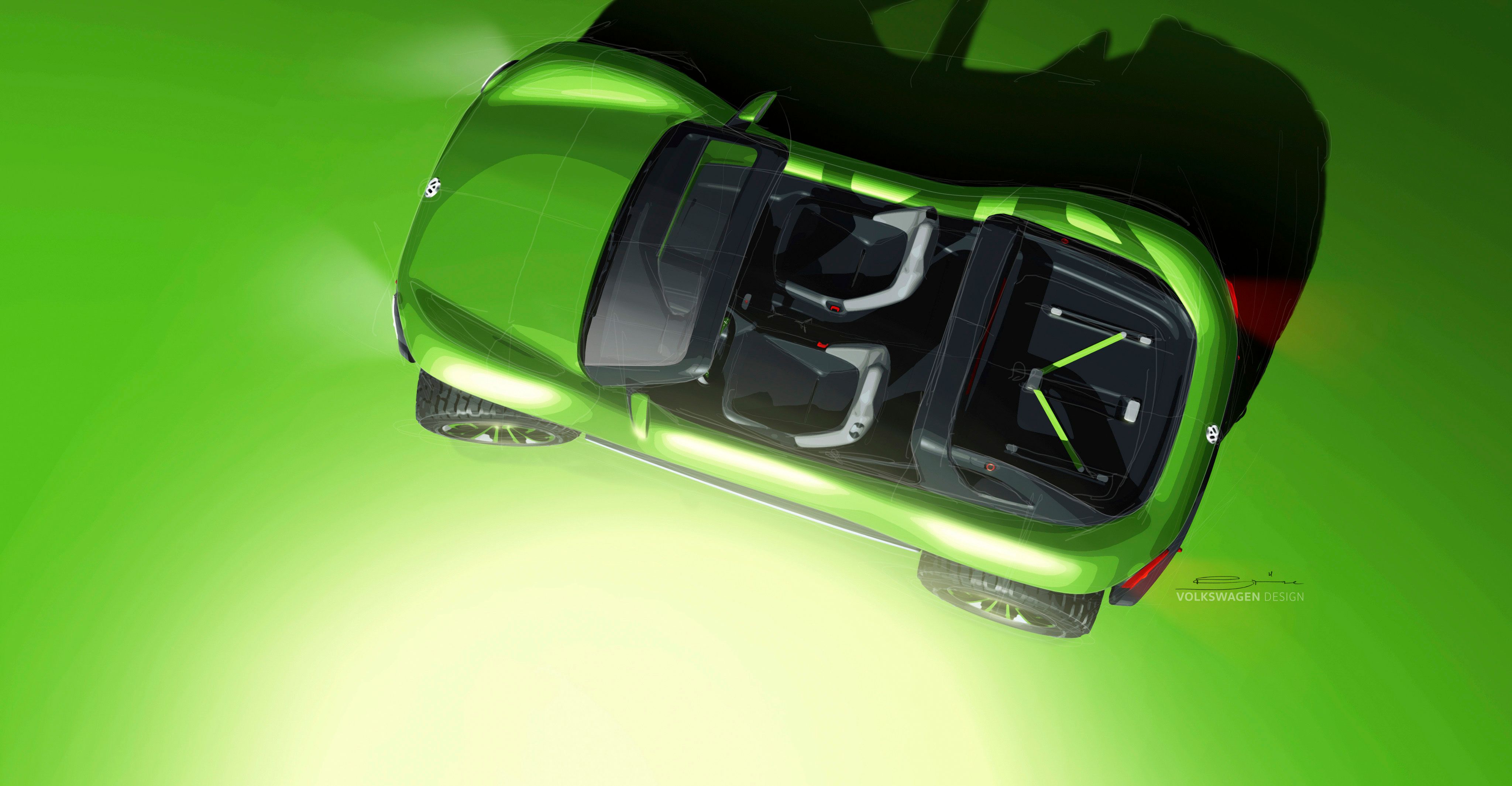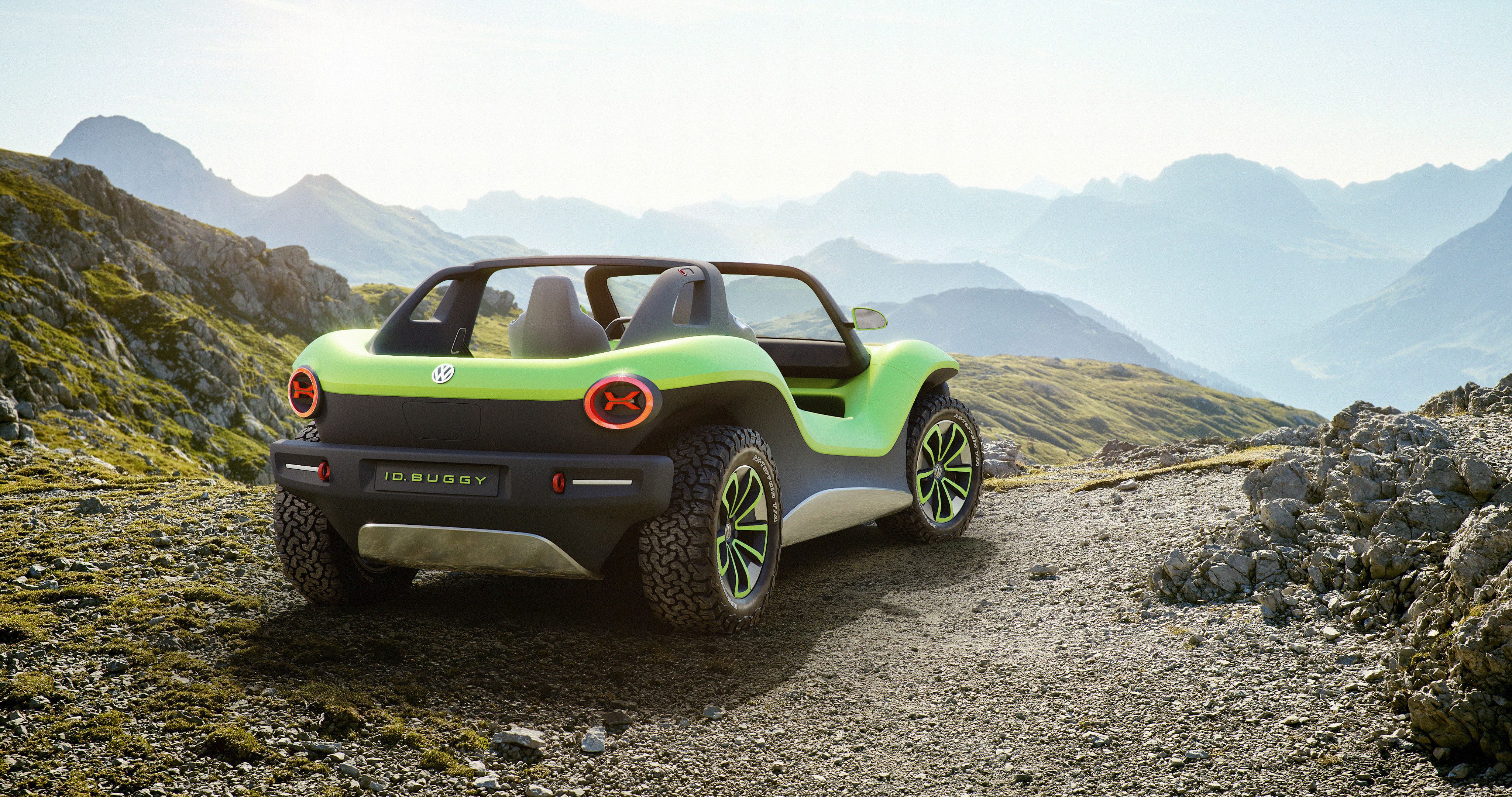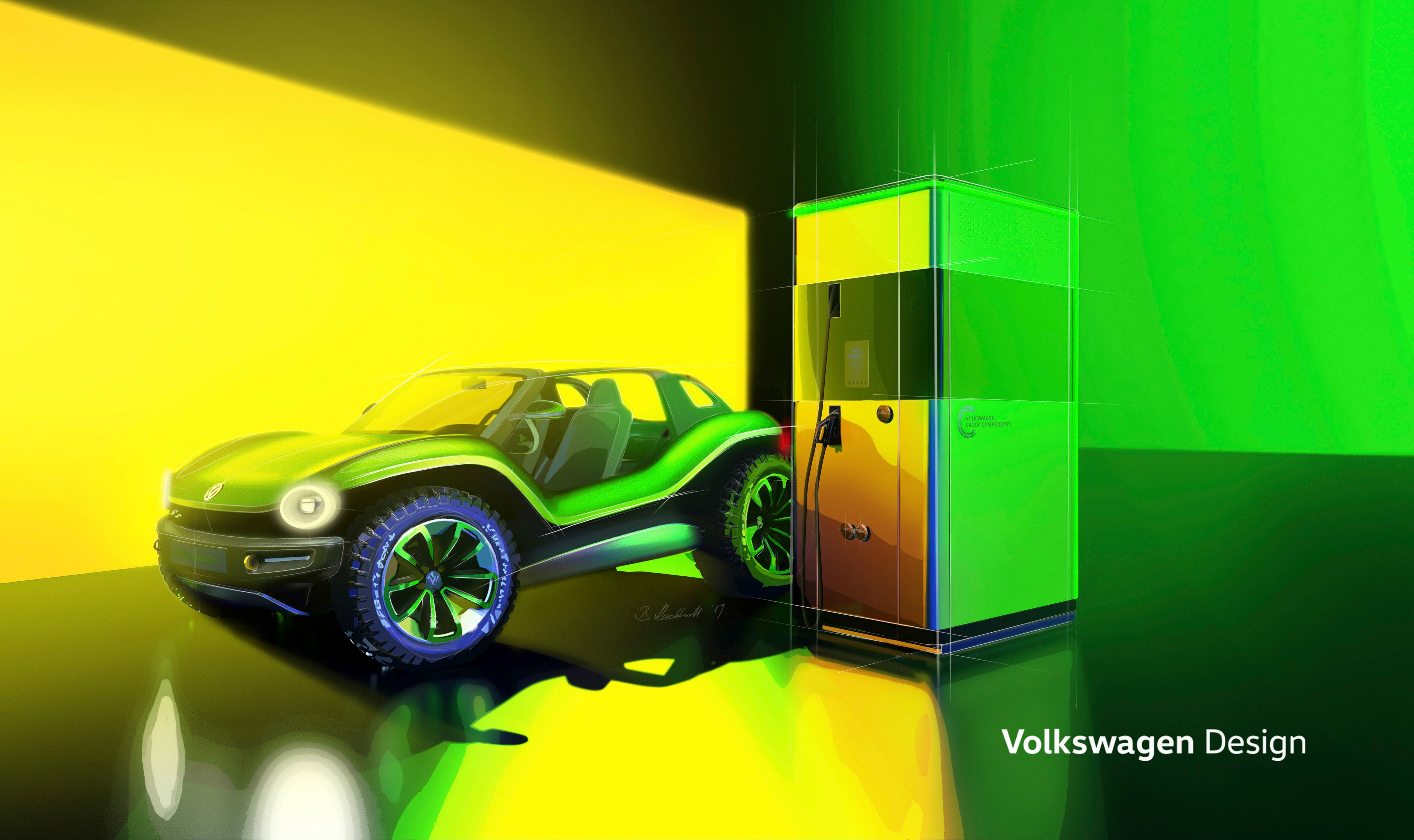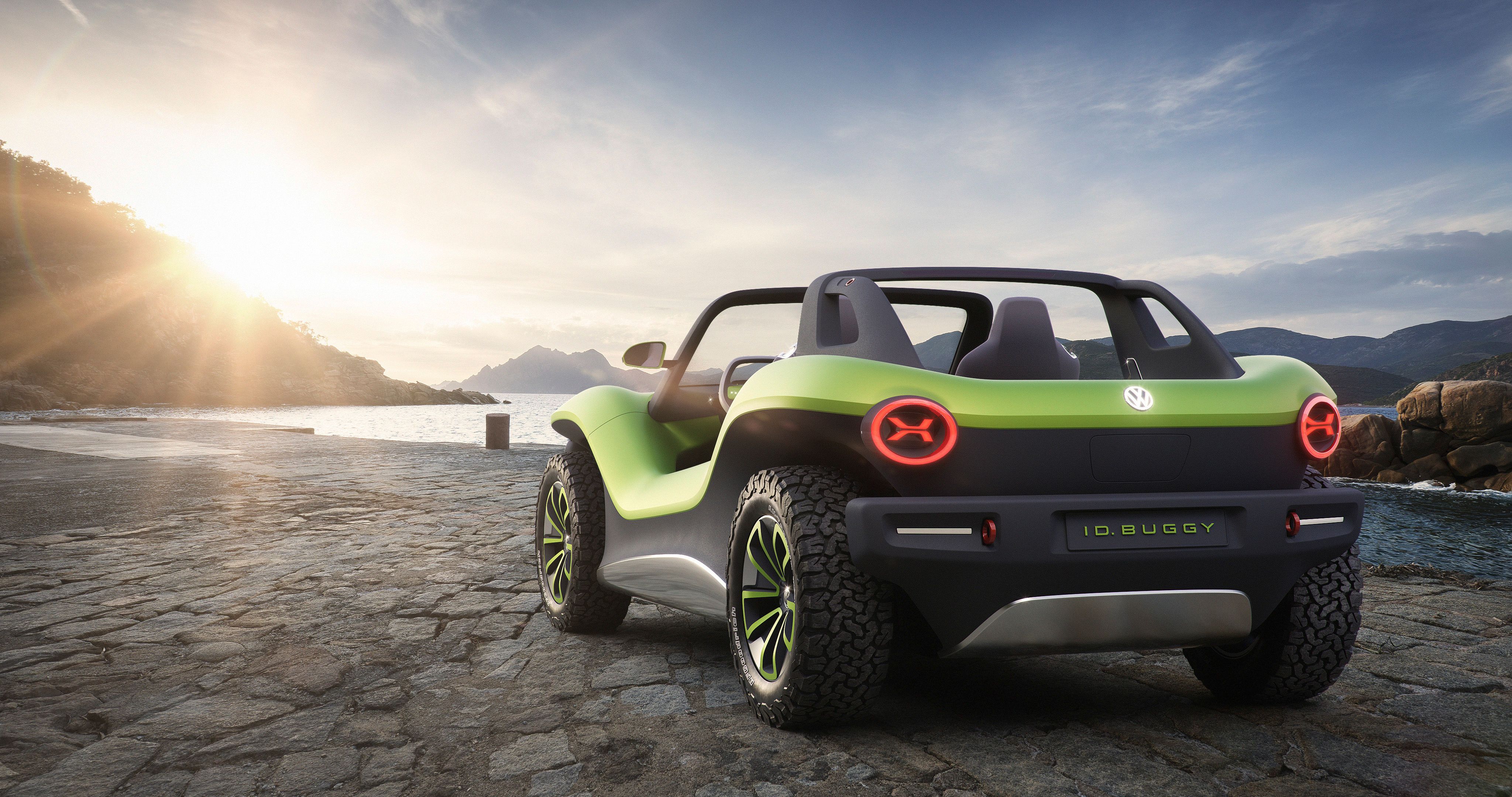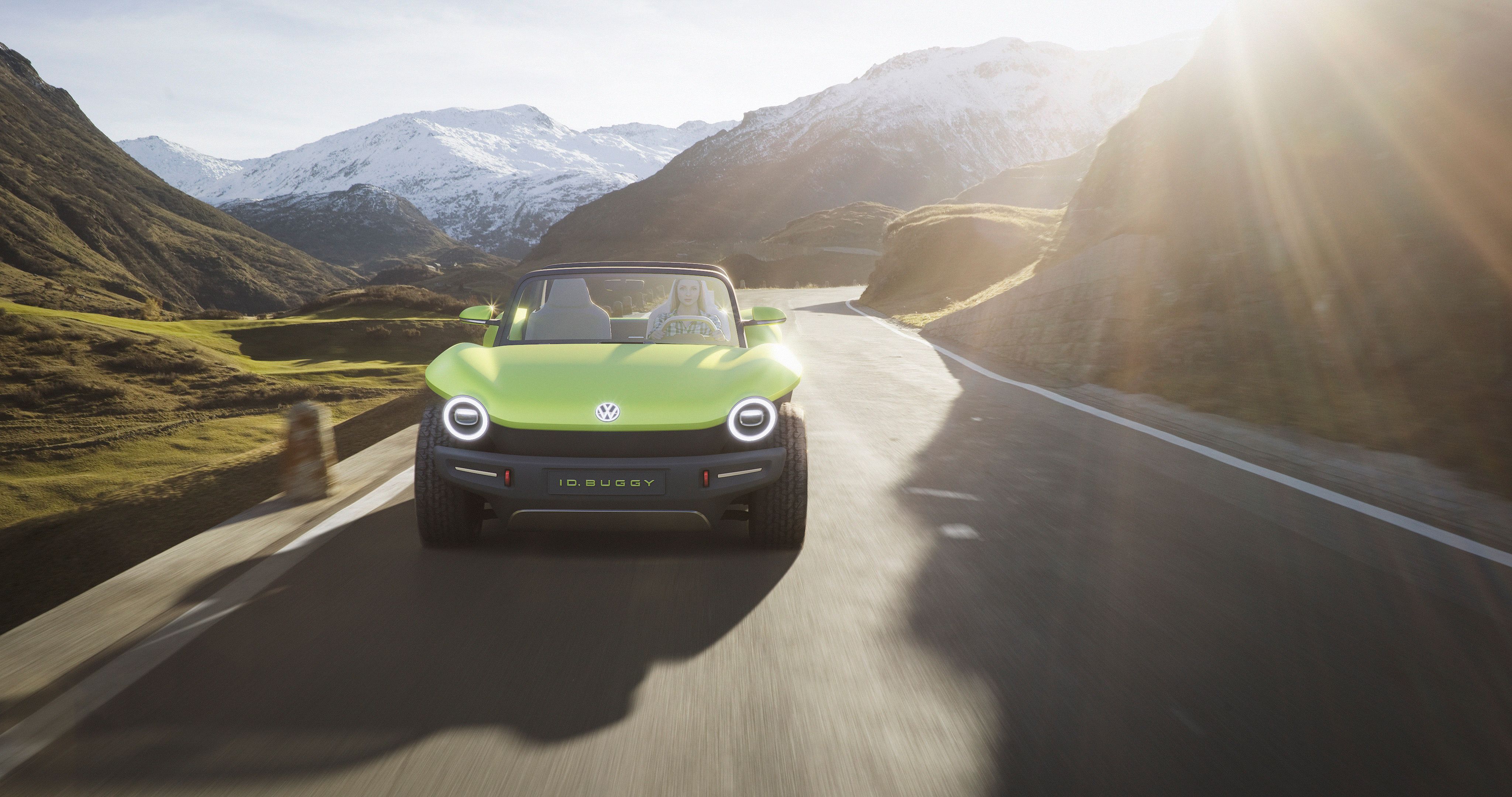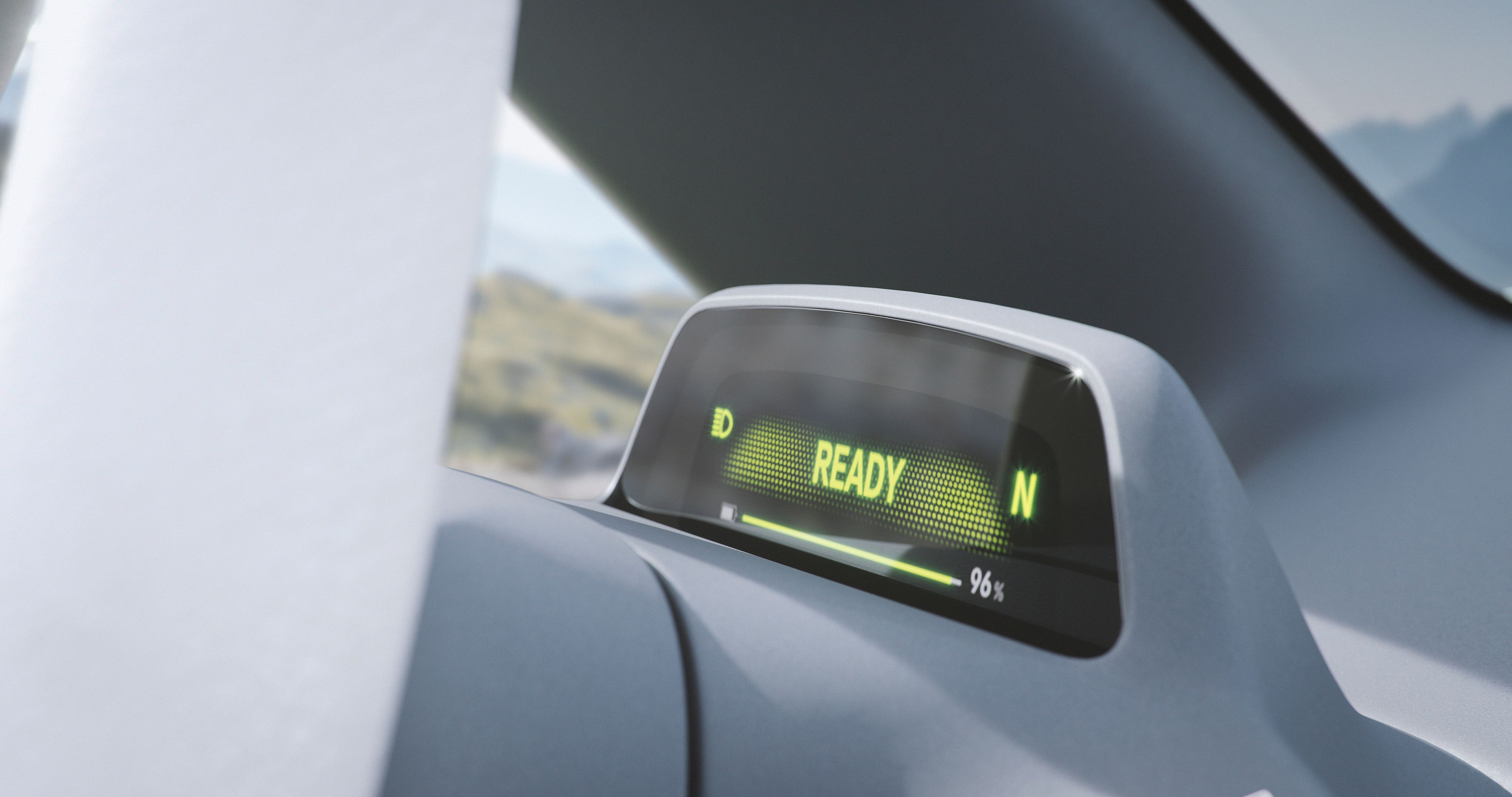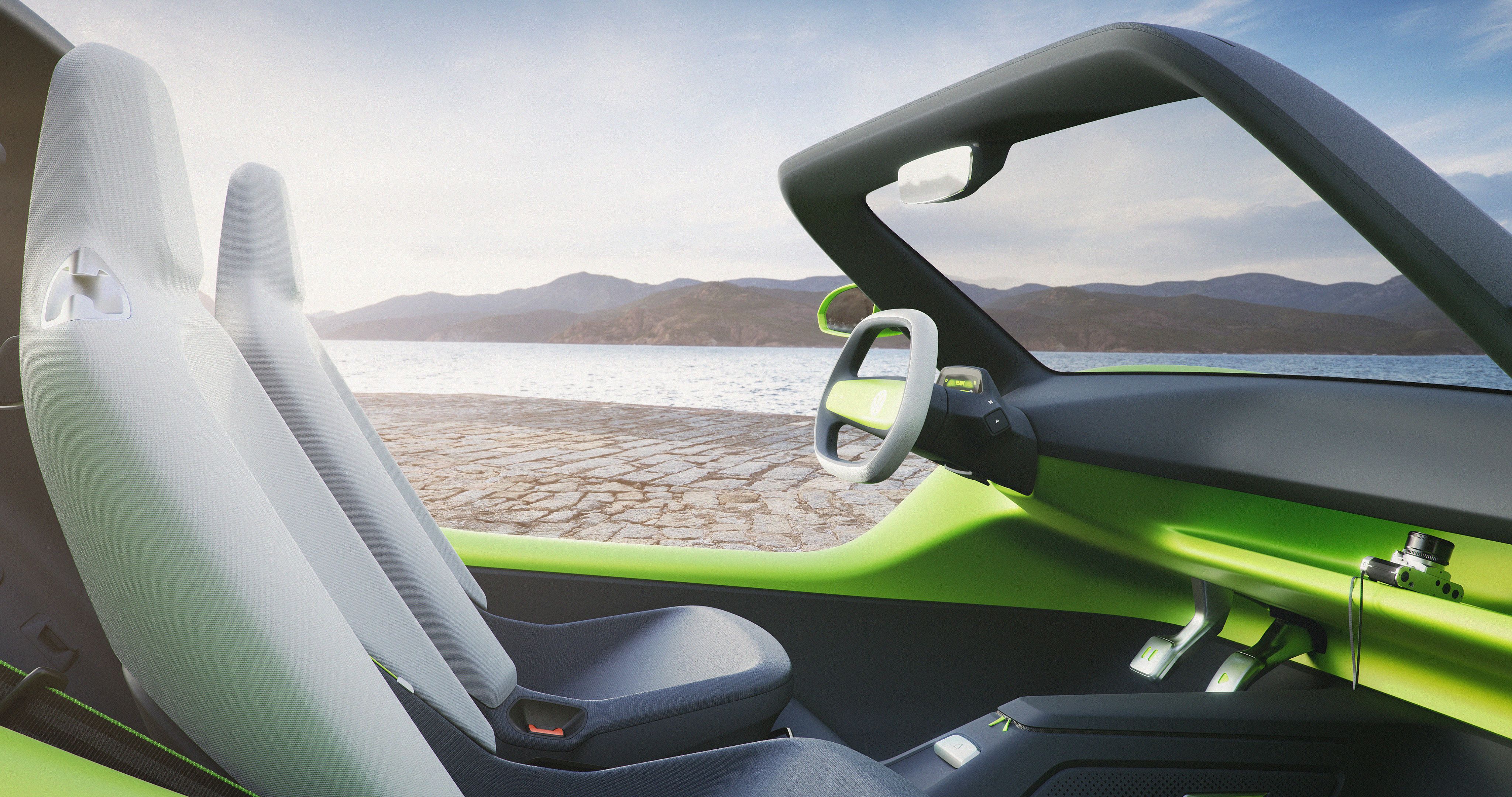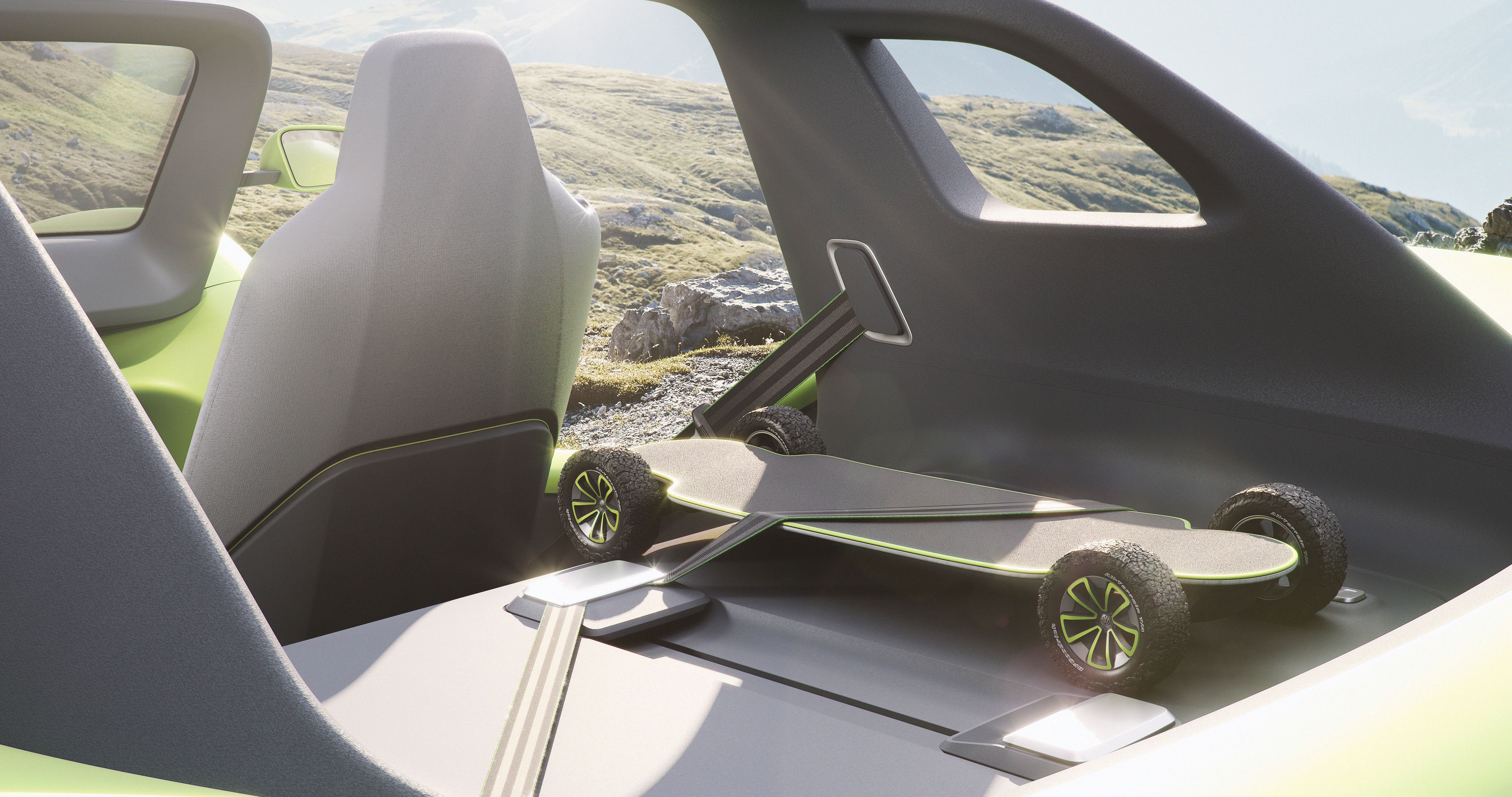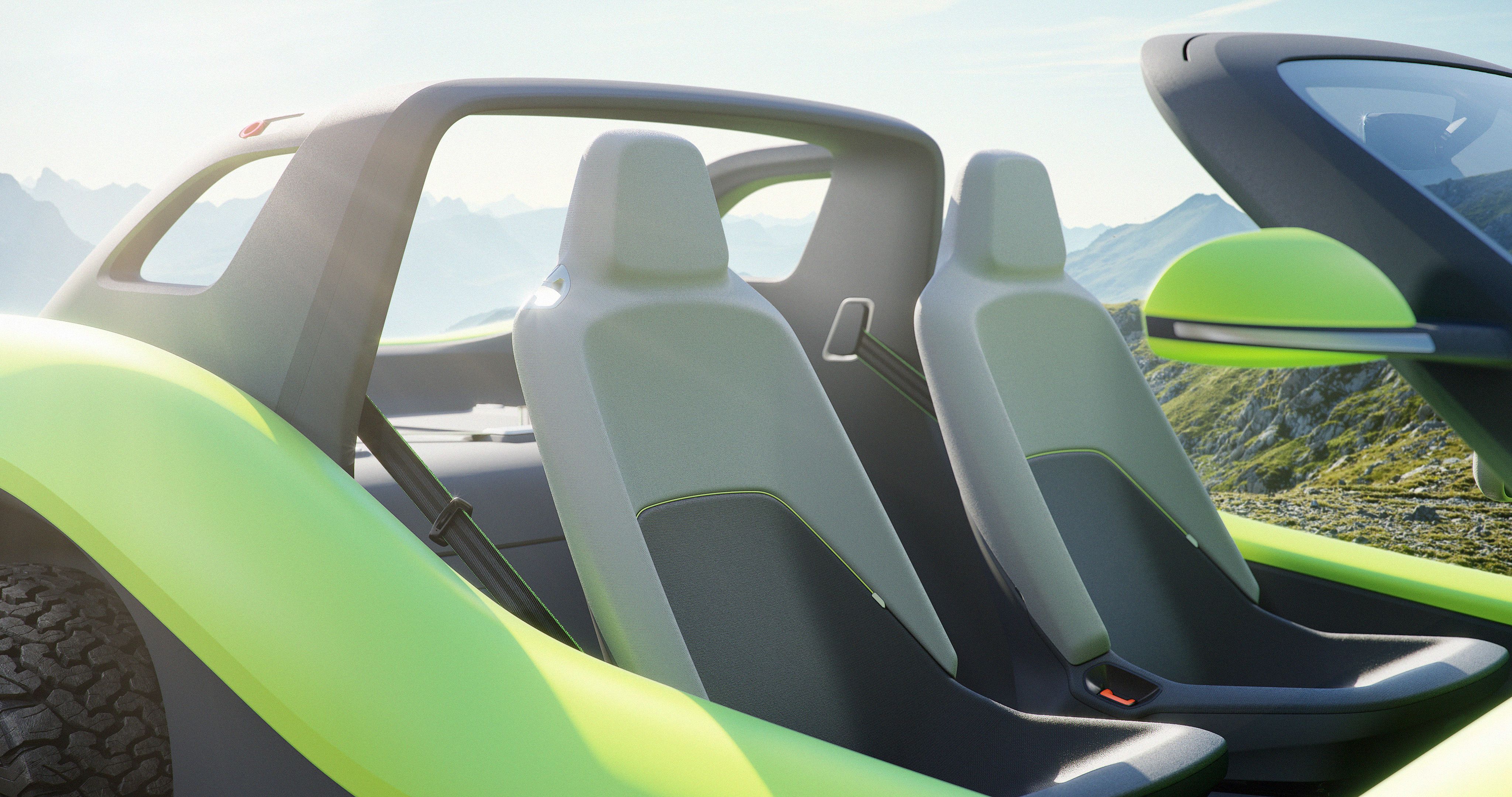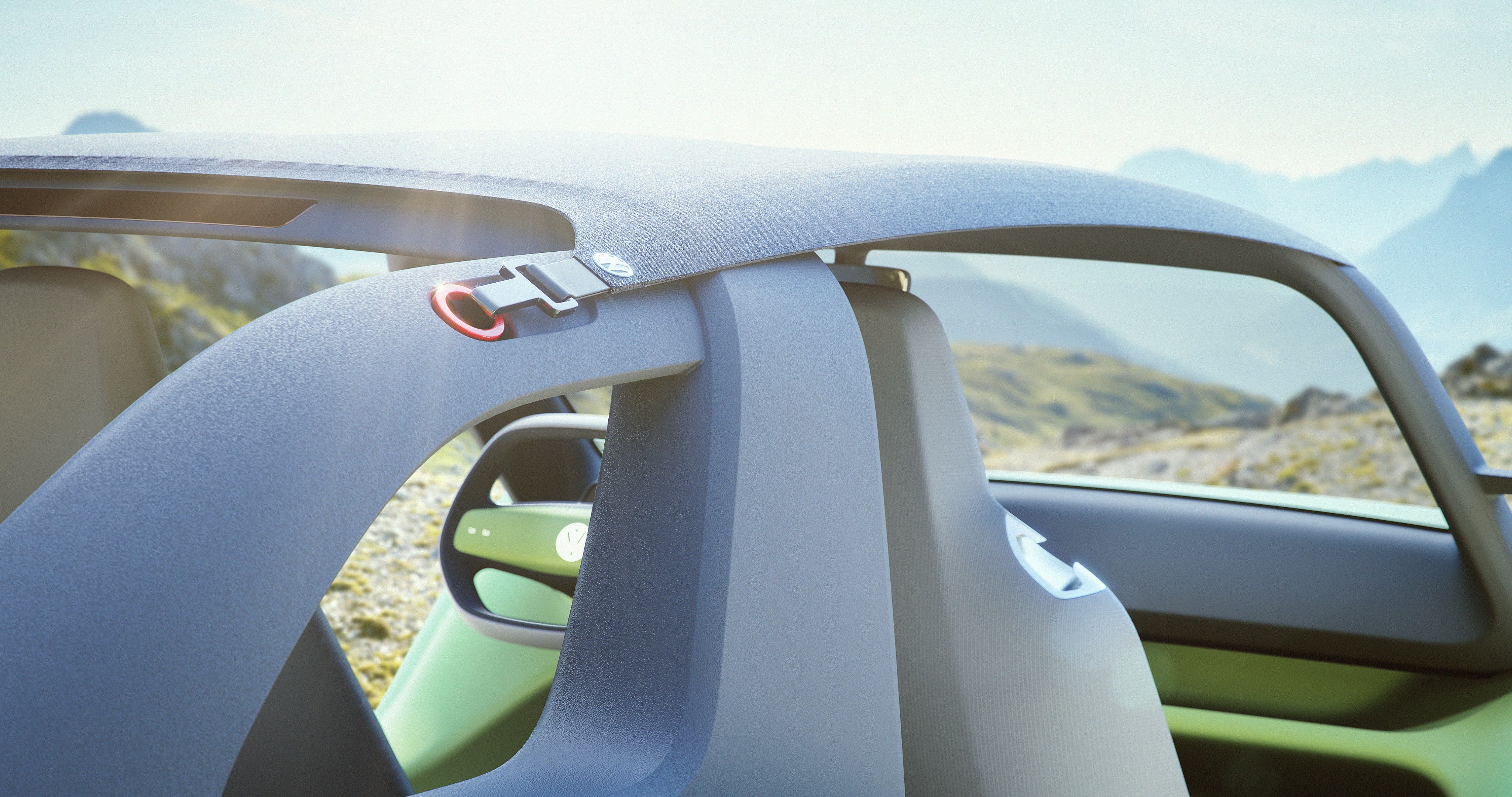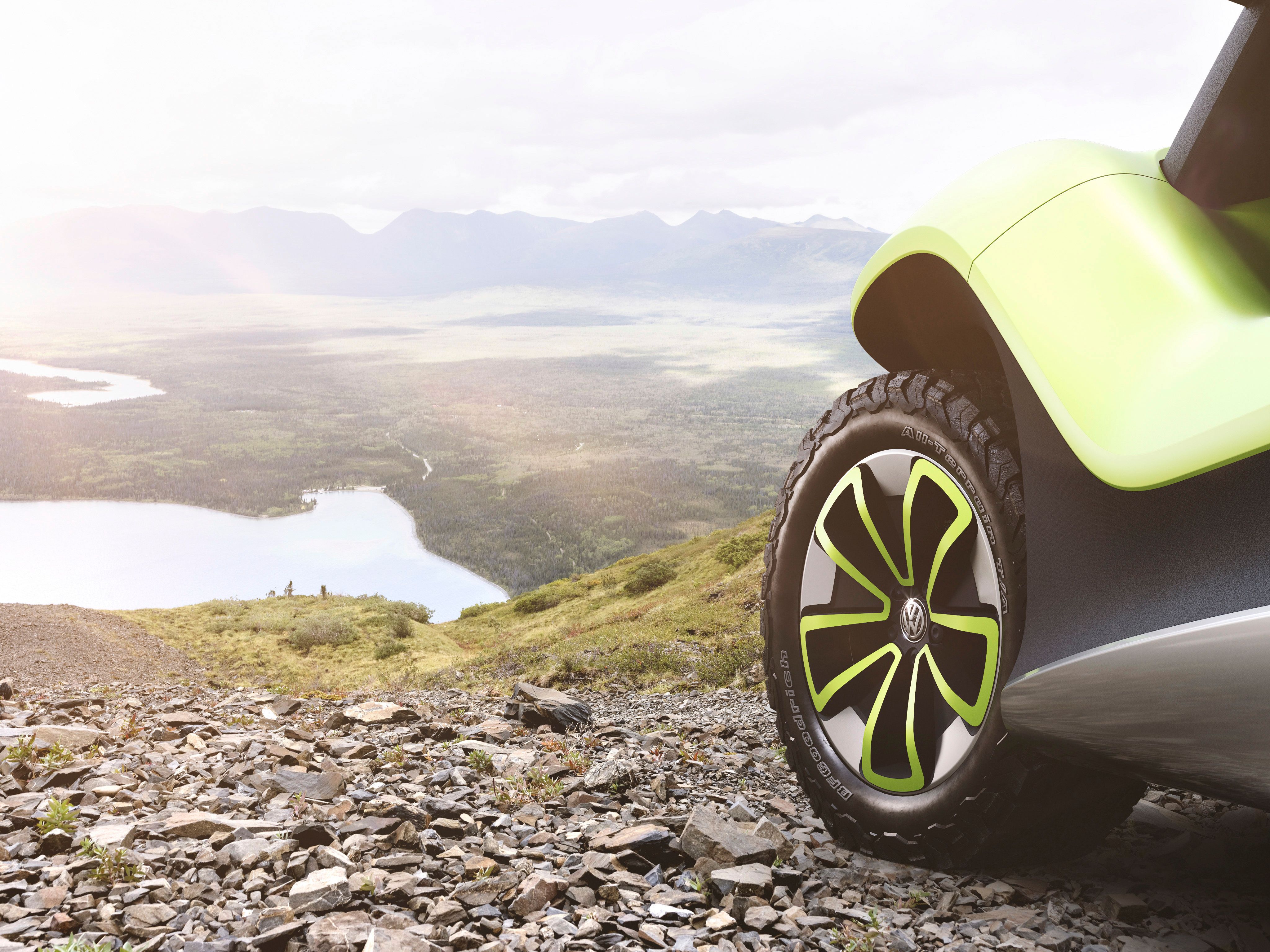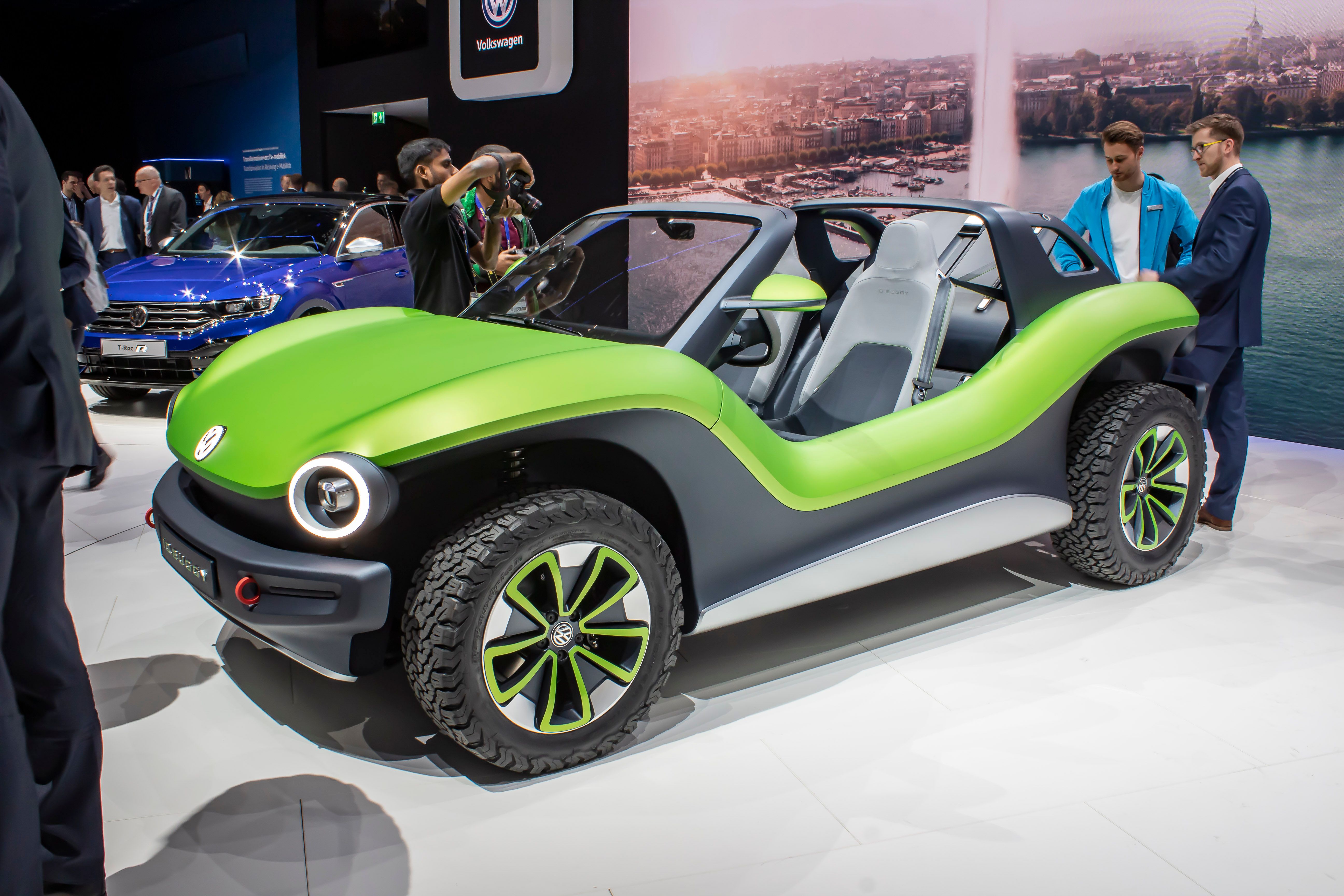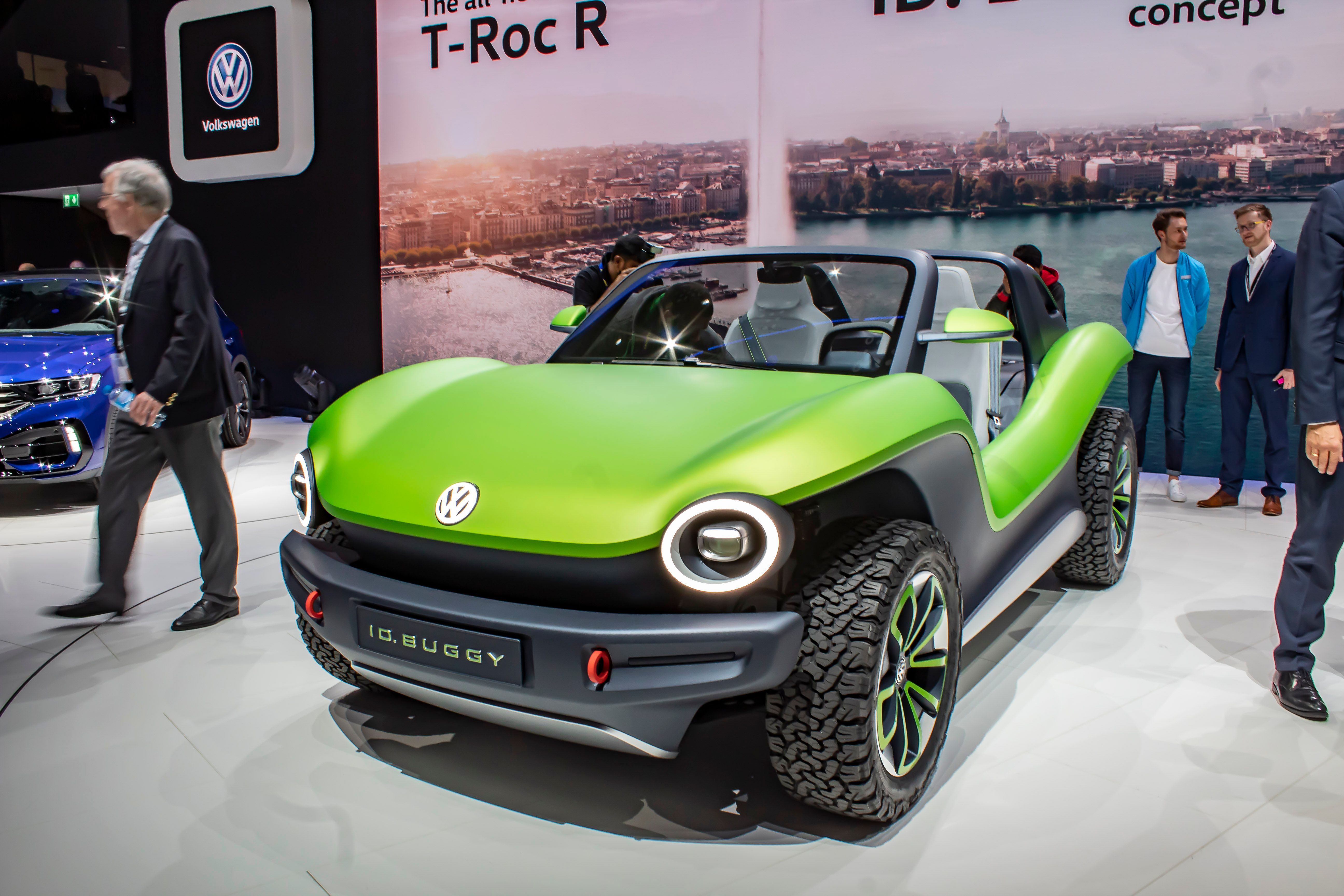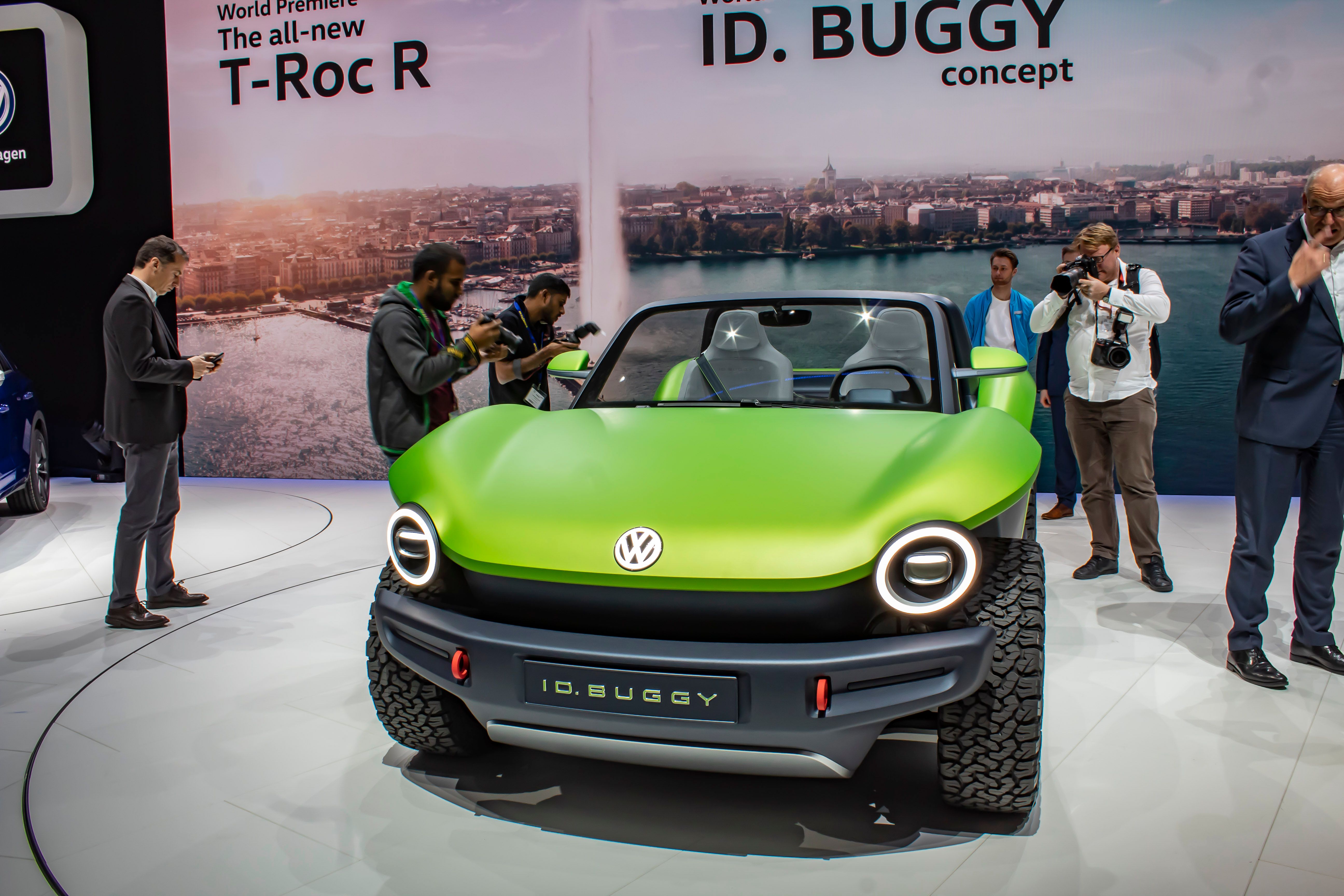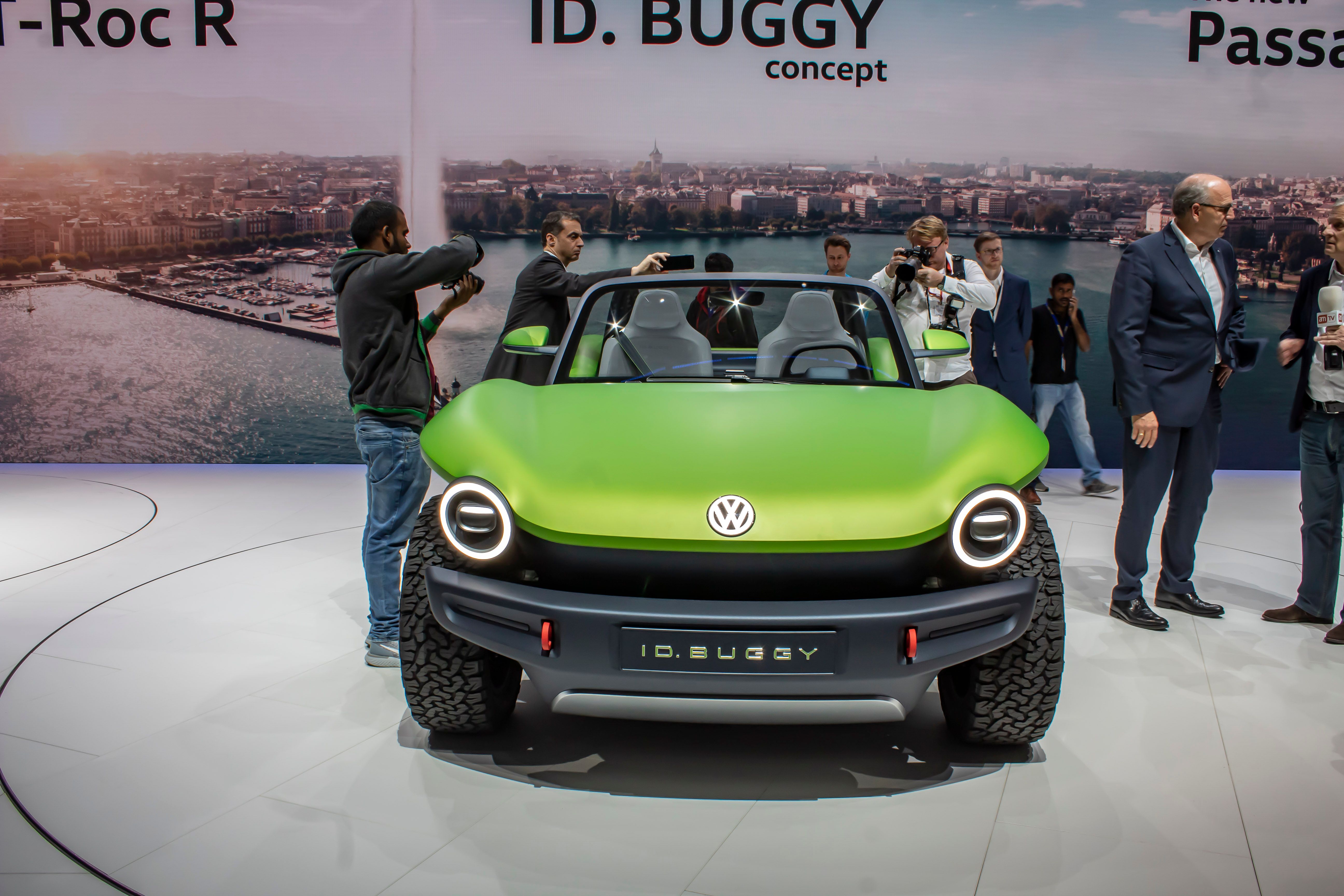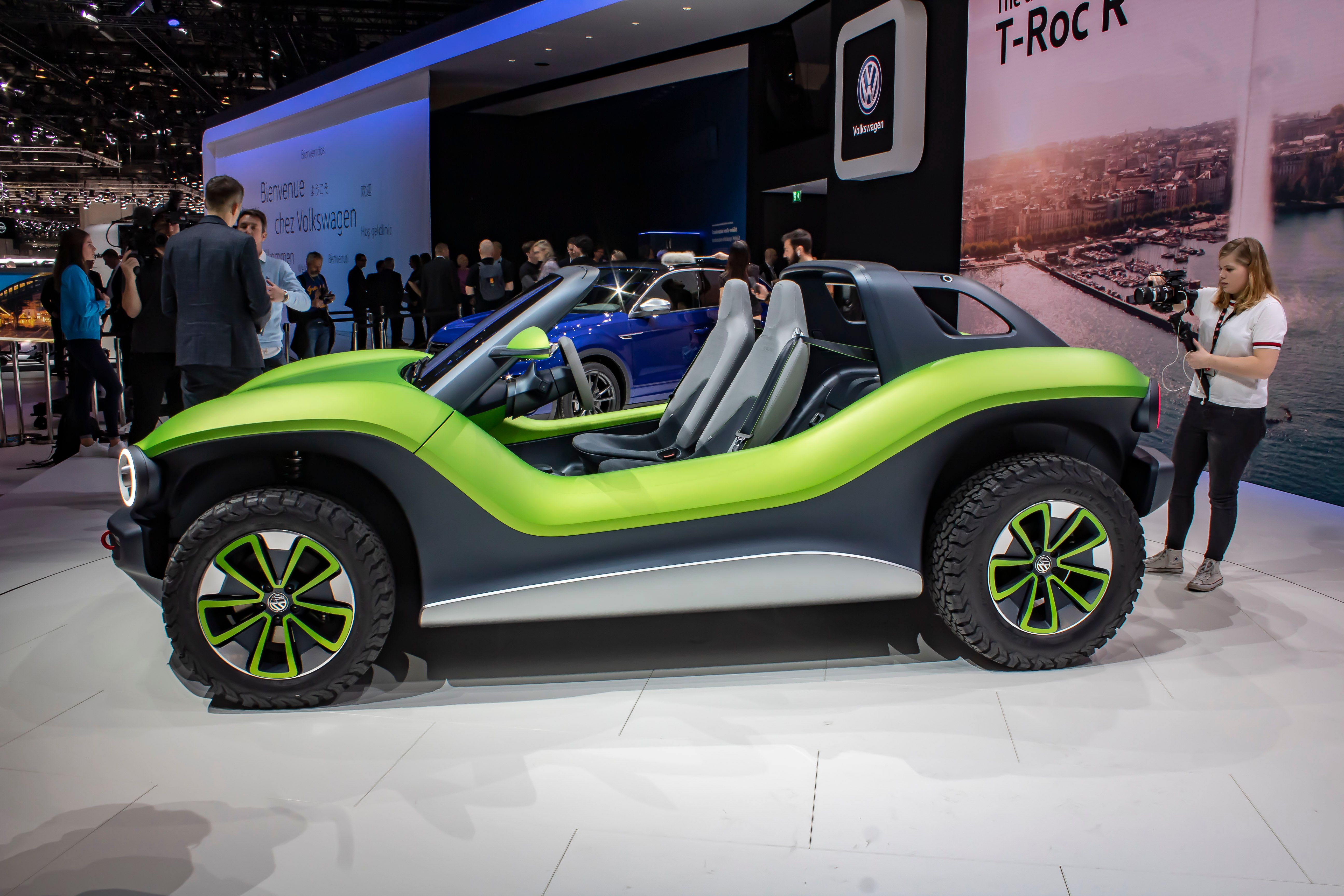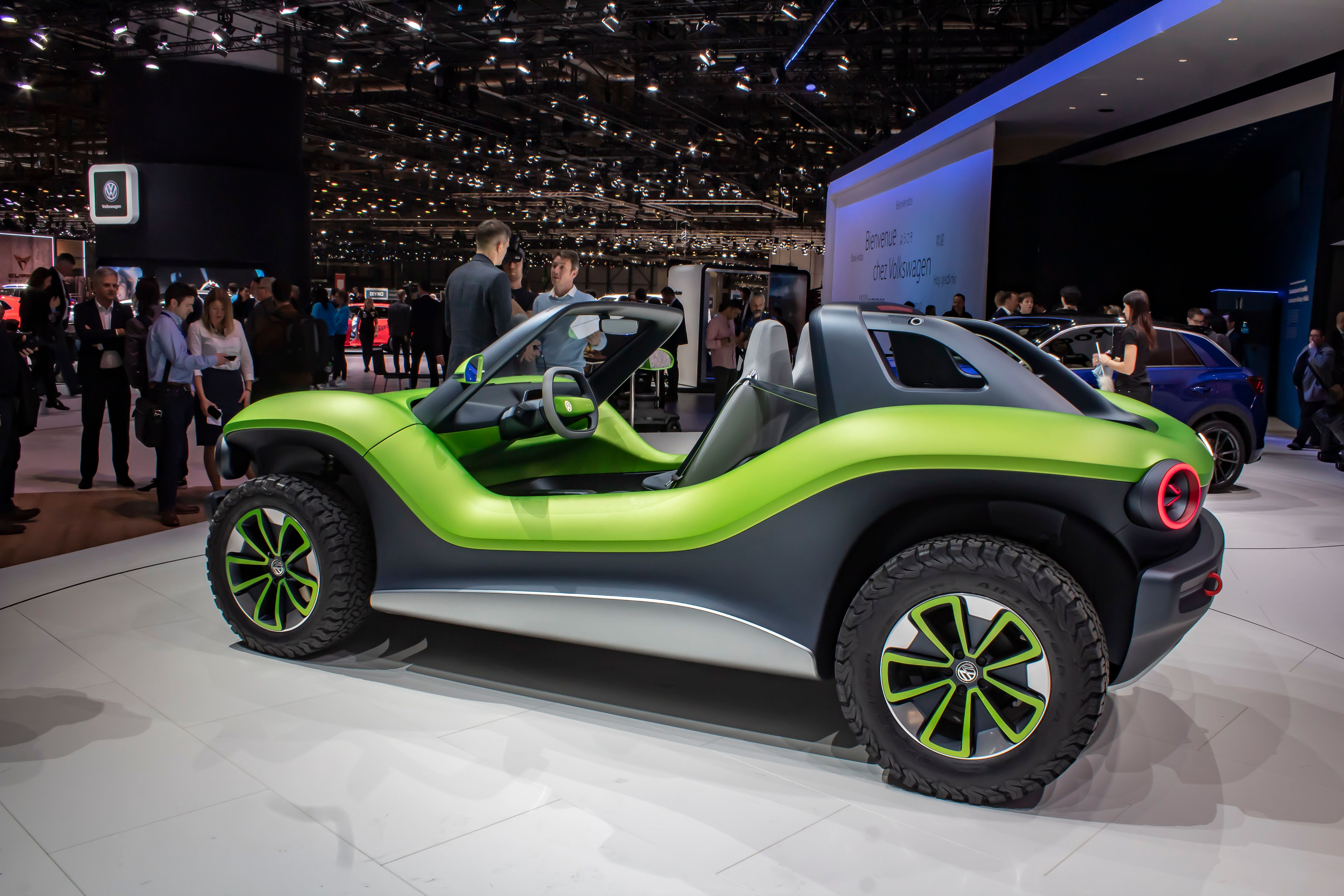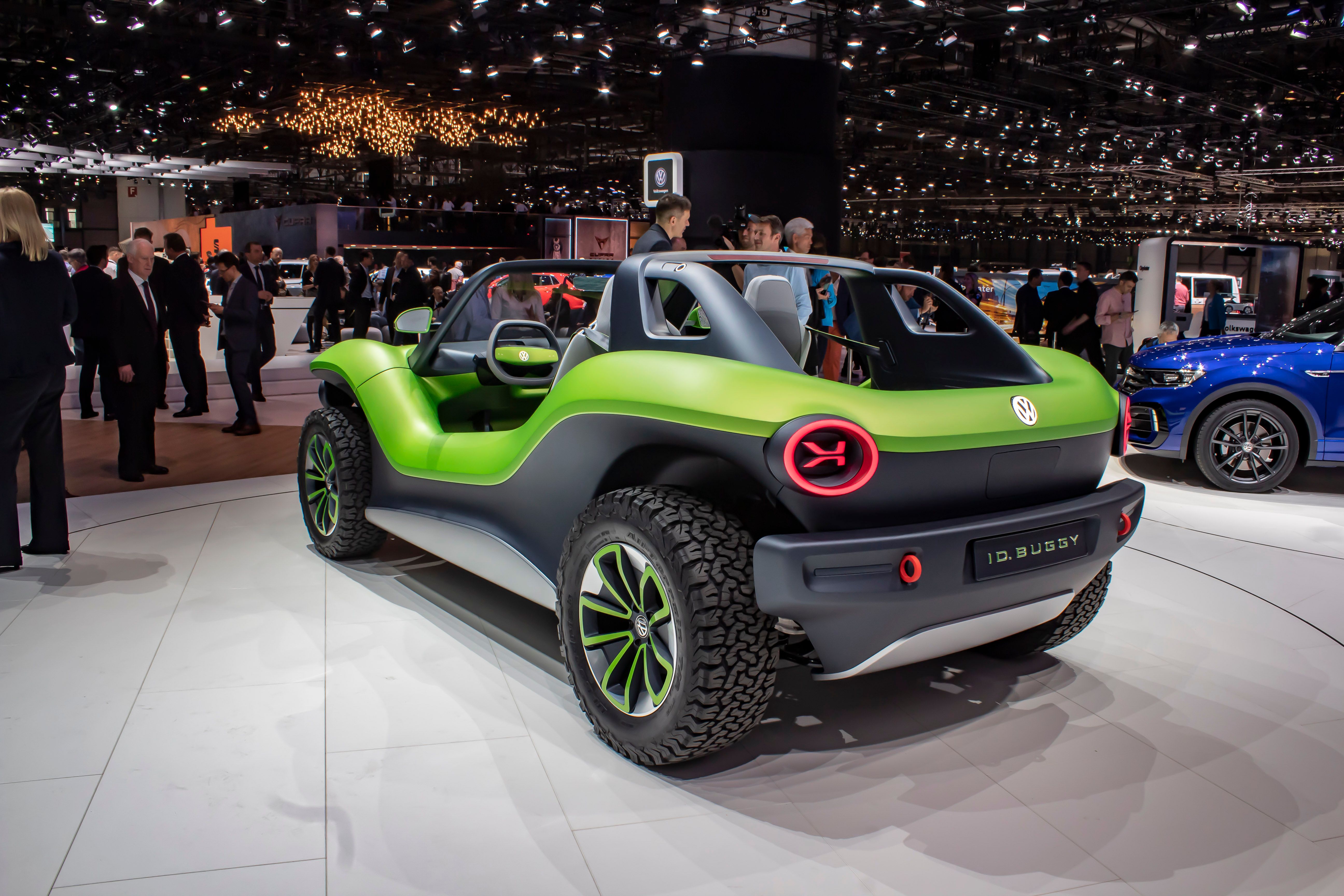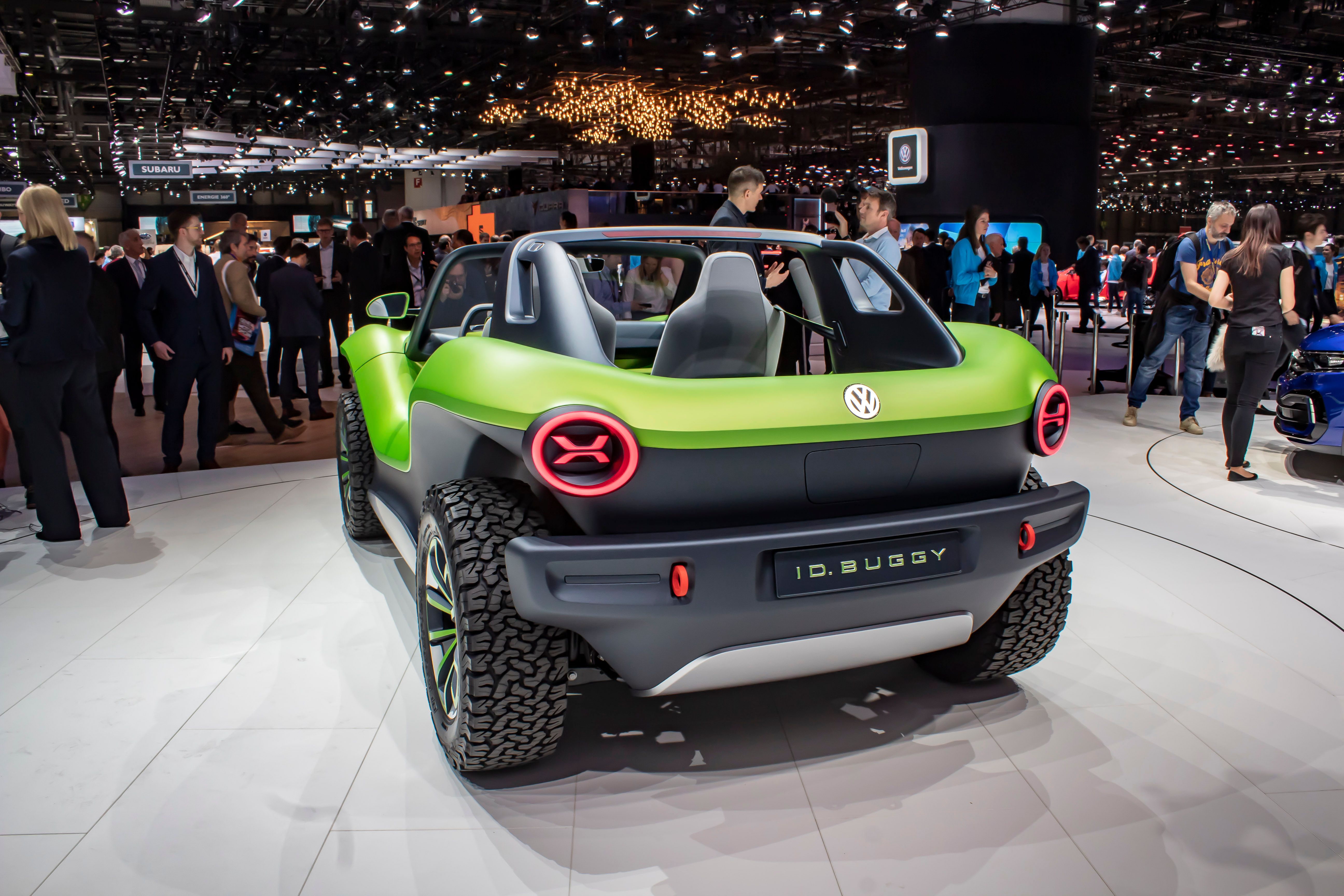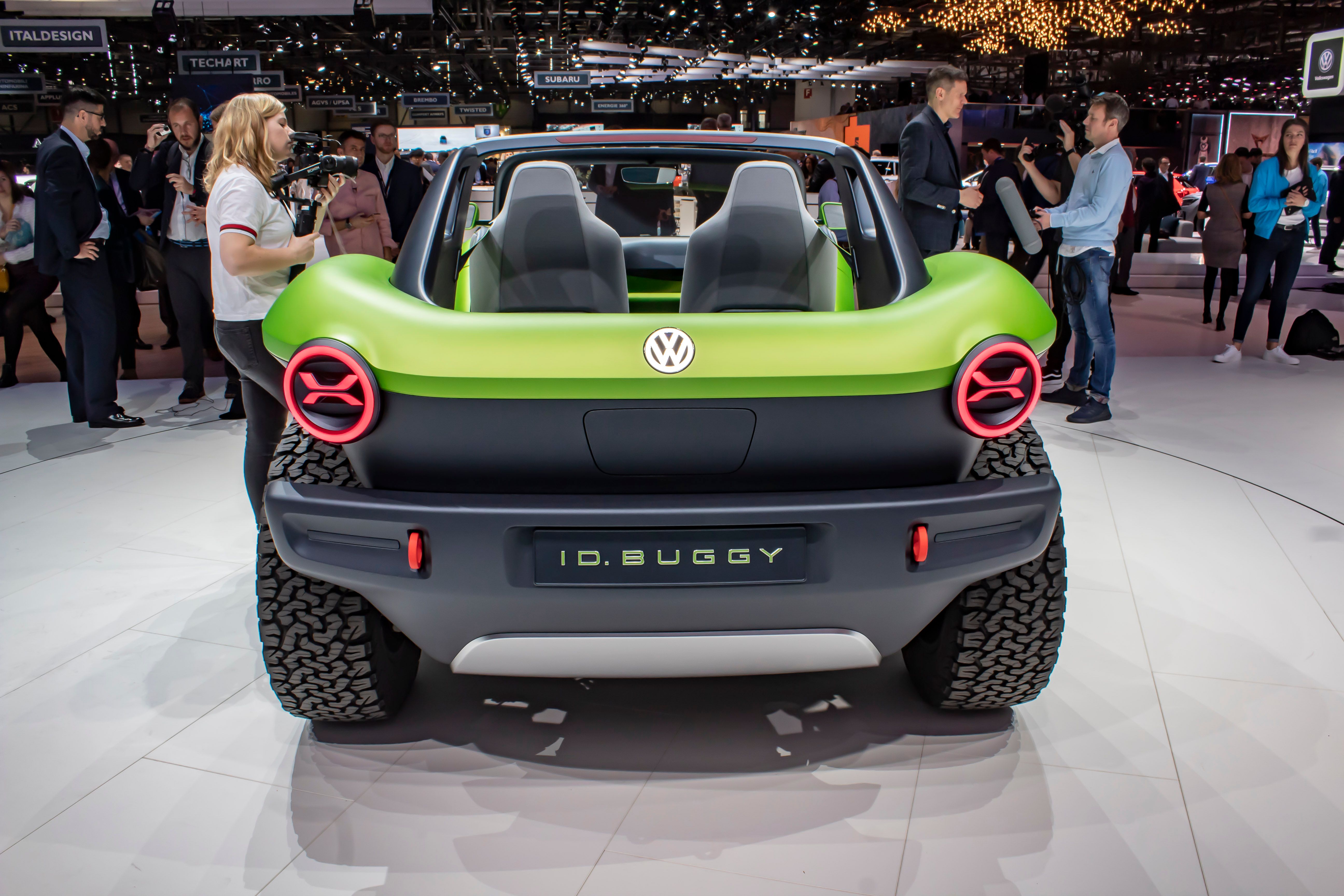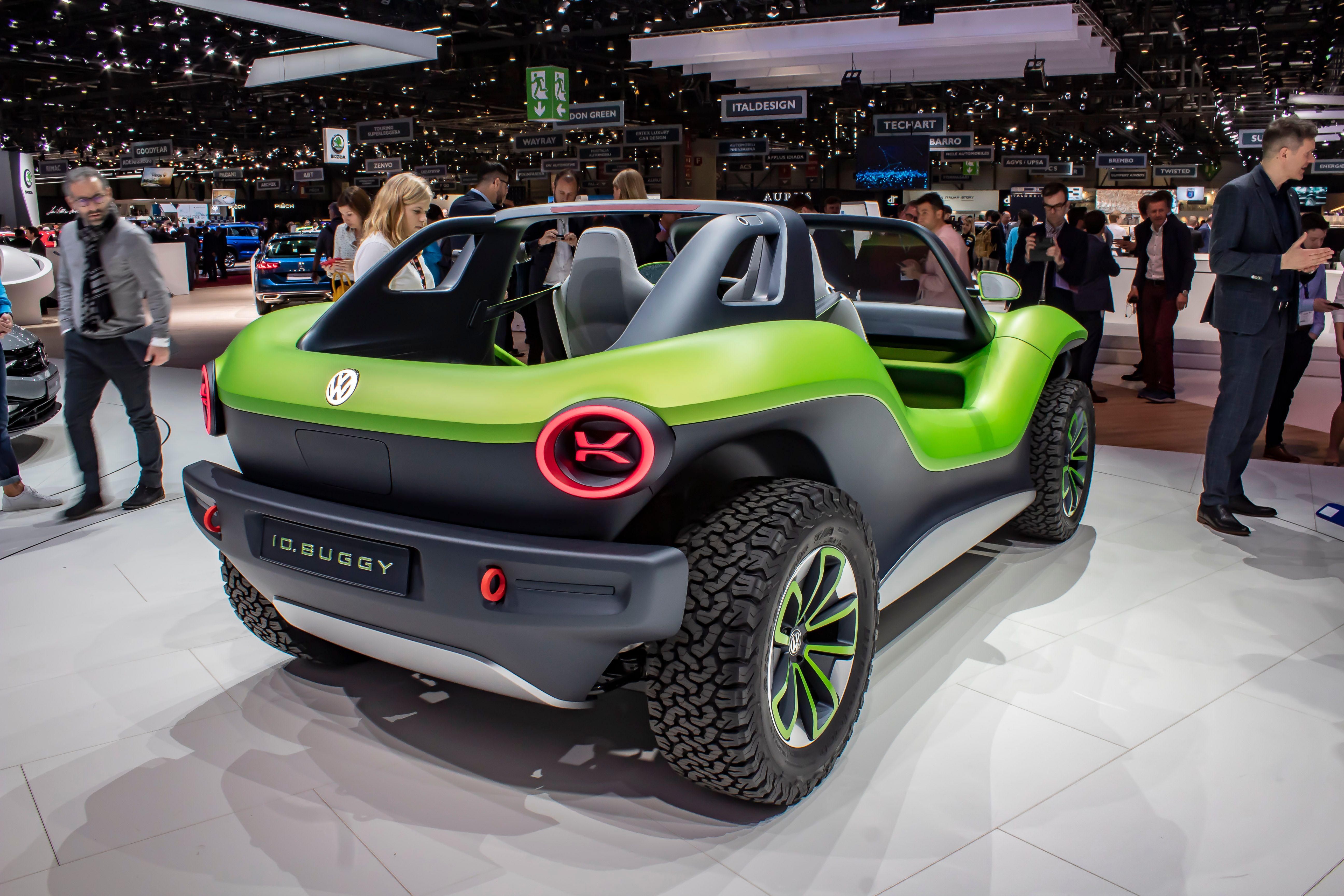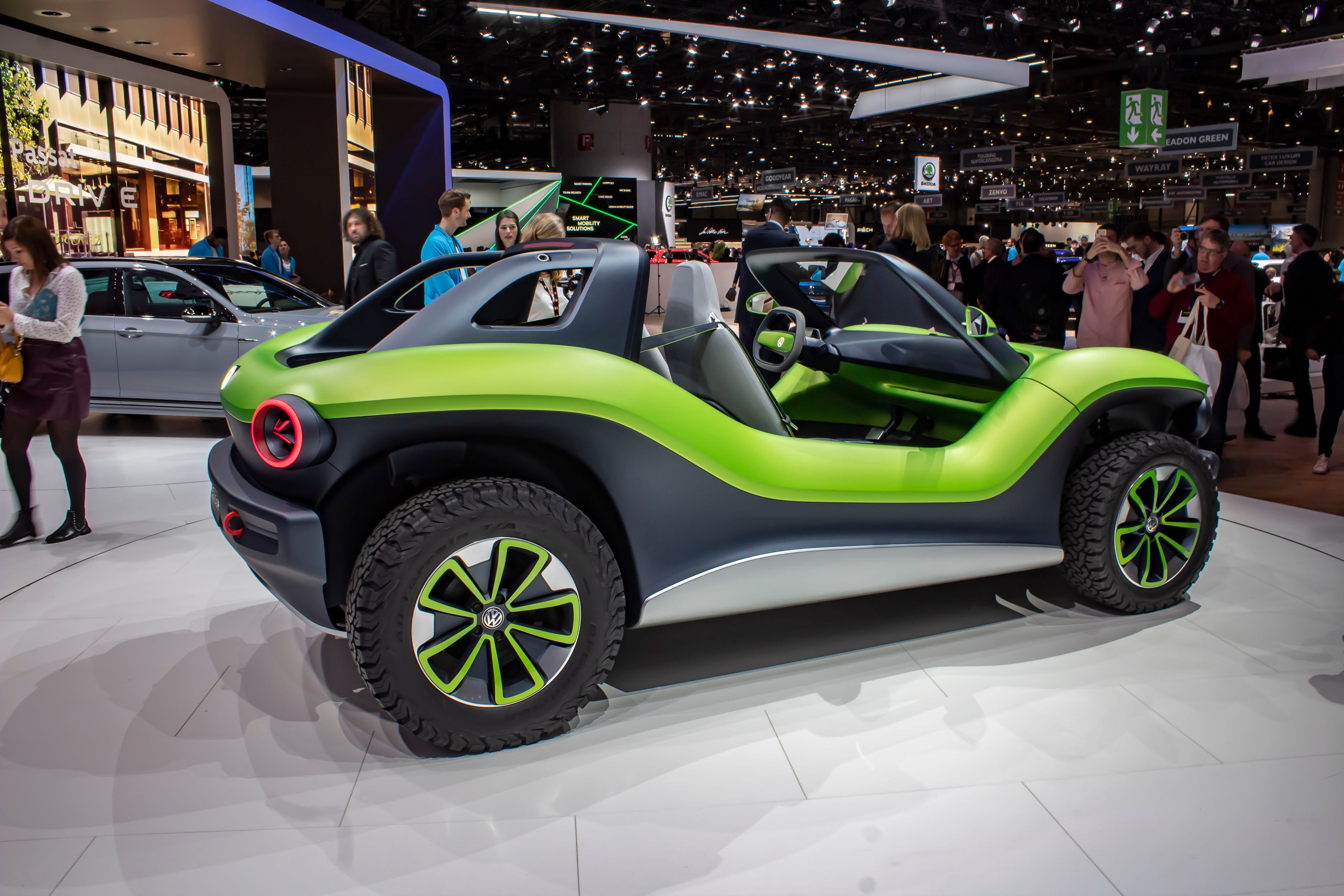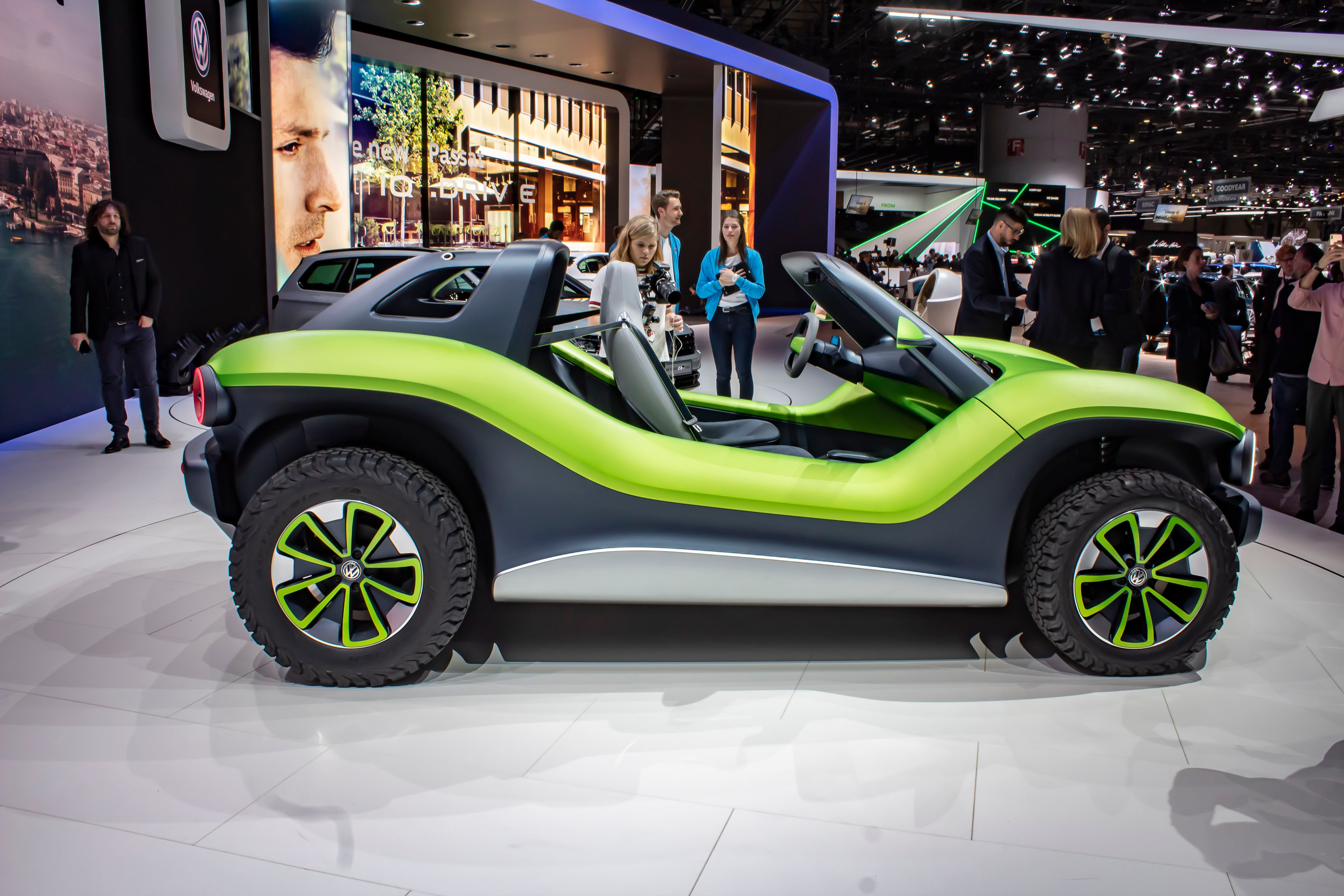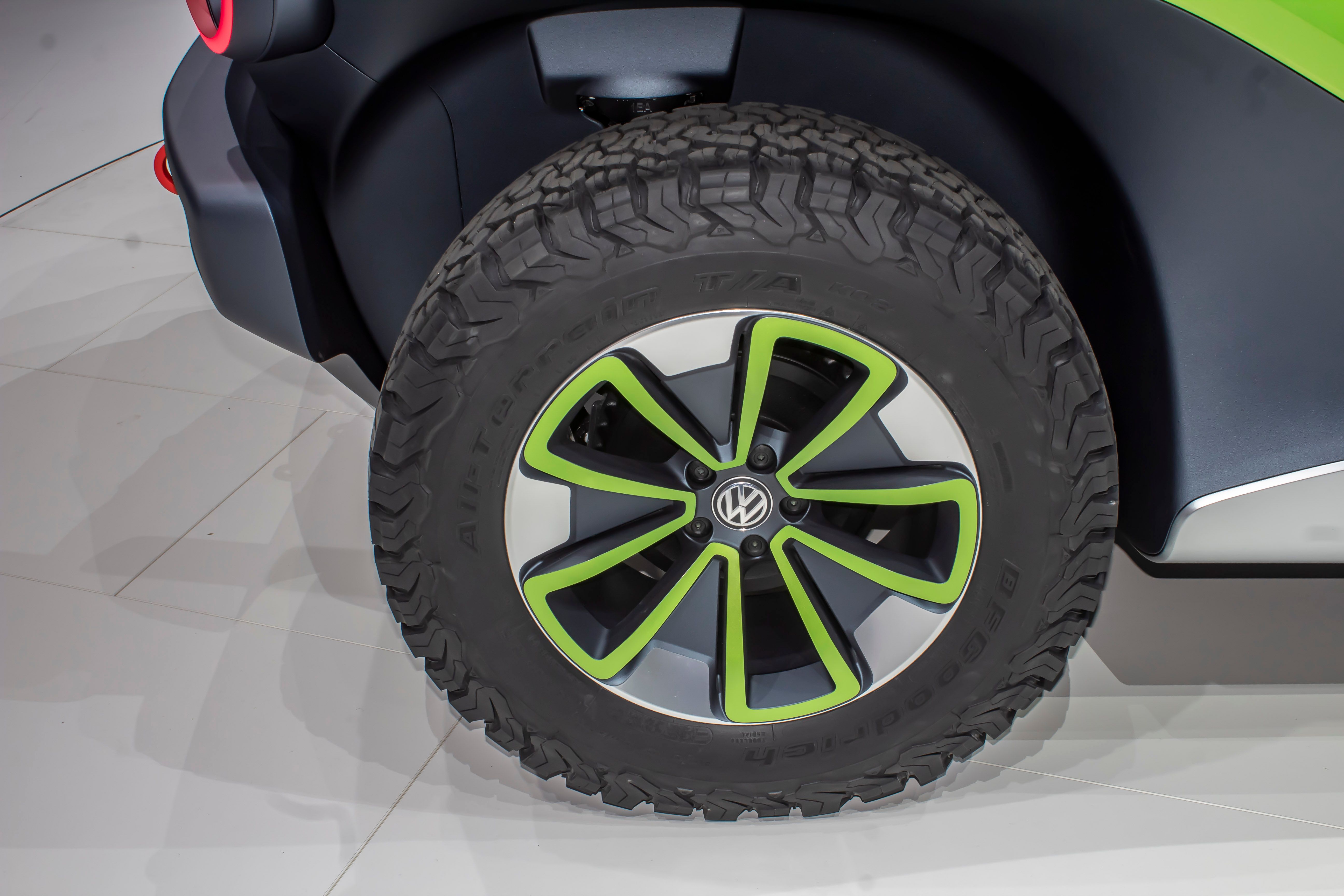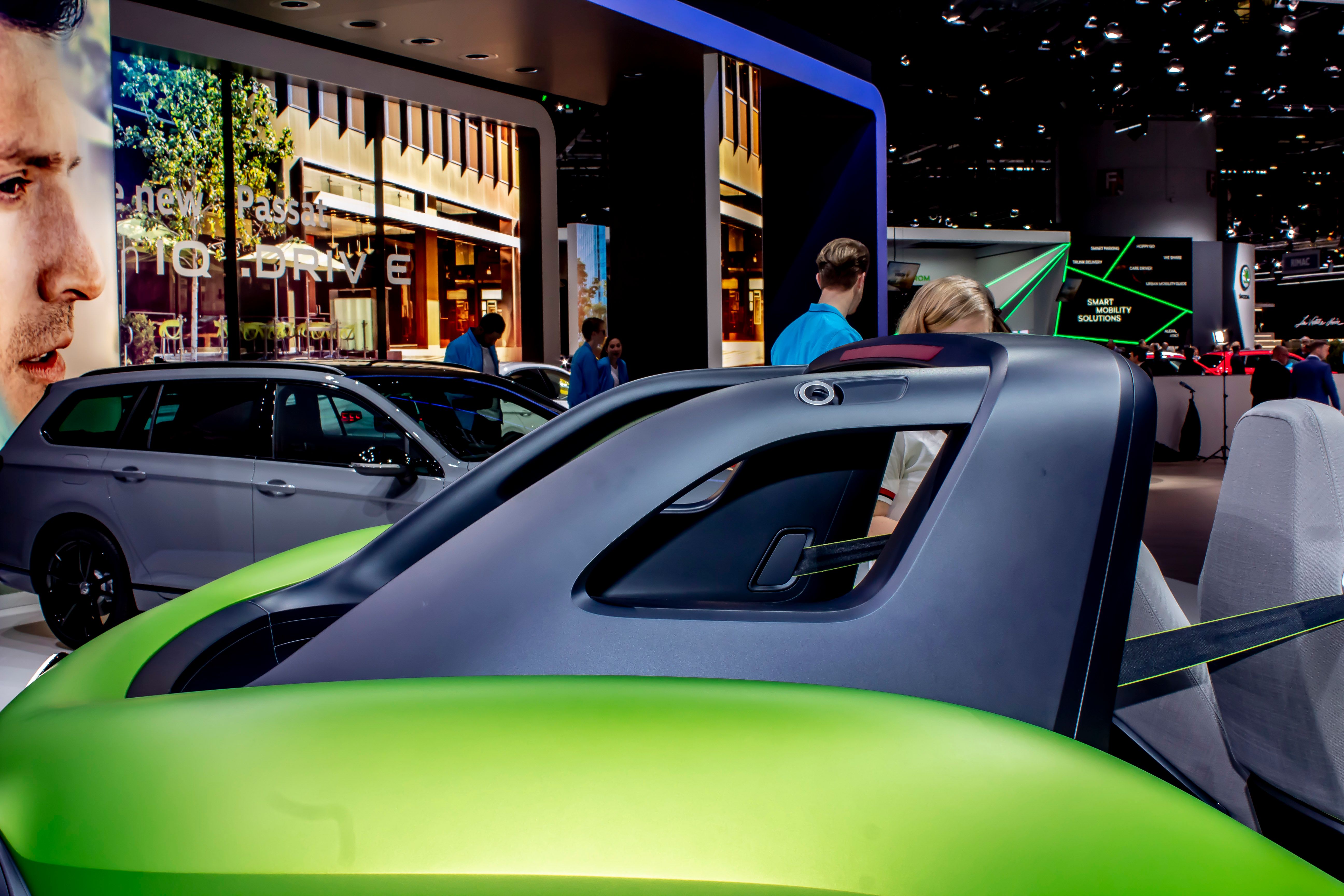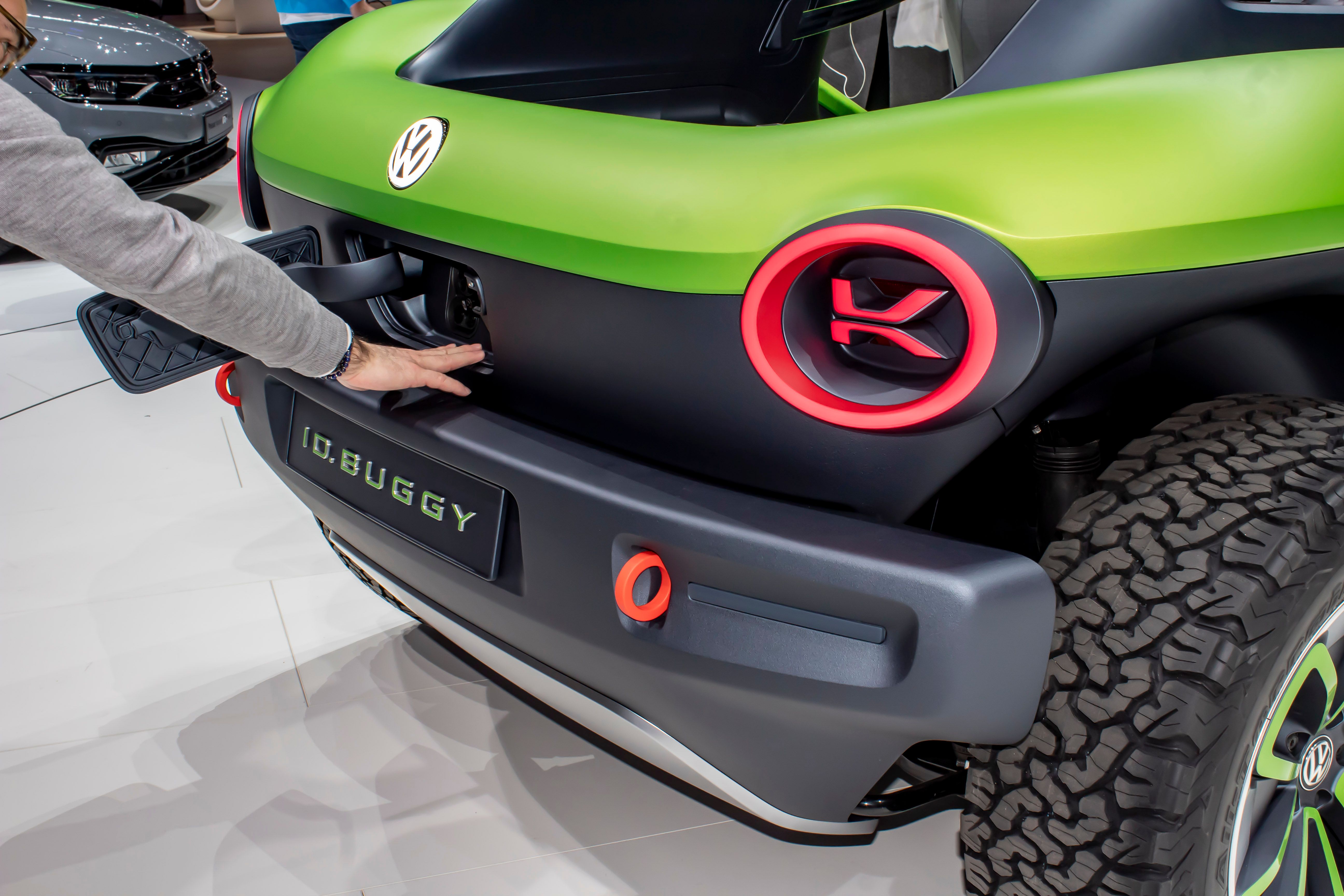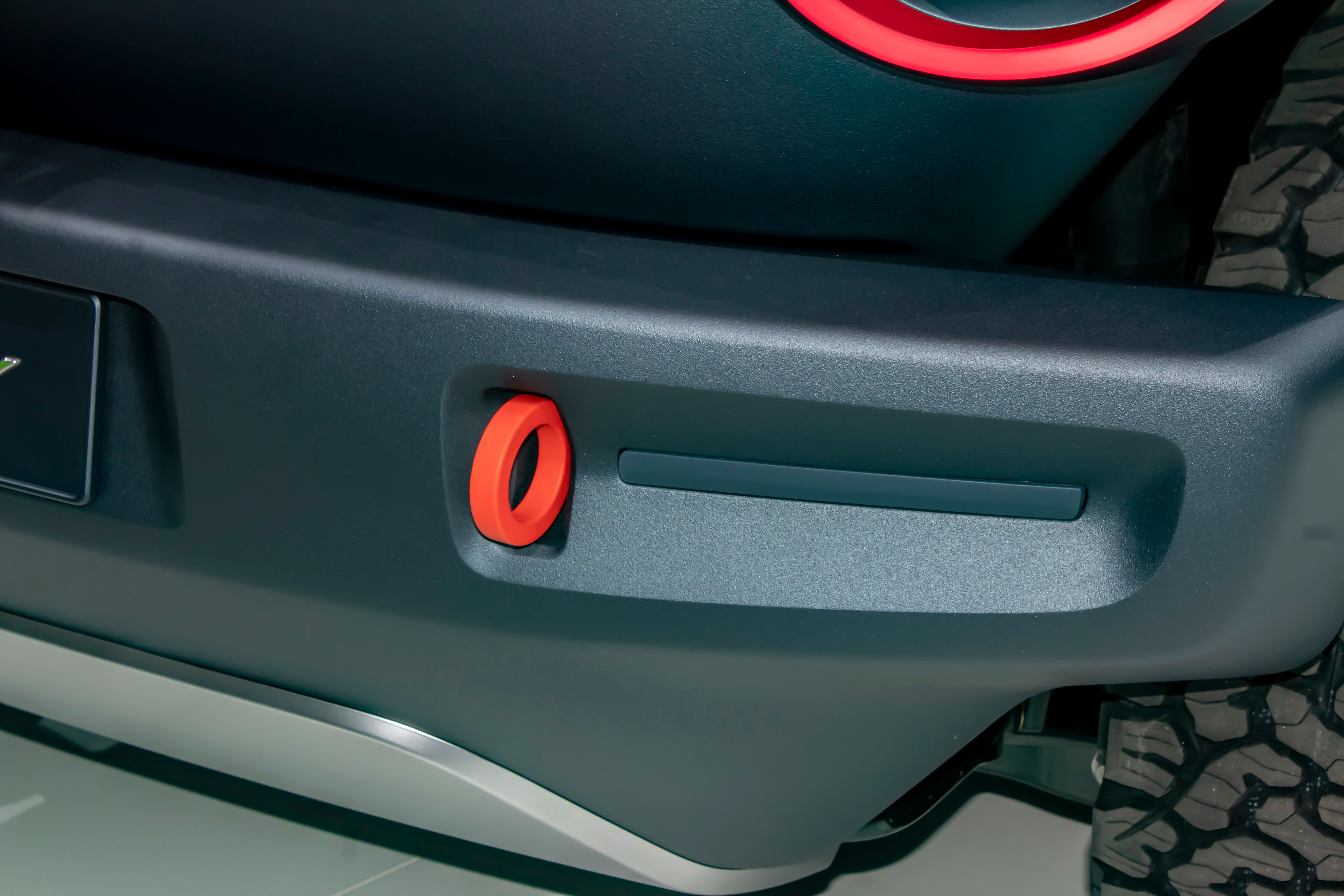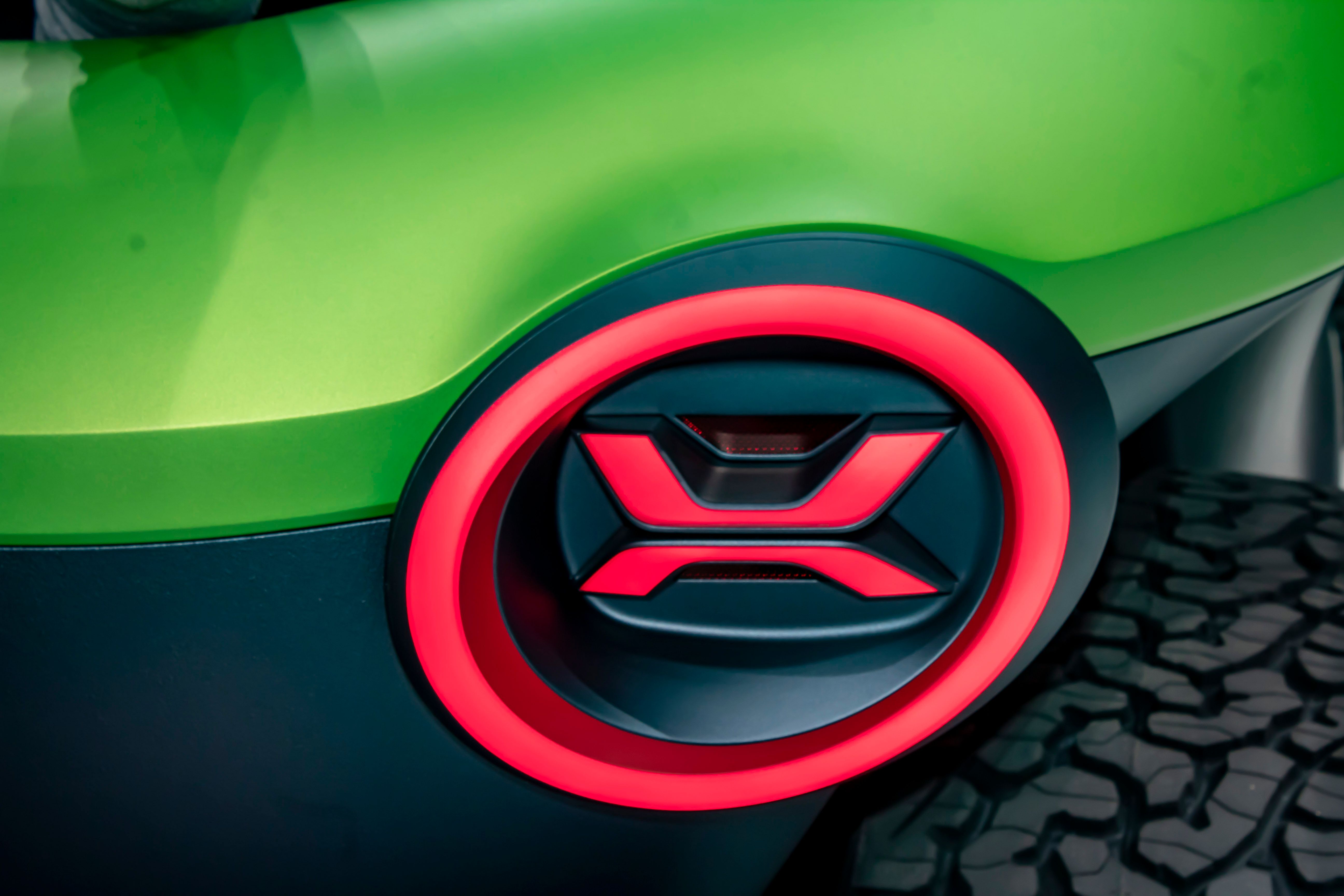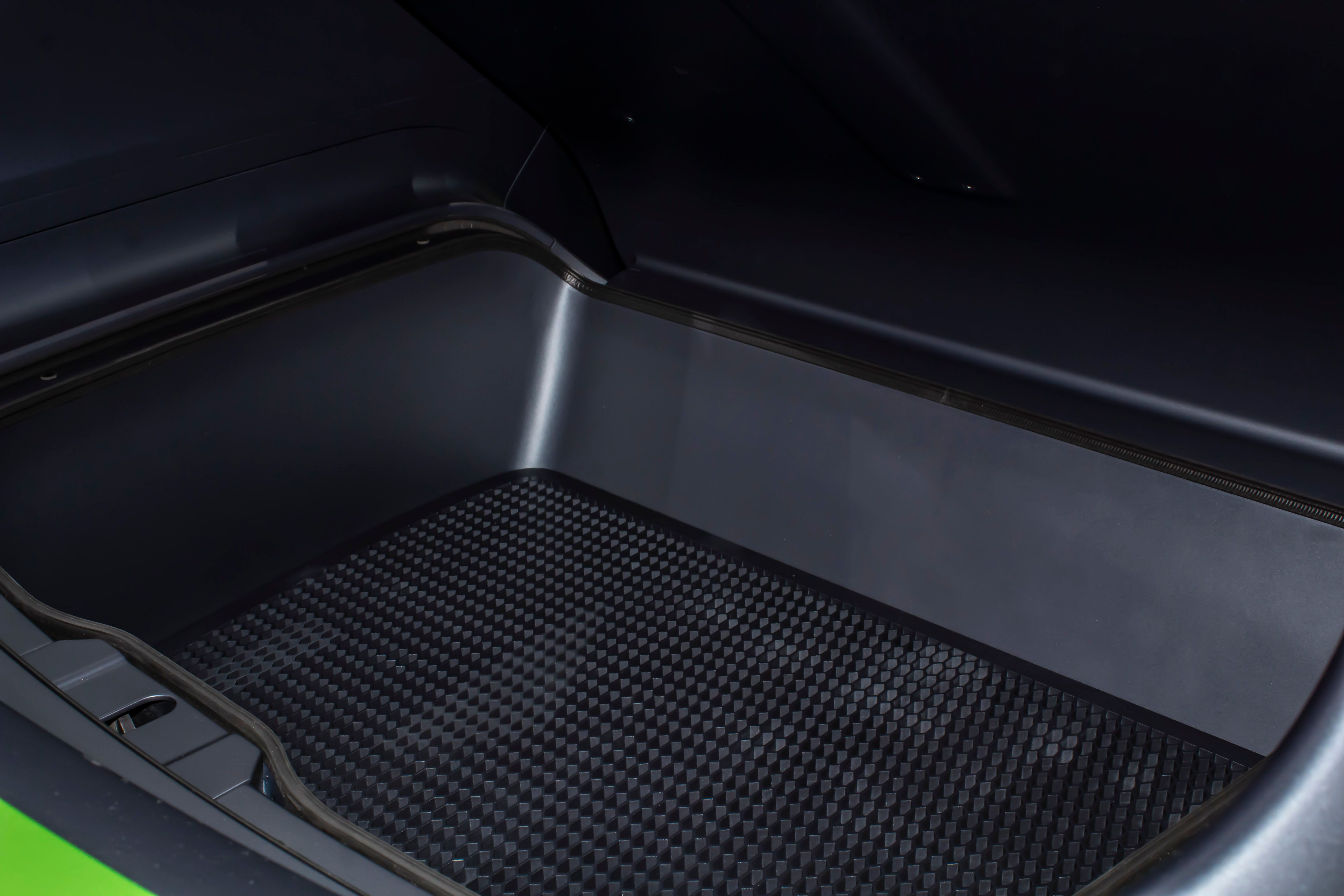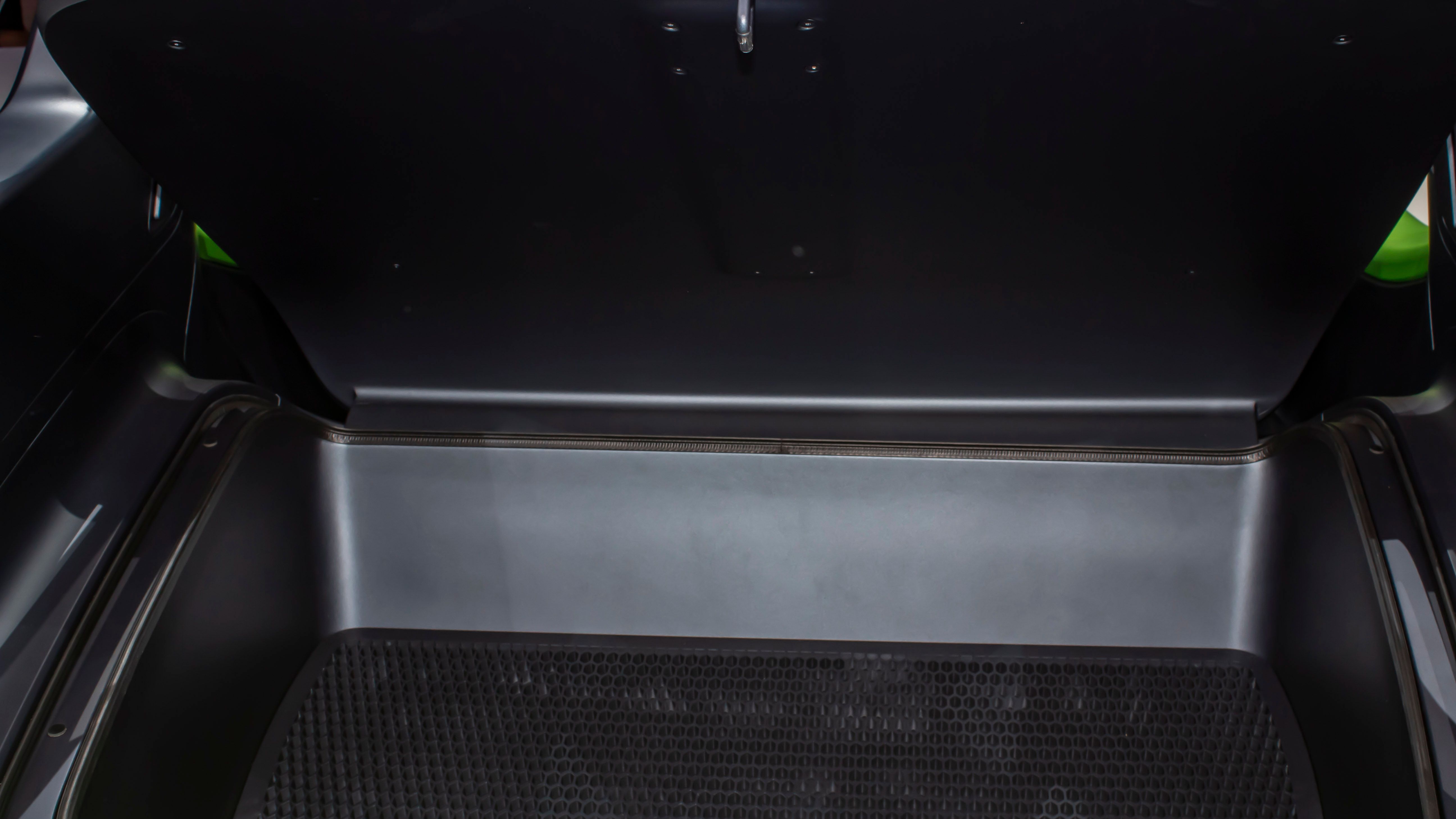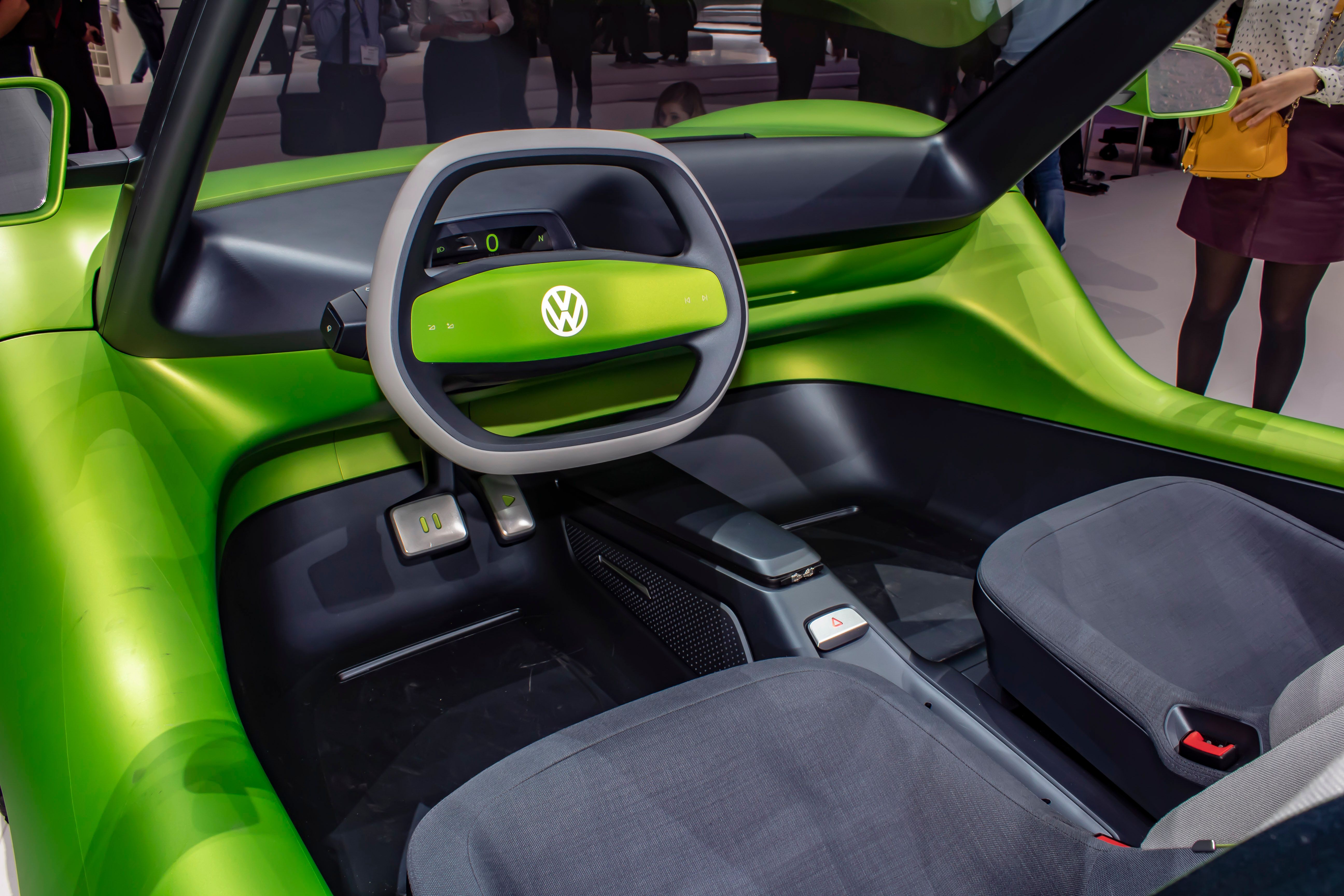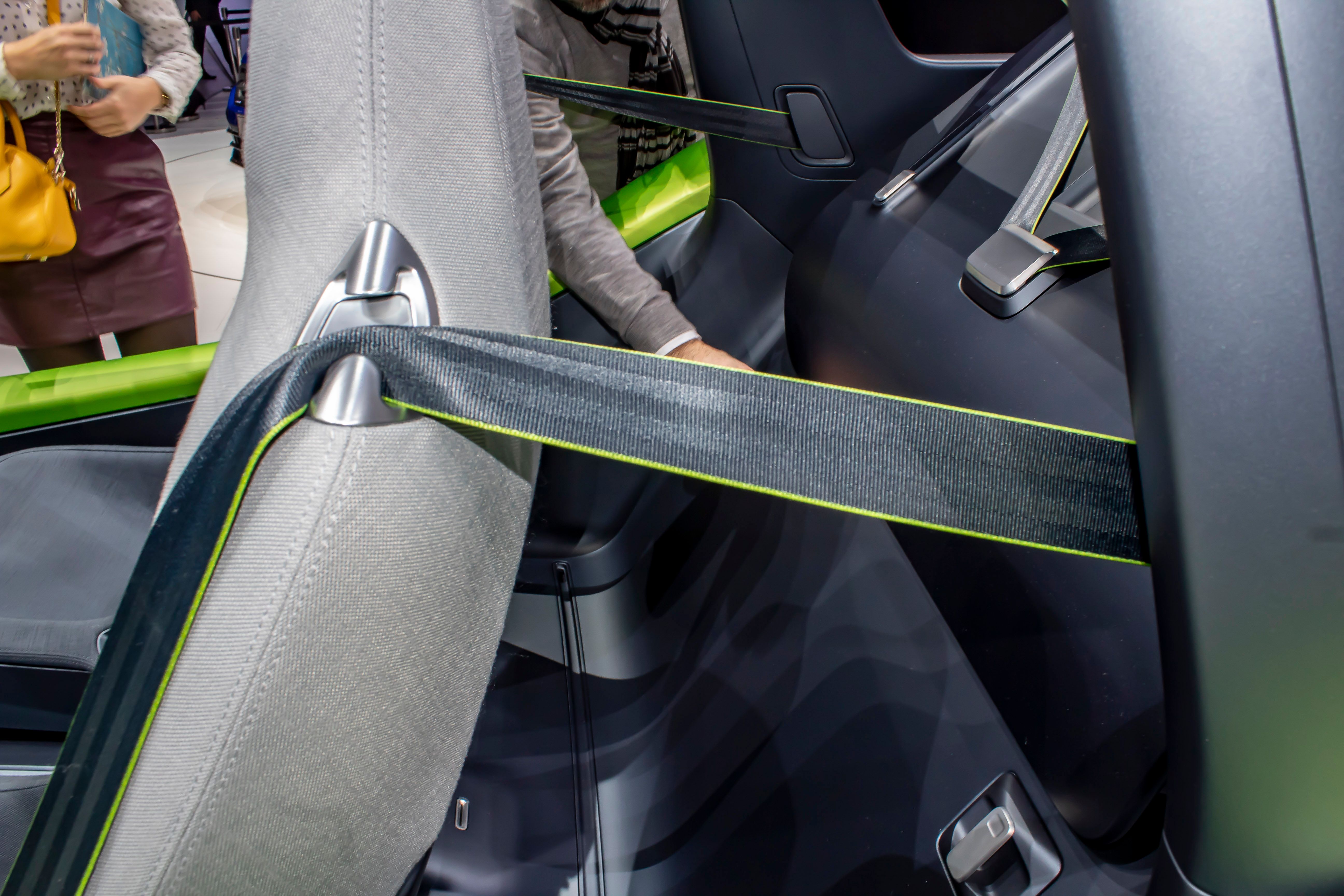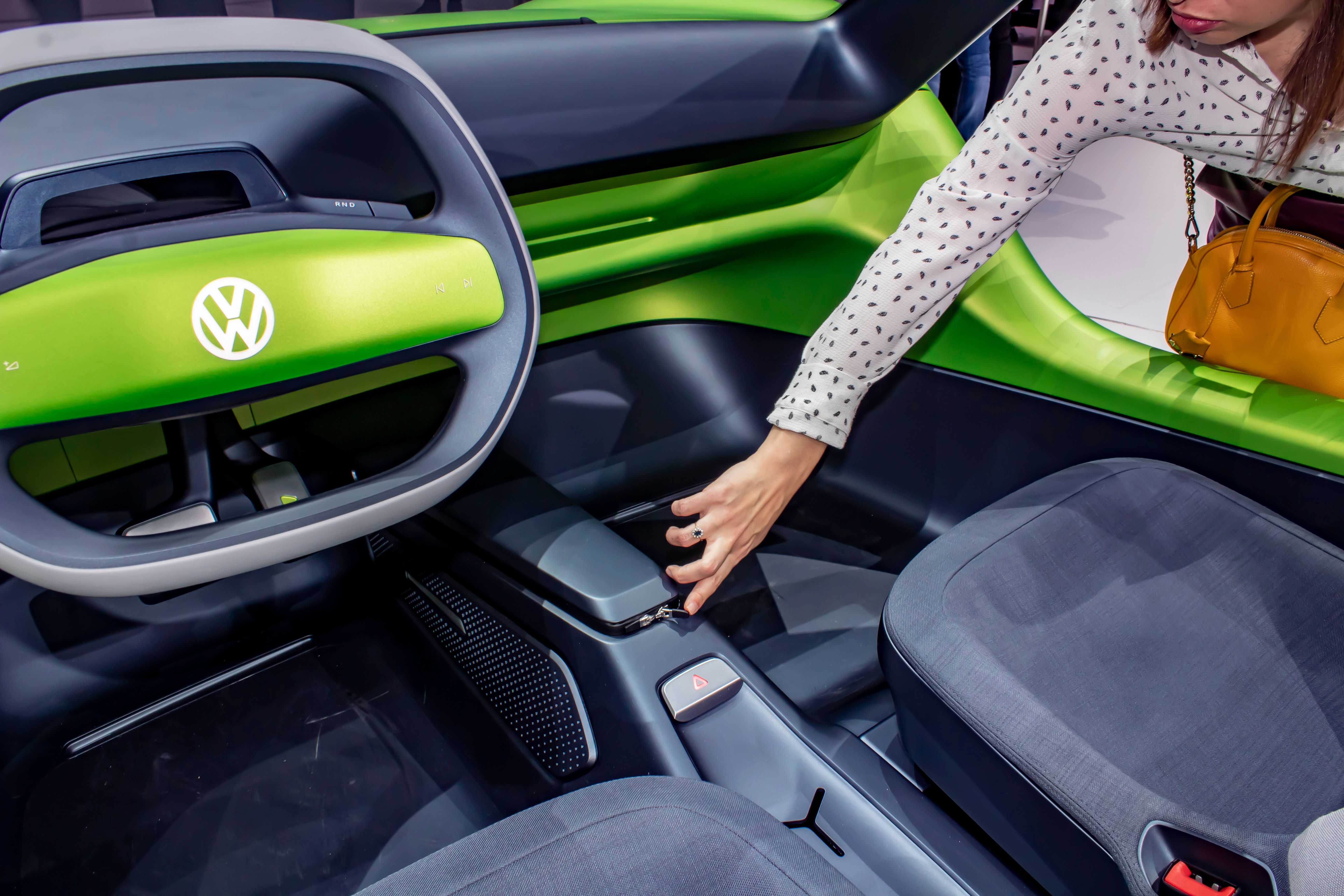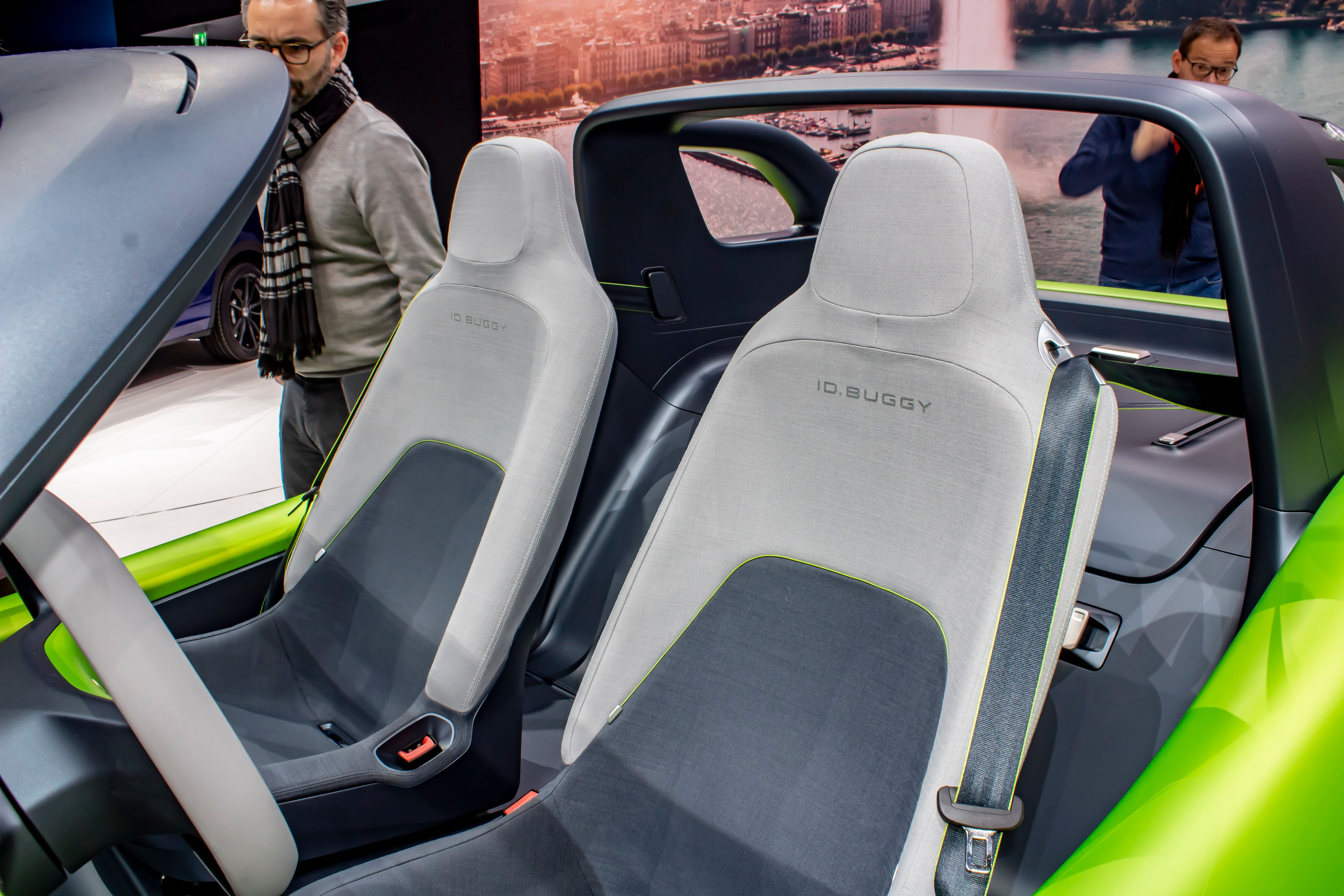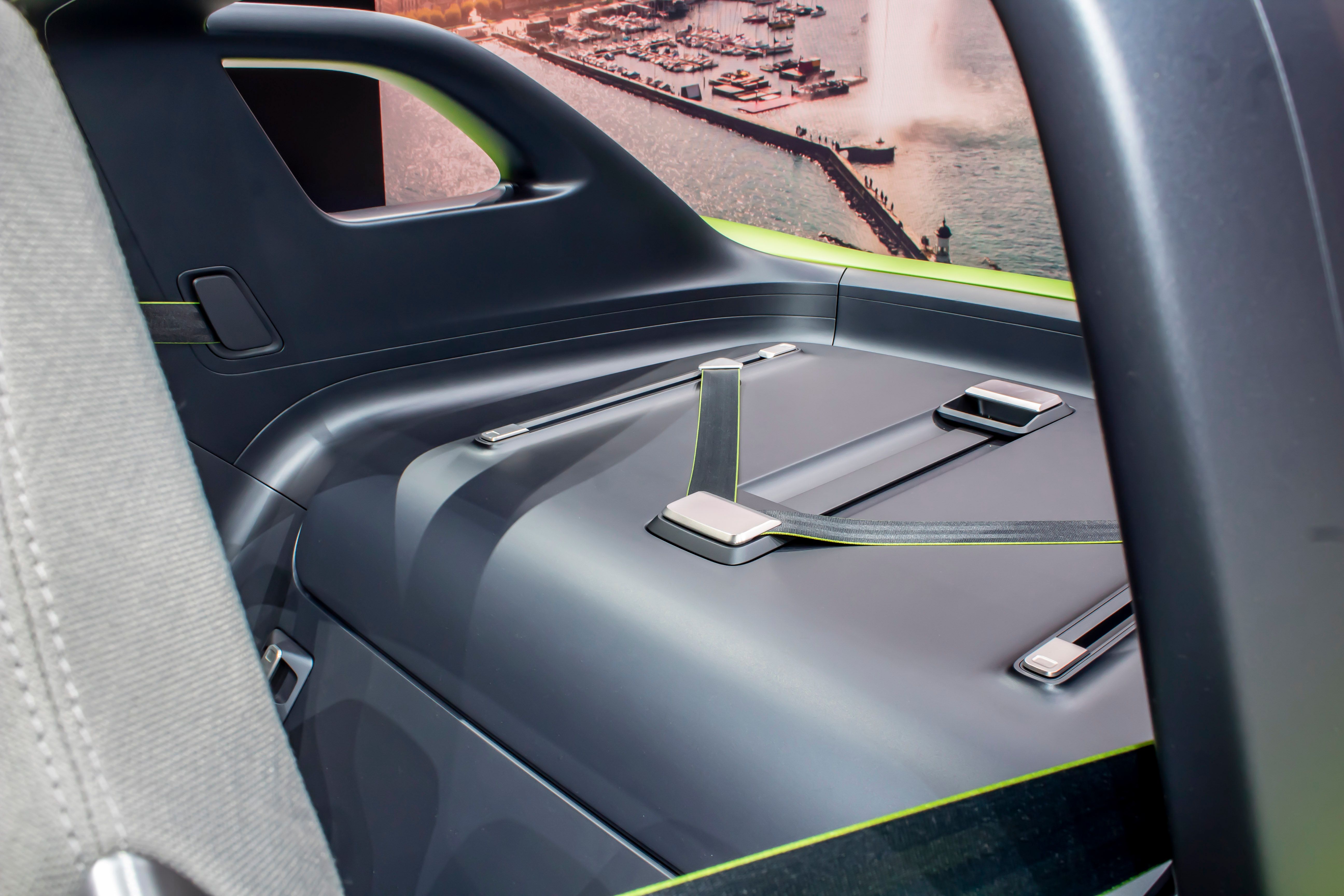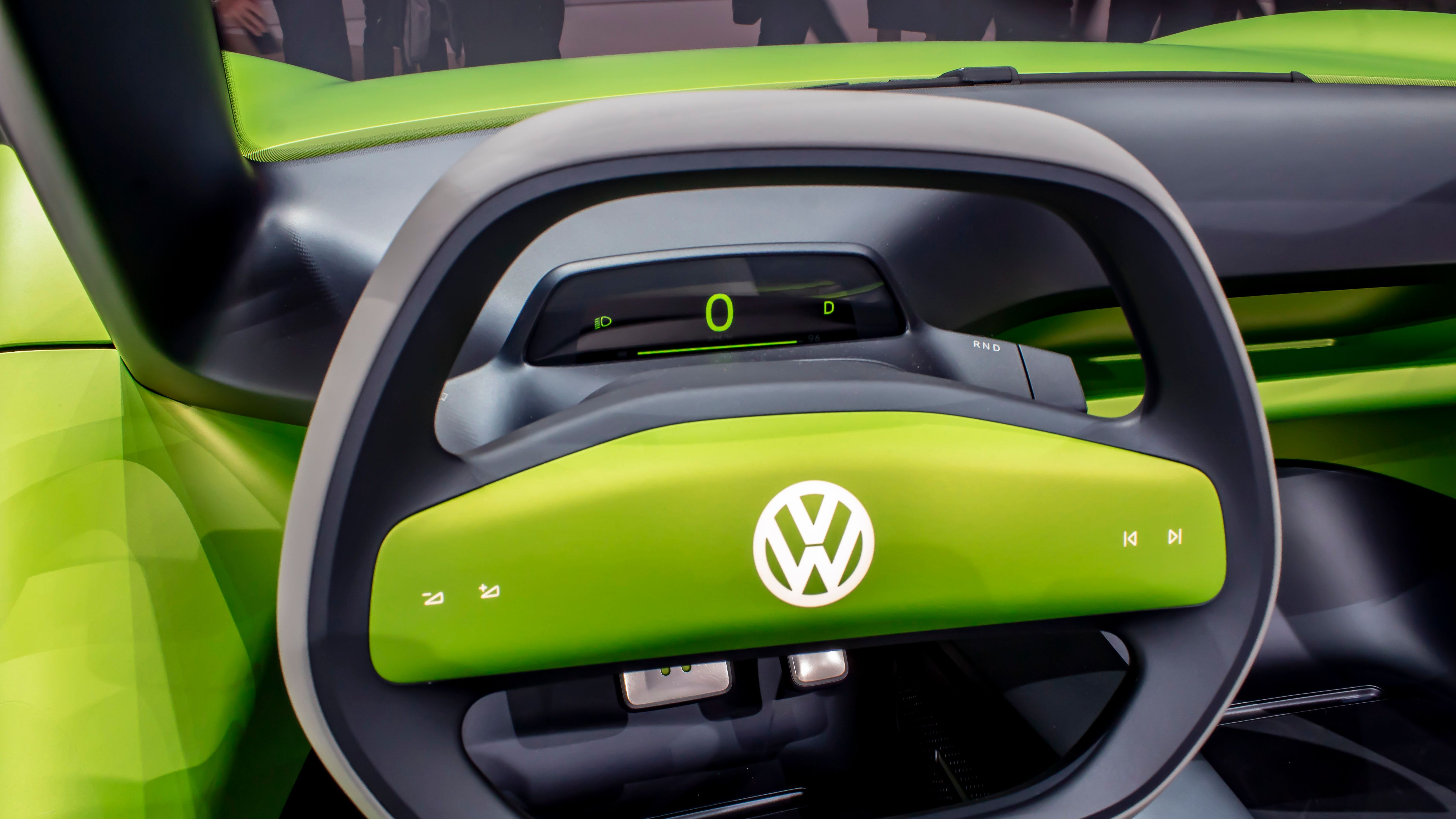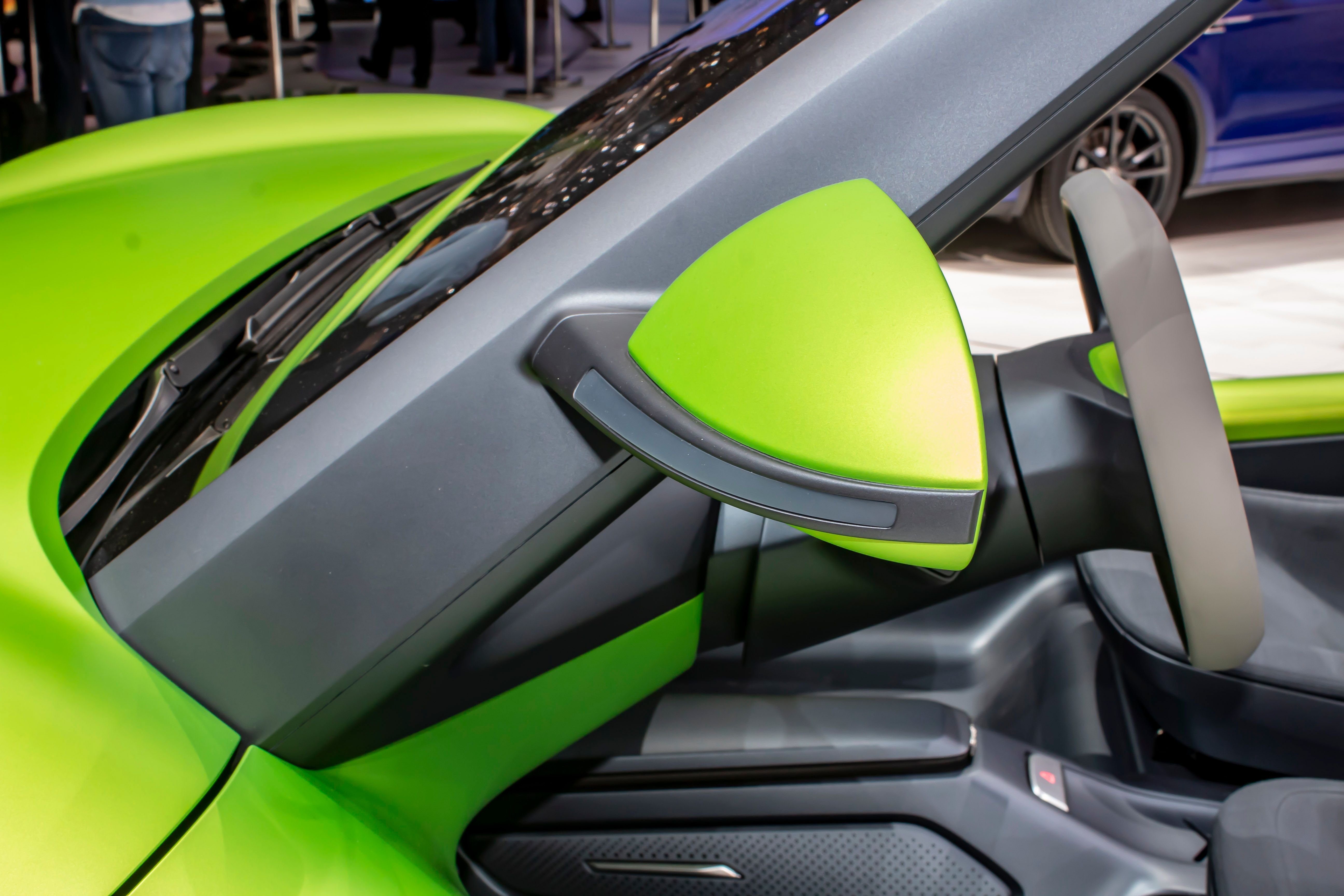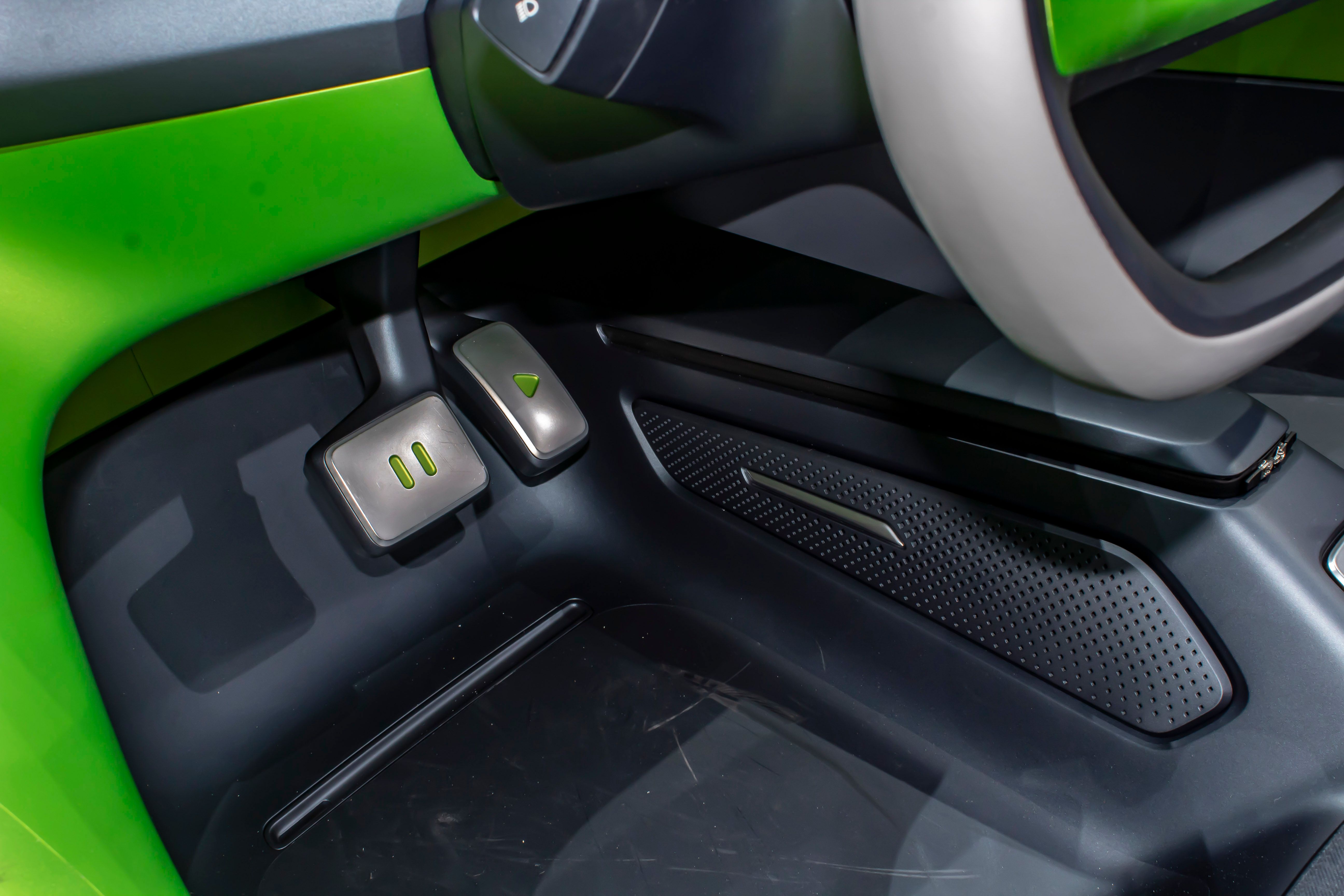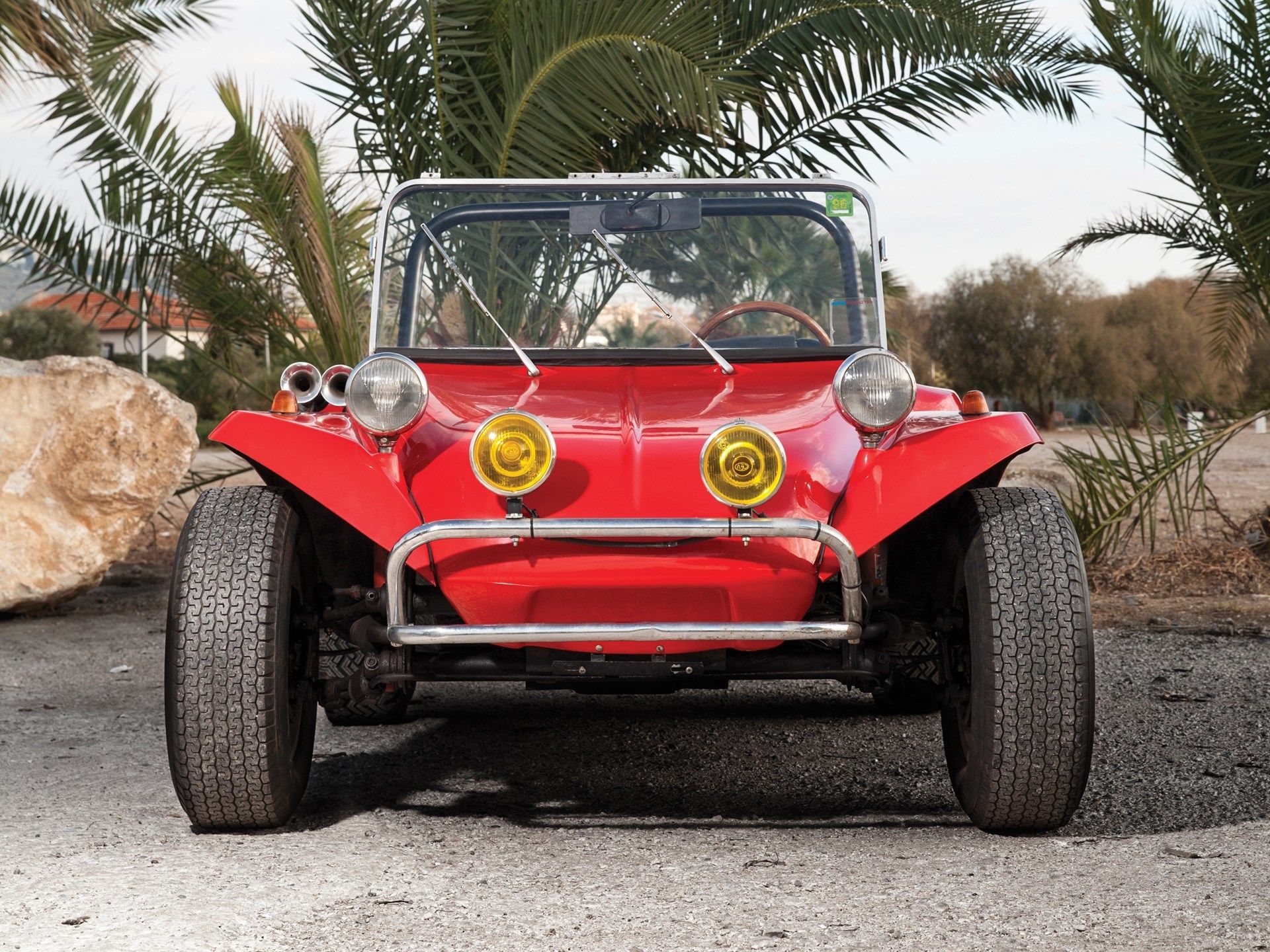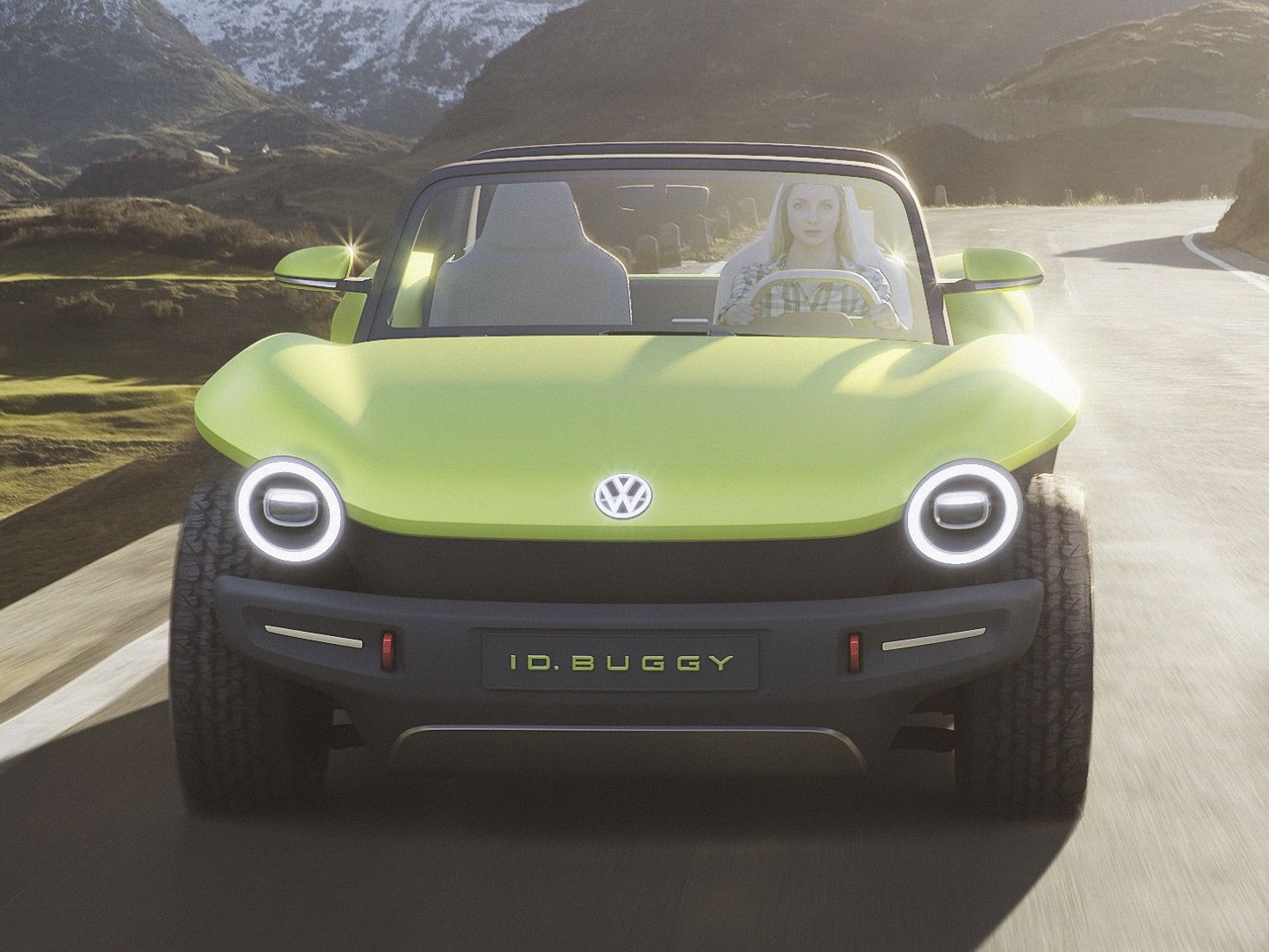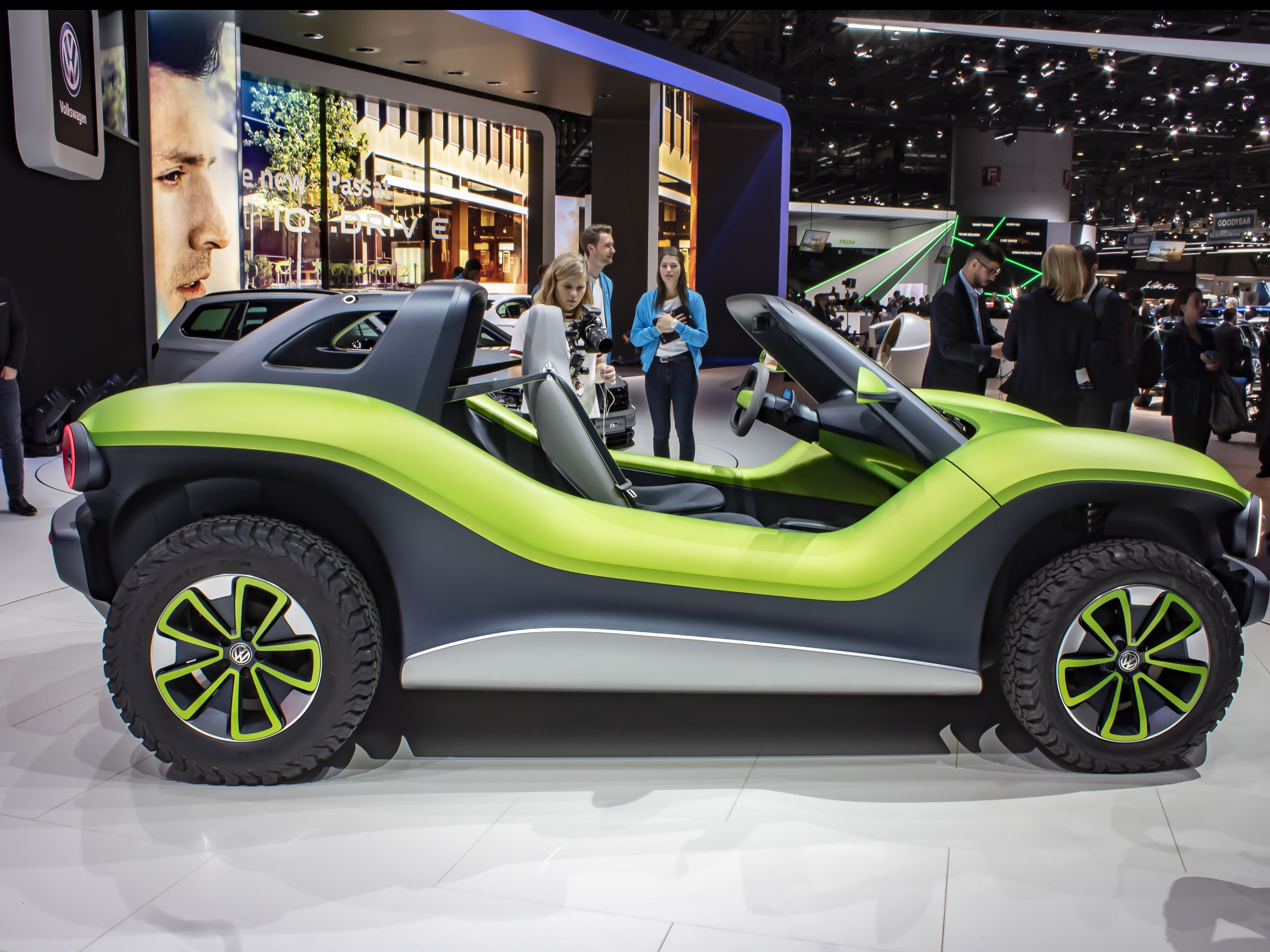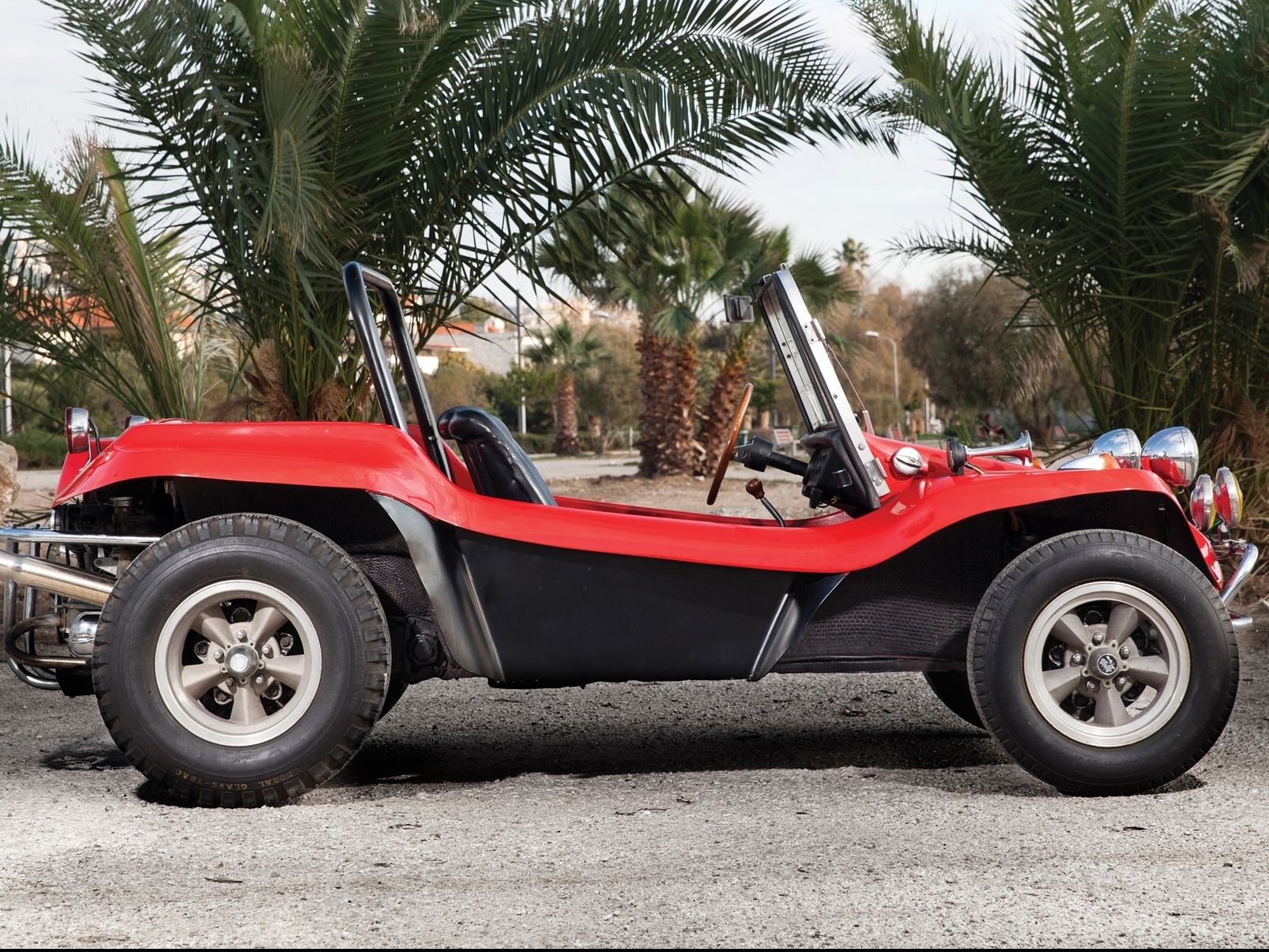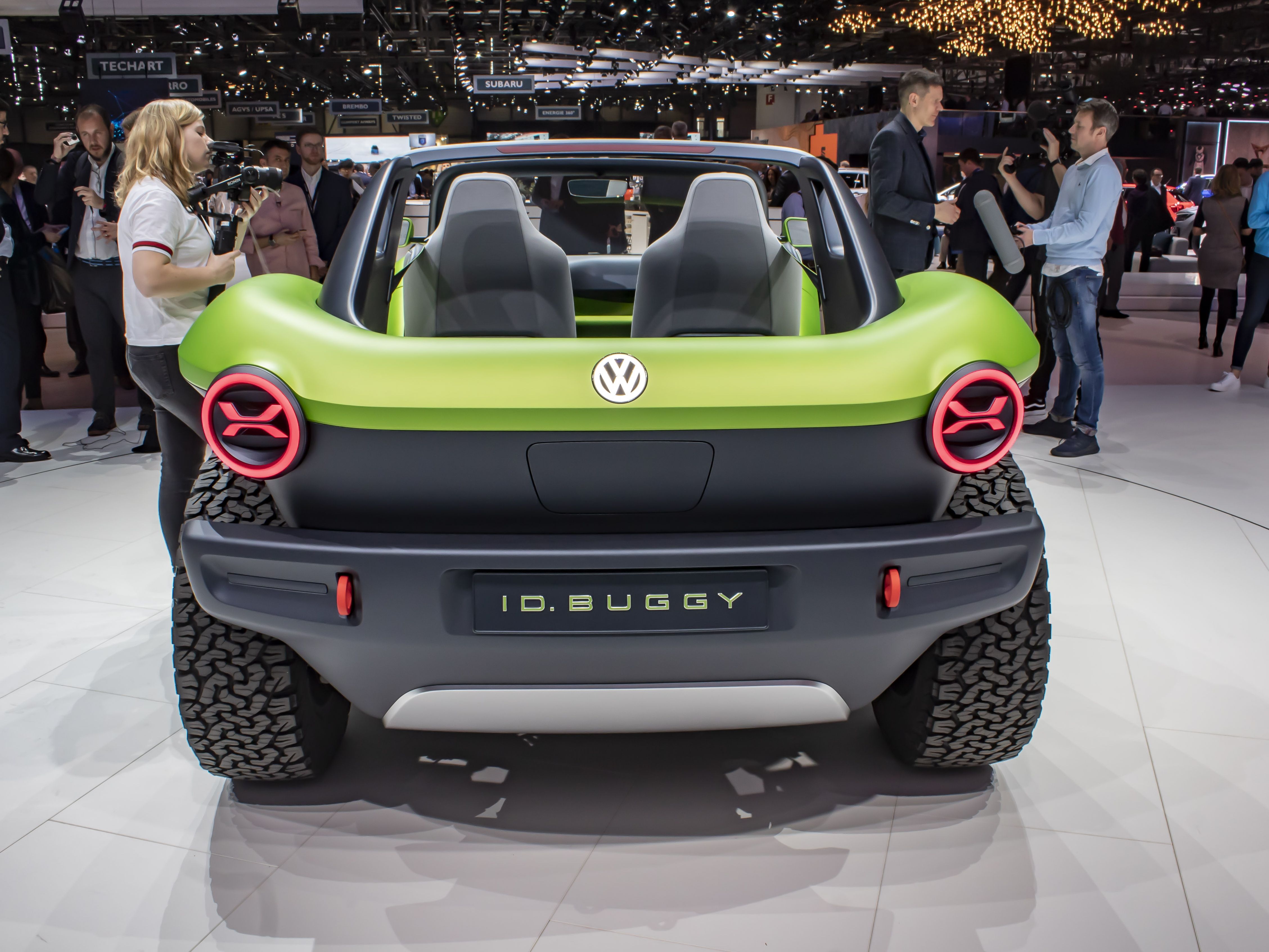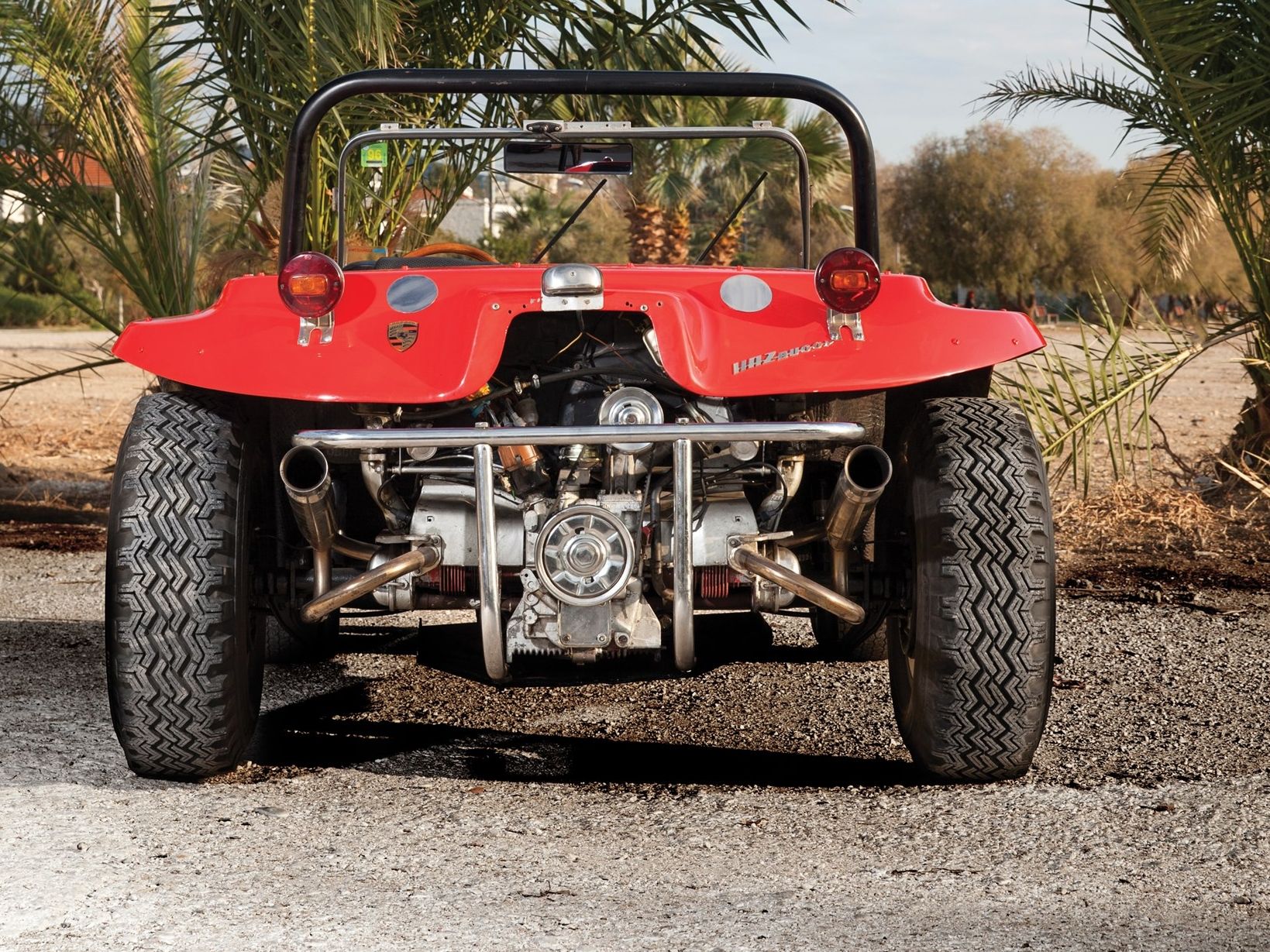The Volkswagen I.D. Buggy is a concept car that draws inspiration from the iconic dune buggies of the 1960s. A fully electric vehicle built on Volkswagen's new MEB modular platform, the I.D. Buggy is part of the company's I.D. series of vehicles that includes six concept cars as of 2019. Unlike some of its siblings though, the I.D. Buggy won't make it into production.
Having used the I.D. series to develop a modern successor to the iconic VW Bus, the German firm also created a modern interpretation of the classic dune buggy. The latter became known in the 1960s, when some privateers from California, most notably Bruce Meyers, converted rear-engined Volkswagen Beetles into roofless and doorless recreational vehicles for use on sand dunes and beaches. The I.D. Buggy pays tribute to its spiritual predecessor in both design and functionality, but it adds an electric drivetrain into the mix.
2019 Volkswagen I.D. BUGGY Concept
- Make: Array
- Model: 2019 Volkswagen I.D. BUGGY Concept
- [do not use] Vehicle Model: Array
2019 Volkswagen I.D. BUGGY Concept Exterior
|
|
ids=832861,832862 |
no_overlay=true> |
The I.D. Buggy is futuristic and retro at the same time. It's retro because it looks a lot like the original buggies of the 1960s. It has oldschool fenders that only cover the top of the wheels, it doesn't have doors and a roof, and its front and rear fascias are minimalistic. And it's somewhat futuristic because the buggy's famous styling cues were redesigned with a modern twist. The simple lines are actually stylish and backed by modern-looking bumpers and LED lights. The concept also sits a tad higher than the original dune buggies.
The front end retains the frog-eyed look of its spiritual predecessor. However, the headlamps aren't mounted atop the fenders, but at the corners of the fascia, like on most modern cars. Volkswagen retained the round headlamps design for a better connection with the original dune buggy. It doesn't have a grille for the exact same reasons, while the front hood raises dramatically toward the fenders.
|
|
ids=832857,832858 |
no_overlay=true> |
The profile screams "oldschool dune buggy." The swoopy beltline descends from the top of the front fenders to pass under the area where the doors should be and than ascends in a smoother fashion toward the rear fenders. This is where Volkswagen added a modern twist by finishing the lower section in dark blue and adding a silver element that simulates a side skirt. The two-tone paint scheme also creates a floating effect for the upper section of the body.
|
|
ids=832863,832864 |
no_overlay=true> |
The rear fascia mirrors the front end almost 100 percent. The only notable difference is the taller fascia, which results in a taller bumper and taillights placed higher compared to the beltline. The taillights are round just like the headlamps, but feature an "X" LED pattern in the center. Big rollover hoops cover the deck lid, which was carved out to make room for luggage or, according to Volkswagen, an additional pair of seats.
The I.D. Buggy rides on 18-inch wheels finished in silver and Fern Green, just like the body. They are wrapped in BF Goodrich All-Terrain off-road tires, so this concept car is ready to tackle the great outdoors. Needless to say, it's more than just a sand buggy.
All told, the I.D. Buggy is a cool revival of the dune buggy spirit when it comes to visuals.
2019 Volkswagen I.D. BUGGY Concept Interior
The original dune buggy was a no-nonsense vehicle inside the cabin. This was mostly because most cars, and especially the Beetle it was based on, has spartan interiors, but such a vehicle didn't need comfort features anyway. Volkswagen made sure the I.D. Buggy remains true to that concept with a really simple design that skips all the buttons, knobs, displays, and comfort features we find in most modern vehicles.
The dashboard is just a big piece of dark blue plastic from one side to the other. Don't bother looking for buttons and knobs as there aren't any. There is a small instrument cluster behind the steering wheel, but it only displays vital information like speed, gears, and whether the lights are on or off. The steering wheel is equally simple and includes just a couple of touch-sensitive buttons on each side of the horizontal spoke.
The Fern Green paint that trickles inside the cabin on various surfaces and the green spoke of the steering wheel contribute to the interior's vintage vibe. There's no center stack and despite this concept having an electric drivetrain, there is a center console between the seats. However, it's rather thin so it doesn't really affect legroom.
The seats are basic as well, and even though they don't have solid side bolsters, the fact that the seating surface is carved pretty deep into the seat must provide some support. Both the steering wheel and the seats are wrapped in waterproof materials, including Nappa leather and anti-slip fabric.
The concept was designed with driver and front passenger seats only, but Volkswagen says there's room for two more seats in the back. Due to limited space though, these would be smaller, so the I.D. Buggy is limited to a 2+2 layout instead of a full-blown five-seater.
2019 Volkswagen I.D. BUGGY Concept Drivetrain
Just like the I.D.-badged vehicles before it, the Buggy is an all-electric vehicle. And just like its EV cousins, it has a unique battery. The 62-kWh lithium-ion stack, for instance, is smaller than those in the I.D. Vizzion and I.D. Buzz, which feature a 111-kWh battery, or the I.D. Crozz, fitted with a 83-kWh unit. And unlike the aforementioned concepts, the Buggy has only one electric motor. Volkswagen's new MEB platform supports electric motors on both axles, but the German firm went with a rear-mounted unit only.
VW didn't explain the absence of a second motor, but it probably has something to do with the fact that the original dune buggies had rear-mounted engines. The company did mention that a second electric motor could be added to create an all-wheel-drive layout.
The single motor generates 201-horsepower. This figure confirms that the unit is shared with other I.D. concepts. A second, front-mounted motor would increase output to 302 horses, just like in the I.D. Buzz, I.D. Vizzion, and I.D. Crozz. Volkswagen estimates mileage at 155 miles per single charge. This is notably lower than other I.D. concepts and that's mostly because the battery is smaller. The I.D. Buzz, for instance, returns 270 miles per charge thanks to its 111-kWh battery, while the I.D. Vizzion is estimated to return up to 413 miles when regenerative braking is factored in.
Granted, the I.D. Buggy isn't as impressive as its siblings in this department, but it's still potent compared to most production electric vehicles on the market.
Performance-wise, the I.D. Buggy is pretty quick. The sprint to 62 mph comes in just 7.2 seconds, while top speed is electronically limited to 99 mph. Again, Volkswagen unveiled quicker I.D. concepts in the past, but the Buggy in an off-roader and not a sports car.
Conclusion
Is the I.D. Buggy a cool car? Definitely! Will it make it into production? No way! So why are we even talking about it? Well, I don't know about you, but I like buggies. They're lightweight sports cars with some off-road capability. You can't drive them in the cold season, but they're loads of fun during summer.
What's more, I like what Volkswagen is doing with the I.D. line. Not only it includes sports cars and hatchbacks, but the badge also spawned two revivals of iconic vehicles: the bus and now the buggy. And it also seems that the buggy is making a comeback, albeit in concept form only so far. Before VW launched the I.D. Buggy, Citroen came out with the E-Mehari and the C-Buggy. An all-electric buggy wouldn't make much sense financially for a company like Volkswagen, but it's a cool thing to have in concept form and proves that the new MEB platform is universal. And that's exactly what I want to see from a company that promises tens of electric vehicles over the next few years.
Further reading
Read our full review of the 1969 HAZ Buggy.
Read our full review of the 2011 Volkswagen Study Buggy Up!.
Read our full review on the 2018 Volkswagen I.D. Vizzion Concept.
Read our full review on the 2017 Volkswagen I.D. Buzz.
Read our full review on the 2017 Volkswagen I.D. Crozz II

